The Banking Cabal
How Bankers Shaped the World Bank and the Global Financial Order
In the wake of World War II, the global landscape was in turmoil, requiring substantial rebuilding efforts and new economic strategies. The establishment of The World Bank in 1944, often presented as a beacon of hope for reconstruction and development, has a more complex and controversial history. The institution was born from the Bretton Woods Conference.

The Bretton Woods Conference brought together 730 delegates from 44 allied nations at the Mount Washington Hotel in Bretton Woods, New Hampshire, United States. The conference aimed to establish regulations for the international monetary and financial system in the aftermath of World War II. It was ostensibly gathered to ensure post-war economic stability. However, beneath the surface, there were intricate webs of influence involving powerful corporations and financial institutions whose roles in the war and its aftermath warrant scrutiny.
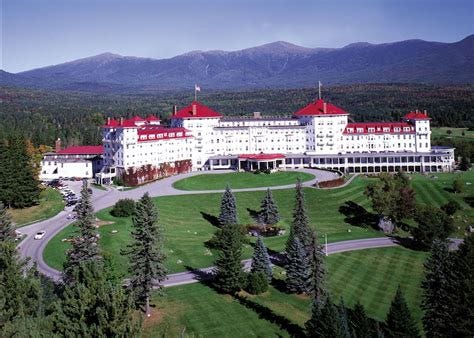
Prominent figures like British economist John Maynard Keynes and American Treasury Secretary Henry Morgenthau Jr. are frequently credited with shaping The World Bank.
Yet, the involvement of influential banking families and corporate interests in both the war's funding and the formation of post-war institutions raises critical questions. These entities, with their deep financial stakes, appear to have played significant roles in the orchestration and outcomes of the war, including the tragic events of the Holocaust.
The narrative of The World Bank's creation is interwoven with the activities of these powerful players. Their influence extended beyond mere economic recovery, potentially aligning with broader agendas that shaped global policies and financial systems. This perspective challenges the conventional view of The World Bank as a purely benevolent force, suggesting a need to reexamine the motivations and actions of those involved in its inception.
Exploring the origins of The World Bank requires confronting these unsettling connections. By addressing the less-discussed aspects of its history, we can better understand the complex forces at play and the true impact of this influential institution on the global stage.
While it is often heralded as a pivotal moment for establishing a new framework for international economic cooperation and rebuilding the post-war world, the true nature of the conference and its underlying motives are more complex and contentious.
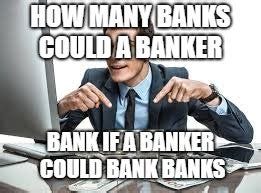
Ostensibly, the Bretton Woods Conference aimed to create a system that would promote economic “stability” and prevent the kind of financial turmoil that contributed to the Great Depression and the ensuing global conflict. Delegates from 44 allied nations came together to design institutions that would regulate the international monetary and financial order, resulting in the creation of the International Monetary Fund (IMF), International Bank for Reconstruction and Development (IBRD, later part of the World Bank group), and the Bretton Woods system for international commercial and financial relations.
The deeper agenda behind the conference was driven by powerful financial and corporate interests. These entities, many of which had profited immensely during the war, sought to establish a system that would ensure their continued dominance in the global economy. The conference was, in many ways, a strategic move to secure their financial interests and to shape a new world order that favored the economic elite.
Key figures such as John Maynard Keynes and Harry Dexter White, who represented the United Kingdom and the United States respectively, played central roles in the negotiations.
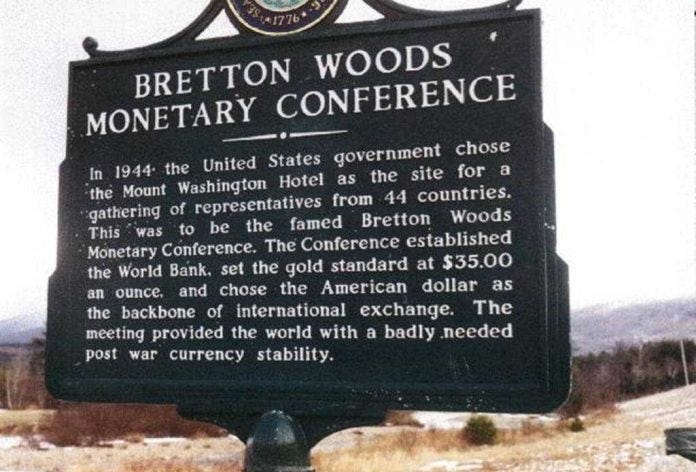
Yet, behind them were influential banking families and corporate entities whose goals were not merely about economic recovery but about cementing their control over global financial systems.
The Bretton Woods Conference thus stands as a landmark event not just for its outcomes, but for the power dynamics and hidden agendas that influenced its proceedings.
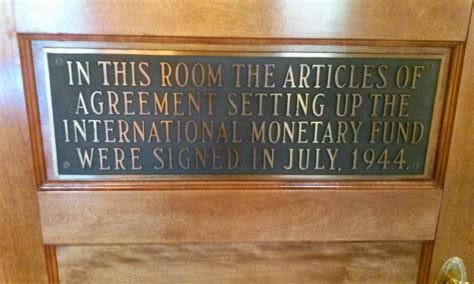
Understanding the real motives and interests at play provides a more nuanced view of how global economic policies were shaped in the aftermath of World War II, revealing the intricate connections between war, finance, and international governance.
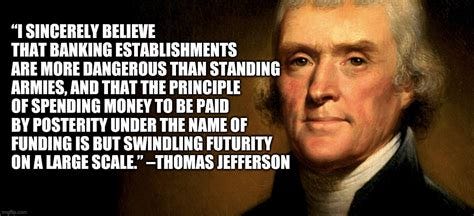
The Bretton Woods System was an international monetary arrangement established in 1944 that pegged major currencies to the U.S. dollar, which in turn was convertible to gold, aiming to ensure stable exchange rates and promote global economic stability. However, it faced criticism for its reliance on the U.S. dollar as the primary reserve currency, leading to imbalances and contributing to its eventual collapse.
In 1971, President Richard Nixon suspended the dollar's convertibility into gold, a decision driven by mounting trade deficits, inflation, and the strain of financing the Vietnam War, which exposed the system's vulnerabilities. Although the Bretton Woods System itself is no longer in operation, the institutions created during the conference, such as the International Monetary Fund (IMF) and the World Bank, continue to play significant roles in global economic governance and development.

The World Bank, originally established in 1944, has undergone significant changes and expansions since its inception. The key institutions involved with The World Bank and their name changes over the years are as follows:
1. International Bank for Reconstruction and Development (IBRD)
Original Name: International Bank for Reconstruction and Development (IBRD)
Current Name: International Bank for Reconstruction and Development (IBRD) - remains unchanged.
Role and Activities Post-WWII: The IBRD was established to provide loans and financial assistance for the reconstruction of war-torn Europe and for the development of other nations. In its early years, the IBRD focused on funding infrastructure projects, such as roads, schools, and hospitals, to stimulate economic recovery and development in member countries.
2. International Monetary Fund (IMF)
Original Name: International Monetary Fund (IMF) - name unchanged.
Role and Activities Post-WWII: The IMF was created alongside the IBRD to ensure global monetary stability and provide financial support to countries facing balance of payments problems. Initially, the IMF's role involved stabilizing exchange rates and facilitating international trade by providing short-term financial assistance to member countries in need.
3. International Finance Corporation (IFC)
Original Name: International Finance Corporation (IFC) - name unchanged.
Role and Activities Post-WWII: Established in 1956, the IFC was created to promote private sector development in developing countries by providing investment and advisory services to businesses. It aimed to support economic growth by fostering private enterprise and facilitating foreign investment.
4. International Development Association (IDA)
Original Name: International Development Association (IDA) - name unchanged.
Role and Activities Post-WWII: Created in 1960, the IDA was established to provide concessional loans and grants to the world’s poorest countries, where traditional lending might not be feasible. The IDA aimed to reduce poverty and support economic development in low-income nations through financial and technical assistance.
5. Multilateral Investment Guarantee Agency (MIGA)
Original Name: Multilateral Investment Guarantee Agency (MIGA) - name unchanged.
Role and Activities Post-WWII: MIGA was established in 1988 to encourage foreign investment in developing countries by providing political risk insurance and credit enhancement to investors and lenders. Its goal was to promote economic development by mitigating investment risks.

6. International Centre for Settlement of Investment Disputes (ICSID)
Original Name: International Centre for Settlement of Investment Disputes (ICSID) - name unchanged.
Role and Activities Post-WWII: Established in 1966, ICSID was created to provide facilities for the arbitration and conciliation of investment disputes between governments and foreign investors. It aimed to foster a stable investment climate by resolving conflicts and ensuring fair treatment for investors.
Early Years After WWII
In the immediate post-war years, The World Bank and its affiliated institutions focused on several key areas:
Reconstruction Efforts: The IBRD provided loans to help rebuild war-torn infrastructure in Europe and other regions. This included funding projects in transportation, energy, and social services to support recovery and development.
Economic Stabilization: The IMF played a crucial role in stabilizing global currencies and facilitating trade by providing financial support to countries facing balance of payments issues. Its efforts were essential in preventing economic crises and fostering international economic cooperation.
Private Sector Development: The IFC began its operations to stimulate private investment in developing countries, aiming to enhance economic growth through support for businesses and infrastructure projects.
Poverty Alleviation: The IDA focused on addressing poverty and supporting development in the poorest countries by offering concessional financing and technical assistance.
Investment Protection: MIGA and ICSID were later established to enhance investment climates by providing risk insurance and resolving disputes, contributing to a more secure environment for international investments.
Overall, these institutions purportedly worked together to support global economic recovery, promote development, and stabilize the international financial system in the years following World War II.
The World Bank’s establishment and its alignment with the goals of the United Nations (UN) reflect broader aspirations for global economic stability and cooperation following World War II.
Here’s how The World Bank fit into the UN's goals and the reasons for its headquarters location, along with information about its branches:
Alignment with United Nations Goals
Global Cooperation and Peace: The UN was founded in 1945 with the primary goal of promoting international peace and security. The creation of The World Bank was part of a broader effort to ensure global economic stability and prevent the conditions that could lead to future conflicts. By providing financial support for reconstruction and development, The World Bank aimed to address the economic disparities that could contribute to unrest.
Economic Development and Poverty Reduction: The UN’s charter includes goals related to economic development and improving living standards worldwide. The World Bank’s mission to support reconstruction and development, especially through institutions like the International Development Association (IDA), directly supports these UN goals by targeting poverty reduction and fostering economic growth in developing countries.
International Collaboration: Both the UN and The World Bank represent the collective effort of member countries to address global challenges through collaboration. The World Bank’s establishment was part of the Bretton Woods system, which aimed to create a cooperative international monetary system. The UN and The World Bank work together to address global issues through their respective mandates.
Headquarters in Washington, D.C.

Strategic Location: The decision to locate The World Bank’s headquarters in Washington, D.C., was influenced by the significant role the “United States” played in post-war economic reconstruction and its leading position in global finance. The U.S. was a key architect of the Bretton Woods system and a major contributor to the initial capital of The World Bank.
Political and Economic Influence: Washington, D.C., as the capital of the United States, was a strategic choice given the country’s political and economic influence at the time. The U.S. was seen as a central player in shaping the new international economic order, and having the headquarters in the capital highlighted this role.
Branches and Offices
While The World Bank has a central headquarters in Washington, D.C., it operates through a network of branches and offices worldwide to carry out its mission effectively:
Regional Offices: The World Bank has regional offices that focus on specific geographic areas. These offices coordinate regional projects and provide support tailored to local needs. Key regional offices include:
Africa: Offices in cities like Addis Ababa (Ethiopia) and Nairobi (Kenya).
Asia: Offices in cities like New Delhi (India) and Jakarta (Indonesia).
Europe and Central Asia: Offices in cities like Istanbul (Turkey) and Moscow (Russia).
Latin America and the Caribbean: Offices in cities like Lima (Peru) and Rio de Janeiro (Brazil).
Middle East and North Africa: Offices in cities like Cairo (Egypt) and Beirut (Lebanon).
Country Offices: The World Bank also maintains country offices in many member nations. These offices work closely with national governments and local organizations to implement projects and provide financial assistance tailored to specific countries’ needs.
Specialized Centers: In addition to regional and country offices, The World Bank has specialized centers focused on particular issues, such as the World Bank Institute (WBI) for knowledge and capacity building, and the Development Economics Vice Presidency (DEC) for economic research and analysis.
The World Bank’s global presence through its offices and branches helps it effectively address development “challenges”, “implement” projects, and “support” member countries in achieving economic stability and growth.

Member Countries at the Bretton Woods Conference
The Bretton Woods Conference in 1944 was attended by representatives from 44 allied nations.
These countries, all of whom were part of the Allied forces in World War II, played a role in shaping the new international economic order. The participating countries included:
United States
United Kingdom
France
China
Soviet Union
Australia
Belgium
Brazil
Canada
Chile
Czechoslovakia
Denmark
Egypt
Greece
India
Iran
Iraq
Lebanon
Luxembourg
Mexico
Netherlands
New Zealand
Norway
Panama
Peru
Poland
Saudi Arabia
South Africa
Syria
Turkey
Uruguay
Yugoslavia
Citizen Awareness and Influence
Awareness and Public Information:
Limited Awareness: During and immediately after World War II, the general public had limited awareness of the specifics of the Bretton Woods Conference or the establishment of The World Bank and the IMF. Media coverage was sparse compared to today’s standards, and the complexities of international finance were not widely communicated to the public.
Government Communication: While there were official announcements and some public information about the conference and the creation of these institutions, detailed discussions about their implications and operations were largely confined to policymakers and financial experts.
Citizen Influence:
Indirect Influence: Citizens did not have direct input into the decisions made at Bretton Woods. The conference was a high-level meeting of government representatives and financial experts, and the public’s role was indirect, mediated through their elected officials.
Representation Through Governments: In democratic countries, the policies and international agreements endorsed by their governments reflected, to some degree, the will of the people. However, the specific negotiations and decisions at Bretton Woods were not subject to direct public participation or scrutiny.
Public Understanding of Impact:
Limited Knowledge: Many citizens remain unaware of the full impact of The World Bank on global economic systems and development policies. The institution’s significant influence on international finance, economic development, and poverty alleviation has not always been thoroughly understood or discussed in the public domain.
Evolving Awareness: Over time, as The World Bank and its policies have increasingly influenced global economics, there has been growing awareness of its role. However, comprehensive understanding of its historical context, decision-making processes, and long-term impacts is still not widespread among the general public.
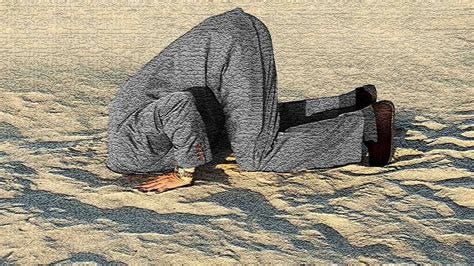
Image from YouTube.com
While The World Bank was a pivotal institution established during the Bretton Woods Conference, the general public’s understanding of its full impact and the nuances of its formation remains limited. The decisions made at the conference were largely the domain of government officials and financial experts, with indirect influence from citizens and evolving public awareness over time.

Early Projects of The World Bank
In its initial years following World War II, The World Bank focused on a range of reconstruction and development projects to help rebuild war-torn Europe and foster economic growth in developing nations. Here are some of its first notable projects:
European Reconstruction:
Example: The first loan granted by The World Bank was to France in 1947 for the reconstruction of its devastated economy. This project was aimed at rebuilding infrastructure and supporting economic recovery in a country heavily impacted by the war.
Infrastructure Development:
Example: The World Bank provided funding for infrastructure projects such as roads, railways, and power plants. One of the early projects included financing a highway project in Colombia, which aimed to improve transportation and support economic development in the region.
Health and Education:
Example: The World Bank also supported projects in health and education, reflecting its commitment to improving living standards and human capital. Initial projects included funding for educational facilities and health infrastructure in various countries.
Funding Mechanisms
The World Bank’s initial funding came from several sources:
Capital Contributions:
Initial Capital: The World Bank was initially capitalized by contributions from its member countries. Each member was required to provide a certain amount of capital, which was used to finance its projects. The United States, as the largest contributor, played a significant role in the Bank’s initial capitalization.
Borrowing:
International Bonds: The World Bank raised additional funds by issuing bonds on the international capital markets. These bonds were sold to investors, providing the Bank with the necessary capital to fund its projects. The Bank’s strong credit rating, bolstered by the contributions of its member countries, helped it secure favorable borrowing terms.
Reinvestment:
Loan Repayments: As countries repaid their loans, The World Bank reinvested these funds into new “projects”. This cyclical process allowed the Bank to continue financing development initiatives over time.
The Federal Reserve: The Banking Elites Behind Its Creation and Controversial Influence
The Federal Reserve, established in 1913 by the Federal Reserve Act, is the central banking system of the United States.
It was created to supposedly provide the country with a stable monetary and financial system, but it operates as a private institution with public oversight, often serving the interests of elite financial entities rather than the general public.
The Federal Reserve was established with significant influence from several major private banks and financial institutions including a few like:
J.P. Morgan & Co. (J.P. Morgan Chase)
Connection: The Morgan family has historically been linked with the Rothschilds through various banking alliances and partnerships. The Morgans and Rockefellers have collaborated extensively, solidifying their collective influence over U.S. economic policy.

Come again? Yes. That is correct. https://www.cbsnews.com/news/ship-seized-in-1-3-billion-cocaine-bust-is-owned-by-jp-morgan-chase/
National City Bank of New York (Citibank)
Connection: Citibank has had business dealings with the Rothschild banking empire and has been associated with the Rockefellers through various financial ventures and advisory roles. George Soros operates within the same high-finance circles and has collaborated with these families on various economic initiatives.
Kuhn, Loeb & Co.
Connection: This firm had strong ties to the Rothschild family. Senior partners, such as Jacob Schiff, were known for their alliances with both the Rothschilds and Rockefellers, influencing U.S. financial policies and supporting the creation of the Federal Reserve.
Lehman Brothers
Connection: Lehman Brothers had indirect connections with the Rothschilds through mutual business interests and financial collaborations. The Rockefellers’ influence in high finance also intersected with Lehman Brothers’ operations.
Goldman Sachs
Connection: Goldman Sachs has historical ties to both the Rothschilds and Rockefellers through partnerships, investments, and advisory roles. George Soros has worked with Goldman Sachs on various financial initiatives, reflecting their intertwined relationships within global finance.
Continental and Commercial Bank of Chicago
Connection: This bank had connections with both the Rothschilds and Rockefellers through various business dealings and financial collaborations, influencing the policies that led to the establishment of the Federal Reserve.
These and other financial entities and their elite connections have historically manipulated governments and economies to further their own agendas, often at the expense of public welfare.
Their involvement in the Federal Reserve has led to persistent criticisms of the institution as serving private interests over public good.

The Sinking of the Titanic: A Conspiracy?
A controversial theory suggests that the Titanic was deliberately sunk to eliminate wealthy individuals who opposed the creation of the Federal Reserve. Notable figures such as John Jacob Astor IV, Benjamin Guggenheim, and Isa Straus, who were opposed to the establishment of a central banking system, perished in the disaster. Proponents of this theory argue that the sinking cleared the way for the Federal Reserve’s creation, allowing the banking elites to consolidate their control over the U.S. financial system.

The Federal Reserve and War Bonds: Profiting from Conflict
During both World War I and World War II, war bonds were a significant financial instrument used by the U.S. government to raise funds for the war efforts. These bonds were essentially loans from citizens to the government, which promised to pay back the amount with interest after a certain period. The Federal Reserve and the major financial institutions connected to it played pivotal roles in the promotion and sale of these bonds.
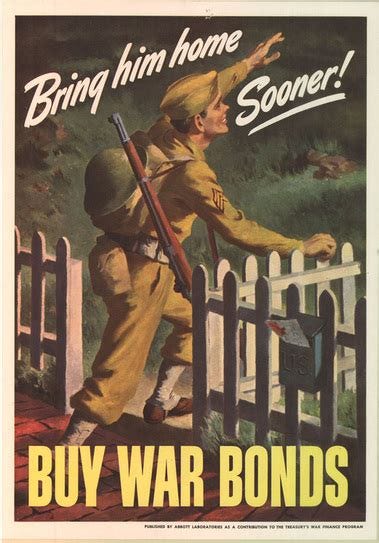
How the Institutions Benefited:
Promotion and Sale of War Bonds:
The Federal Reserve and its member banks were instrumental in the distribution and sale of war bonds. They managed the logistics, marketing campaigns, and public outreach to ensure widespread purchase of these bonds. By facilitating these sales, they earned fees and commissions, directly profiting from the transactions.
Increased Influence and Power:
Managing the war bond program increased the influence and power of the Federal Reserve and the banks involved. Their central role in the war effort solidified their importance in the financial system, giving them greater leverage over U.S. monetary policy and economic planning.
Interest Payments and Financial Gains:
The bonds promised interest payments to investors. The Federal Reserve's policies, including setting interest rates, impacted the returns on these bonds. Banks and financial institutions holding significant amounts of war bonds profited from these interest payments.
Strengthening Government Ties:
By aiding the government in raising funds, these institutions strengthened their ties with policymakers. This relationship allowed them to influence post-war economic policies and decisions that would favor their interests.
Economic Stability and Growth:
The war effort and the sale of war bonds stimulated economic activity, leading to growth in various sectors. Banks and financial institutions benefited from this growth through increased deposits, loans, and financial services.
Profits from War Bonds
The financial institutions, including those connected to the Federal Reserve, profited significantly from their involvement in the war bond programs. Their central role in managing and selling the bonds not only earned them direct financial rewards but also enhanced their influence over the U.S. and global economies. These profits and the increased power they garnered have led to ongoing criticism and scrutiny regarding their motives and the true beneficiaries of their actions during these critical periods in history.
Influence and Impact
While the World Bank supposedly did not directly sell or profit from war bonds, the interconnectedness of global financial institutions ensured that the benefits of the war bond programs were felt across the board. The capital raised and the economic stability achieved through these bonds created a fertile ground for the World Bank's operations. Additionally, the involvement of major financial players in both the war bond programs and the establishment of the World Bank highlighted the continuity of influence and control exercised by these institutions.
Global Influence and Controversy
The Federal Reserve’s influence extends globally through its connections with international financial institutions like the United Nations and the World Bank. These entities promote economic policies that often align with the interests of elite financial networks. Curiously, the first President of the World Bank, Eugene Meyer, was also connected to the Federal Reserve, underscoring the interconnectedness of these powerful institutions. The creation and ongoing operations of the Federal Reserve have been marked by secrecy and controversy, with critics arguing that it undermines democratic governance and prioritizes the agendas of private bankers over those of the general public.
Selection of the World Bank President
The President of the World Bank Group is the head of the organization, responsible for overseeing the meetings of the boards of directors and managing the overall operations of the World Bank Group. The selection process typically begins with the President of the United States nominating a candidate, who is then reviewed by the U.S. administration to ensure they meet the necessary qualifications and align with U.S. economic and foreign policy goals. Once nominated, the candidate is presented to the World Bank's Board of Executive Directors for confirmation. The nominee must be approved by the Board to serve a five-year term, which can be renewed. Traditionally, this position has always been filled by an American citizen, reflecting the significant influence the United States holds as the Bank's largest shareholder. This practice has led to calls for a more transparent and inclusive selection process that considers candidates from a broader range of member countries.
Eugene Meyer: First President of The World Bank (Term at the World Bank June 18, 1946 – December 18, 1946)
Background and Appointment
Background:
Eugene Meyer (October 31, 1875 – July 17, 1959) was an American financier and government official with a background in banking and public service. Before becoming the President of The World Bank, Meyer had a distinguished career as a banker and public servant. He served as the chairman of the Federal Reserve Board from 1930 to 1933 and was known for his expertise in finance and economic policy. Eugene Meyer and Harry S. Truman had a close working relationship, with Meyer’s extensive experience and reputation in finance leading to his nomination as the first President of the World Bank in 1946. Their connection was strengthened by Meyer’s prior roles as Chairman of the Federal Reserve Board and a member of the Federal Reserve Board, which aligned with Truman’s post-war economic strategies and goals.
He also bought the Washington Post. He acquired the newspaper at a bankruptcy auction in 1933. Meyer, who had previously served as the 5th Chairman of the Federal Reserve, bought the Washington Post for $825,000. Under his ownership and later his family's stewardship, the Washington Post grew in prominence and became one of the leading newspapers in the United States.

Image from https://ebrary.net/14934/economics/president
Appointment:
Selection Process: Eugene Meyer was appointed as the first President of The World Bank in 1946. His appointment was influenced by his extensive experience in finance and his role in shaping U.S. economic policy during the Great Depression. Meyer was supposedly chosen for his strong leadership skills and his ability to navigate the complexities of international finance.
Role and Contributions:
As the first President, Meyer played a crucial role in establishing The World Bank’s operational framework and initiating its early projects. His leadership helped set the stage for the Bank’s development and its role in global economic reconstruction.
John J. McCloy: The Second President of the World Bank (Term at the World Bank March 17, 1947 – June 30, 1949)
John J. McCloy (March 31, 1895 – March 11, 1989), who served as the second President of the World Bank from 1947 to 1949, was a figure of considerable influence whose career was marked by both achievements and controversies.
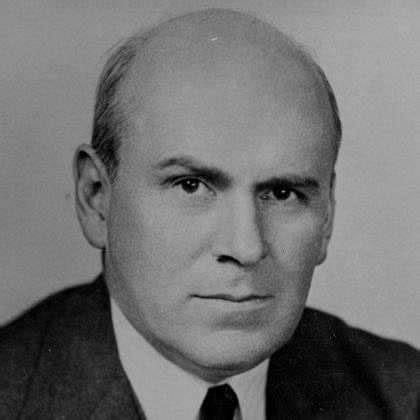
John J. McCloy: A few Key Roles and Positions Timeline to Keep in Mind
1939: Joined the Council on Foreign Relations (CFR).
1941-1945: Served as Assistant Secretary of War.
1947-1949: President of the World Bank.
1949-1952: U.S. High Commissioner for Germany.
1953-1960: Chairman of Chase Manhattan Bank.
1953-1970: Chairman of the CFR's Board of Directors.
1958-1960: Chairman of the Ford Foundation.
1970: Became Honorary Chairman of the CFR.
Early Career and Legal Background
John J. McCloy’s early career saw him enrolled at Harvard Law School in 1916, where his academic performance was average. His experience at the Plattsburg Preparedness camps profoundly influenced him, and he joined the U.S. Army in May 1917, quickly rising to the rank of second lieutenant in the Artillery. He served in France with the American Expeditionary Forces, seeing combat during the Meuse–Argonne offensive. After the war, he was stationed at General Headquarters in Chaumont and Trier, Germany, before returning to the U.S. in 1919 to complete his LL.B. at Harvard.

Hebegan his legal career after returning from military service in 1919, joining the firm Cadwalader, Wickersham & Taft. He gained prominence as a name partner at the prestigious New York law firm Milbank, Tweed, Hadley & McCloy from 1945 to 1947 and then continued as a general partner for 27 years, until his death in 1989. During this period, he maintained strong ties to the Rockefeller family, serving as a trustee of the Rockefeller Foundation from 1946 to 1949 and as chairman of the Ford Foundation from 1958 to 1965.
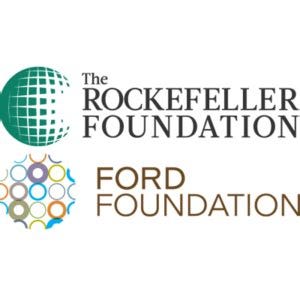
Involvement in the Council on Foreign Relations
John McCloy was deeply embedded in the Council on Foreign Relations (CFR), an organization founded in 1921 that has often been criticized for its significant, behind-the-scenes influence on U.S. foreign policy. McCloy was actively involved with the CFR from the 1940s through the 1970s, during which he played a key role in shaping the organization's direction and influence. The CFR is known for its exclusive membership, comprising “elites” from business, politics, and academia, who meet to steer American international affairs in ways that often benefit globalist agendas. McCloy’s participation in the CFR placed him at the heart of this powerful group, allowing him to contribute to decisions that impacted global policies. His involvement highlights his deep connections to the shadowy networks accused of driving U.S. foreign policy without transparency or accountability to the public.
In recognition of his long-standing influence, the CFR established the John J. McCloy Program on International Relations, created in 1985, funds activities at the CFR focused on areas of deep interest to McCloy. This program includes the John J. McCloy Roundtable on Setting the National Security Agenda, a series launched in 1996 that aims to identify and highlight emerging national security issues deserving further exploration by the CFR.
McCloy gained prominence for reopening a case against Germany for the Black Tom explosion—a supposed sabotage attack that had severely disrupted Allied munitions supplies.
During the 1930s, he also advised major German corporations, including I.G. Farben, a chemical giant that later produced Zyklon B gas used in Nazi extermination camps. McCloy’s involvement with I.G. Farben and other German firms during this period highlighted his deep entanglement in complex legal and corporate issues linked to Nazi Germany.
Military Service
During World War II, McCloy held the position of Assistant to the Secretary of War, Robert P. Patterson. His involvement in the internment of Japanese-Americans remains a dark and controversial aspect of his legacy, as this policy is now widely condemned as a severe injustice.
The Origins and Development of the U.S. Biological Weapons Program in the 1940s
In the early 1940s, the United States began developing a significant biological weapons (BW) program due to intelligence suggesting that Germany had its own BW initiative. This intelligence was later proven incorrect after World War II ended. The U.S. BW program included both offensive and defensive components from the outset, with Secretary of War Henry Stimson advocating that a strong defense required the capability to retaliate in kind.
Initially, the BW program was managed by the War Research Service (WRS), a committee linked to the Federal Security Agency. George Merck, president of the pharmaceutical company Merck & Co., was appointed to lead the WRS, overseeing the entire program. In January 1944, the WRS was disbanded, and the Chemical Warfare Service (CWS) assumed control of all BW-related research and production, while the Army Surgeon General was tasked with defensive measures.
A memo to the Secretary of War in September 1945 highlighted the program's supposed biological achievements, including the mass production of pathogens like Bacillus anthracis (anthrax) and Brucella melitensis (brucellosis) at pilot plants, the development and field testing of a new cluster bomb, and the construction of facilities for large-scale production of various pathogens (more like chemical weapons that they don’t like to talk about), including anti-crop agents. Most BW-related research and development occurred at Camp (later Fort) Detrick in Maryland, under George Merck's leadership.
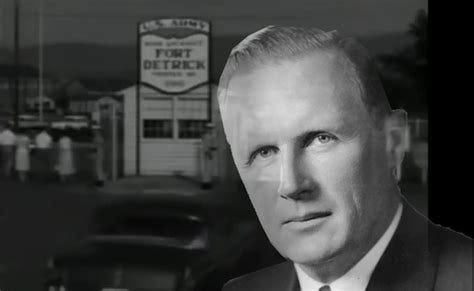
Whatever weapons that were made at Detrick were sent to Dugway Proving Grounds in Utah for open-air testing. Biological weapons that were successfully tested and proven effective, such as bomblets, bombs, and spray systems, were mass-produced at manufacturing plants located at the Pine Bluff Arsenal in Arkansas. The U.S. invested over $40 million in these facilities and equipment between 1942 and March 1945. By the war's end, around 4,000 people were involved in the program.
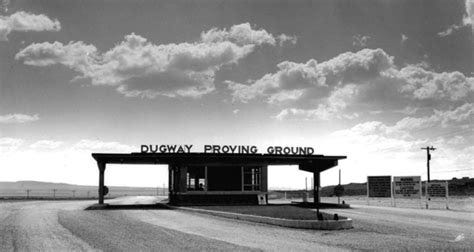
Establishing a Wartime Security Structure
An indefatigable committee member, John McCloy played a pivotal role during the war by participating in government task forces that constructed the Pentagon and established the Office of Strategic Services, the precursor to the Central Intelligence Agency. He also proposed the creation of both the United Nations and the war crimes tribunals. Additionally, he chaired the forerunner to the National Security Council.

Architect of American Intelligence Operations
John McCloy, a pivotal figure in American intelligence, played a crucial role in the development of the Office of Strategic Services (OSS), which later evolved into several key agencies, including the Central Intelligence Agency (CIA), the National Security Agency (NSA), and the Defense Intelligence Agency (DIA).

In the early 1940s, Secretary of War Henry Stimson tasked McCloy with resolving the political tensions within the pre-war intelligence community, plagued by infighting and jurisdictional disputes among the Army, Navy, and FBI director J. Edgar Hoover. To address this, McCloy collaborated with William "Wild Bill" Donovan to create the OSS, a new intelligence program designed to merge and streamline these efforts, modeled after British intelligence agencies.

McCloy’s advocacy was instrumental in the establishment of the OSS. As an influential lawyer and later the Assistant Secretary of War during World War II, he was a strong proponent for a centralized intelligence agency to coordinate espionage and covert operations. His influential position within the War Department allowed him to push for this initiative, ensuring that the United States had a robust intelligence apparatus to combat perceived global “threats”.

The OSS was short-lived. On September 20, 1945, President Truman signed Executive Order 9621, terminating the OSS. Due to an administrative error, the agency had only ten days to close. The State Department took over the Research and Analysis Branch, which became the Bureau of Intelligence and Research. The War Department took over the Secret Intelligence and Counter-Espionage Branches, housing them in the new Strategic Services Unit (SSU). Brigadier General John Magruder, formerly Donovan's Deputy Director for Intelligence, became the SSU director, overseeing the liquidation of the OSS and preserving its clandestine intelligence capabilities. This centralization of war intelligence served as a blueprint for the establishment of the Central Intelligence Agency under the National Security Act of 1947.
In January 1946, President Truman created the Central Intelligence Group (CIG), the direct precursor to the CIA. SSU assets were transferred to the CIG in mid-1946 and reconstituted as the Office of Special Operations (OSO). The National Security Act of 1947 established the CIA, which then took up some OSS functions. The direct descendant of the paramilitary component of the OSS is the CIA Special Activities Division. Today, the joint-branch United States Special Operations Command, founded in 1987, uses the same spearhead design on its insignia as homage to its indirect lineage. The Defense Intelligence Agency currently manages the OSS' mandate to provide strategic military intelligence to the Joint Chiefs of Staff and the Secretary of Defense and to coordinate human espionage activities across the United States Armed Forces through the Defense Clandestine Service.
Beyond his role in the OSS and the creation of the CIA, McCloy was influential in the broader context of American intelligence and national security. His contributions laid the groundwork for various clandestine projects that emerged in the intelligence community. While there is no direct evidence (that they haven’t destroyed or hidden) linking McCloy to specific programs like MKUltra, MKNaomi, or the Tuskegee Experiment, his influence and foundational work in establishing the intelligence infrastructure made these controversial projects possible.
MKUltra, which began in the early 1950s, involved mind control and behavioral modification experiments, often conducted without the consent or knowledge of the subjects. MKNaomi, one of at least 149 MK Ultra subprojects, a project associated with biological warfare, similarly operated in secrecy. The Tuskegee Experiment, which ran from 1932 to 1972, saw the unethical treatment of African American men in supposed syphilis studies, without their informed consent. The true extent of what was done to those individuals remains uncertain.
Numerous unethical studies were conducted during this period, many of which appeared to be linked to developing various chemical weapons. Interestingly, antibiotics were introduced around the same time and hailed as revolutionary treatments. However, one might question whether they could have been derived from the many unethical experiments conducted during this era. And are they really good?


McCloy was one of a select group of Franklin D. Roosevelt's trusted advisers who were privy to the Manhattan Project, the top-secret initiative to develop the atomic bomb during World War II. This position placed him at the heart of critical wartime decisions and technological advancements, further solidifying his influence on American intelligence and defense strategies.
Post-War Roles in Germany
Following the end of World War II, McCloy played a pivotal role in the Allied occupation of Germany. He was appointed as the U.S. High Commissioner for Germany, a position he held from 1949 to 1952. As High Commissioner, McCloy was responsible for overseeing the economic and political reconstruction of Germany. He was instrumental in shaping the new democratic framework of West Germany and played a key role in the implementation of policies aimed at stabilizing the German economy and integrating Germany into the Western bloc. His influence in Germany extended to promoting economic recovery and managing the transition from military occupation to civilian rule.
As U.S. High Commissioner for Germany from September 1949 to August 1952, McCloy also granted pardons to prominent Nazi war criminals, including industrialists Friedrich Flick and Alfried Krupp, who had their confiscated property restored. He also commuted the sentences of Martin Sandberger, an SS/SD commander involved in the extermination of Jews, communists, Roma, and the mentally ill, as well as three high-ranking Nazis responsible for the murder of 84 American POWs. Could McCloy have been involved in recruiting the Nazi scientists involved in Operation Paperclip? His curriculum vitae suggests that it’s likely, but given the secrecy surrounding these operations and the lack of accessible documentation, we might never be certain.

Nomination to the World Bank Presidency
In 1947, President Harry S. Truman nominated McCloy to become President of the World Bank. Truman’s decision was influenced by McCloy’s extensive experience in finance, law, and his elite connections. McCloy’s nomination was a reflection of his high standing in influential circles, although his background also raised concerns among some critics.

Presidency at the World Bank
During his presidency, McCloy contributed to the early development of the World Bank. His tenure was characterized by efforts to establish the institution's framework and policies, leveraging his financial and legal expertise. However, his role also emphasized the significant influence of elite networks in shaping international finance.
Political Involvement
President Dwight D. Eisenhower considered McCloy for the Chief Justice position in 1953, but his close ties to big business and financial elites led to his non-appointment.
The Salk Institute and John McCloy's Role
Throughout various periods, McCloy held multiple prominent positions simultaneously. He served as the chairman of the Ford Foundation, led the influential Council on Foreign Relations, and chaired over twelve other organizations, including the Salk Institute.

The Salk Institute was established in 1960 by Jonas Salk, the developer of the polio vaccine, to focus on basic and applied biomedical research. The institute was designed to be a leading center for scientific investigation and innovation in health and disease. John McCloy was involved with the Salk Institute from its early years, serving as chairman of its board of trustees. His role was crucial in shaping the Institute's strategic direction and ensuring its success. However, detailed records of his specific contributions and actions during this period are notably sparse, making it difficult to fully assess his influence and the extent of his involvement.
The Salk Institute’s contributions include extensive work with HeLa cells, a crucial tool in medical research. These cells, derived from Henrietta Lacks' cancer cells, have been fundamental in developing vaccines and other medical treatments. Under McCloy's stewardship, the Salk Institute cemented its position as a key player in the vaccine industry, influencing the trajectory of modern biomedical research.
One of the intriguing aspects of the early science of human cell culture involves the Tuskegee Institute's role in the development and testing of the Salk Polio vaccine. HeLa cells, derived from Henrietta Lacks, proved crucial in this process. In April 1952, scientists George Gey and William Scherer discovered that HeLa cells were supposedly highly susceptible to the poliovirus, making them ideal for widespread vaccine testing. The National Foundation for Infantile Paralysis (NFIP), now known as the March of Dimes, recognized the potential of HeLa cells and contracted Scherer to oversee the establishment of the first HeLa Distribution Center at the Tuskegee Institute. This center marked the beginning of cell-production factories, starting with a single vial of HeLa cells sent by Gey. These cells were utilized to test the immunogenicity of the polio vaccine by determining if it could protect HeLa cells from poliovirus infection.
The Tuskegee Institute's involvement in this scientific breakthrough is notable, particularly when contrasted with its infamous role in the Tuskegee Syphilis Study. The study, which lasted from 1932 to 1972, infamously withheld treatment from African American men with supposed syphilis to observe the disease's progression. But who knows what really transpired with any of it really?
Despite this dark chapter, the Tuskegee Institute also served as a site where African American scientists and technicians contributed significantly to medical advancements, including the polio vaccine development. The question arises about the authenticity of historical narratives and scientific claims. Given that much documentation related to these experiments is either classified, destroyed, or hidden from public scrutiny, it remains uncertain whether diseases like syphilis truly existed as reported, or what the full extent and intent of these experiments were. This is particularly significant since the Tuskegee Experiment is directly connected to the creation of vaccines, making it crucial to examine the transparency and integrity of historical scientific practices and their lasting impacts.
The rollout of vaccines developed through the research at the Salk Institute were marred by significant issues. For instance, early versions of the polio vaccine, which was initially celebrated as a breakthrough, were later linked to cases of vaccine-associated paralytic poliomyelitis (VAPP) and other adverse effects.
During the early 1950s, when the polio vaccine was first introduced, there were reports of around 200 cases of VAPP, which led to temporary vaccine-related paralysis in a number of individuals.
Recent evidence indicates that the foundational germ theory, which underpins much of vaccine development, is a total fraud. Critics argue that the theory is fundamentally flawed and that vaccines could be more harmful than beneficial. This view posits that vaccines may not only fail to provide the promised benefits but could also contribute to various health issues. This perspective raises questions about the true intent behind vaccine development, especially when funded and supported by individuals linked to globalist agendas. It suggests that these efforts might be driven by motives other than public health, including control, profit, and population control.

Given McCloy's extensive roles in influential organizations and his position at the Salk Institute, it presents a complex and troubling picture. While his leadership roles suggest a commitment to advancing public welfare and scientific progress, the growing body of evidence questioning the efficacy of germ theory and highlighting potential vaccine harms introduces an unsettling dimension. This complexity invites further scrutiny of how these influential positions interrelate and what they reveal about the broader motivations and impacts of vaccine development, particularly in the context of globalist interests and potential hidden agendas.

Shaping NATO Policy
John McCloy played a significant role in shaping NATO policy during Lyndon B. Johnson's presidency from 1963 to 1969. As a trusted confidant and influential figure in international diplomacy, McCloy leveraged his extensive experience to guide Johnson’s approach to the North Atlantic Treaty Organization. His involvement was instrumental in strengthening NATO's strategic positioning and reinforcing the alliance's collective security commitments. However, this close collaboration between McCloy and Johnson also raised concerns about the undue influence of financial elites on global security policies. Critics argue that McCloy’s financial interests and connections may have skewed policy decisions, prioritizing corporate and geopolitical gains over broader democratic accountability and the genuine needs of the alliance. This interplay between high-level financial acumen and government policy highlights the potential dangers of concentrated influence in shaping international affairs, particularly in a period marked by significant geopolitical tension.
Warren Commission and Later Roles
In 1963, McCloy was appointed to the Warren Commission by President Lyndon Johnson to investigate President John F. Kennedy’s assassination.
Although supposedly initially skeptical, McCloy was convinced of the lone gunman theory, partly due to his discussions with CIA veteran Allen Dulles. His influence in shaping the commission's final report, which dismissed conspiracy theories and concluded that evidence was beyond the reach of U.S. agencies, has been widely criticized. Critics argue that McCloy's elite connections may have influenced the commission’s findings. While participating in the official investigation into President John F. Kennedy's assassination, for whom McCloy had previously worked as the chief disarmament negotiator, he remarked that evidence of a conspiracy was "beyond the reach" of both the FBI and CIA.
McCloy was also approached by President Johnson in 1967 for the role of U.S. Ambassador to the United Nations but declined the offer.
Return to Law and Legacy
After his World Bank presidency, McCloy returned to Milbank, Tweed, Hadley & McCloy. His work at the firm was marked by high-profile legal battles, including representing the "Seven Sisters" — the major multinational oil companies such as Exxon — during their confrontations with the nationalization movements in Libya and negotiations with Saudi Arabia and OPEC. McCloy’s involvement in these high-stakes negotiations and his connections with the Rockefellers and other elite figures earned him the moniker "Chairman of the American Establishment."
Upon John McCloy's death, President George Bush, whose grandfather Prescott Bush who had banking ties with Hitler and the Nazi regime, issued a heartfelt statement commemorating the passing of John J. McCloy. This raises questions about how interconnected these individuals were with one another and with Nazi Germany.
George Bush
41st President of the United States: 1989 ‐ 1993
Statement on the Death of John J. McCloy
March 21, 1989
Barbara and I extend our sincere condolences to the family and many friends of John J. McCloy. We share your loss. The American people join you in mourning the passing of one of the giants and true heroes of this country.
John J. McCloy helped shape American policy and perspectives during the past fifty years -- in public service and in private life -- as few others have. He was a trusted adviser of American Presidents from Franklin D. Roosevelt to Ronald Reagan. I shall miss the privilege of his counsel. But he also never flagged in pursuing the public good in the many private trusts he held. His energy and interests were boundless. So were his accomplishments.
Recalling his work as chairman of the Ford Foundation, of the Council of Foreign Relations, of the Salk foundation, of the Fund for Modern Courts in New York State, and of the American Council on Germany -- to name but a few of his responsibilities -- one cannot but stand in awe of this great man of humble origins. Not only his talents and experience, but also his dedication and sense of fair play, were rare indeed. We are poorer for his passing. But we as a country are so much richer for having had him with us for 93 years.
John J. McCloy was not only a prominent American, but also a citizen of the world. He served as President of the World Bank at a crucial time in that institution's history. In later years he became intensely involved with the United Nations Development Corporation.
He was also a pioneer in the field of arms control. In addition to being President Kennedy's chief disarmament adviser and negotiator, John J. McCloy served for a dozen years as Chairman of the General Advisory Committee on Disarmament Agency. His aim -- which now is the long-established position of the West as well as part of the declared "new thinking" in the East -- was to establish security at lower levels of armament.
But perhaps John J. McCloy's greatest mark was left by his service in Germany. I know he believed it was among the most important of his assignments. As the United States Military Governor and then High Commissioner from 1949 to 1953, John J. McCloy helped rebuild the economic structure of a nation in rubble, directly touching and assisting millions of Germans living in a country devastated by war. In perhaps his most lasting contribution, he helped establish the democratic tradition of the Federal Republic of Germany and the unbreakable bonds of friendship and solidarity between the German and American peoples.
As Chancellor Helmut Kohl has written of John J. McCloy: "He deserves much of the credit for the high quality of German-American relations which we today take for granted, but which at that time only a trusting friend of our people like John McCloy could see as an objective worth pursuing."
Friend of Germany, friend of Europe, friend of peace, America's friend to the world: John McCloy is a friend who will be missed.
George Bush, Statement on the Death of John J. McCloy Online by Gerhard Peters and John T. Woolley, The American Presidency Project https://www.presidency.ucsb.edu/node/247628
McCloy's legacy is marred by his association with elite interests and controversial policies and the military and intelligence agencies. His role in facilitating the interests of powerful multinational corporations and his contributions to policies that benefitted the elite emphasizes a career characterized by privilege and influence, often at the expense of broader justice and fairness. His long tenure in the legal world and influential roles reflect a career intertwined with the interests of the powerful, sometimes prioritizing those interests over broader societal concerns.

Eugene Robert Black Sr.: The Third President of the World Bank (Term at the World Bank July 1, 1949 – December 31, 1962)
Eugene Robert Black Sr. (May 1, 1898 – February 20, 1992) served as the third President of the World Bank from 1949 to 1962. Nominated by his predecessor, John J. McCloy, Black's leadership was pivotal during a formative period for the institution.
Background and Early Career
Born in Atlanta, Georgia, Black attended the University of Georgia, where he was a member of the Chi Phi Fraternity and the Phi Kappa Literary Society. After graduating with an A.B. in 1917, he served in the U.S. Navy during World War I, working on convoy duty in the North Atlantic. Upon leaving the Navy, Black joined the investment firm Harris, Forbes & Co., an investment banking affiliate of Harris Bank incorporated in 1911, where he became a partner and established the firm's first southern office in Atlanta. He worked as a traveling representative for the firm, selling bonds and engaging with bankers and investors. He established the firm's first southern office in Atlanta and eventually became a partner.
Harris, Forbes firm was acquired by Chase National Bank in 1930 to form Chase Harris, Forbes. In 1933, Black was hired by Chase National Bank, where he advanced to senior vice president, overseeing the bank's investment portfolio.
World Bank Presidency
Black became Executive Director of the World Bank in 1947. Following John J. McCloy's resignation in 1949, Black assumed the presidency. Although initially reluctant, Black’s dedication to the World Bank’s mission led him to stay on despite his desire to return to Chase National. His tenure was marked by his commitment to promoting economic prosperity as a means to achieve political freedom, earning the institution the nickname "Black's Bank."
Post-World Bank Career
In 1963, Black and Stanley Osborne led a commission to review the feasibility of a U.S. supersonic transport program. Their report recommended focusing on research rather than competing directly with the Concorde.

Black also chaired the Brookings Institution, a prominent think tank known for its in-depth research and policy analysis, from 1962 to 1968.
He was appointed by President Johnson as Special Adviser on Southeast Asian Social and Economic Development in 1966. In this role, Black was instrumental in establishing the Asian Development Bank, a key component of U.S. efforts to gain support for the Vietnam War.

Black's influence extended to various boards, including:
Brookings Institution: Chairman from 1962 to 1968, overseeing policy research and analysis.
Peabody Awards: Chair of the Board of Jurors from 1967 to 1977.
He was honored by the University of Georgia Foundation with a named fellowship and received an honorary Doctor of Laws degree from Princeton University in 1960. Despite some controversies, Black's legacy in global development and finance remains significant.
George David Woods: The Fourth President of the World Bank (Term at the World Bank January 1, 1963 – March 31, 1968)
George David Woods (July 27, 1901 – August 20, 1982) served as the fourth President of the World Bank from January 1963 to March 1968, nominated by his predecessor, Eugene Robert Black Sr. Black, who had led the institution from 1949 to 1962, selected Woods for his extensive experience and expertise in the banking sector. Woods’ impressive career trajectory, from starting as an office boy to becoming chairman of the board at First Boston Corporation, demonstrated his deep understanding of finance and investment. Black believed that Woods' background in economic analysis and his commitment to addressing global economic disparities made him the ideal candidate to lead the World Bank through a period of transformation and expansion.

Early Career and Rise in Banking
Born in Boston, Massachusetts, Woods started his career as an office boy at the underwriting firm Harris, Forbes & Co. Encouraged by the company, he attended night school to study banking. His diligence paid off, and by 26, he had been promoted to vice president. In 1930, after Harris, Forbes & Co. was acquired by Chase Bank, Woods became vice president of the new entity. He later joined First Boston Corporation, a prominent securities company, where he ascended to the roles of executive vice president, chairman of the executive committee, and eventually chairman of the board.

World Bank Presidency
Woods' tenure at the World Bank was characterized by a shift towards a more global perspective, emphasizing the correction of economic disparities between wealthy and poor nations. He prioritized economic analysis to understand the underlying causes of limited growth in developing countries, moving away from simply assessing creditworthiness.

One of his notable achievements was the establishment of the International Centre for Settlement of Investment Disputes (ICSID), which provided reassurance to private investors wary of investing in developing nations. Woods also led the World Bank during a critical period of assistance to India, which included the controversial devaluation of the rupee in 1966.
Controversies:
Rupee Devaluation: The World Bank's involvement in the devaluation of the Indian rupee in 1966 was met with significant controversy. Critics argued that this move exacerbated inflation and economic instability in India.
Focus on Economic Disparities: While Woods’ efforts to address economic disparities were well-intentioned, some critics felt that the implementation of these policies sometimes overlooked the unique socio-political contexts of developing nations, leading to mixed results.
Global Influence: Woods’ tenure saw the World Bank exerting more influence over the economic policies of sovereign nations, sparking debates over the institution's role in global governance and its impact on national sovereignty.
Military and Honors
While there is no direct evidence of Woods' involvement in military activities, his leadership in international financial matters often intersected with global political dynamics, especially during the Cold War era. In recognition of his contributions, he was awarded the honorary title of Grand Commander of the Order of Loyalty to the Crown of Malaysia in 1973.
Legacy
George David Woods left an indelible mark on the World Bank, steering it towards a more analytical and globally integrated approach to economic development. His tenure is remembered for both its ambitious goals and the controversies that accompanied his “efforts” to “bridge the gap” between rich and poor nations.
Robert S. McNamara: Fifth World Bank President (Term at the World Bank April 1, 1968 – June 30, 1981)
Robert Strange McNamara (June 9, 1916 – July 6, 2009), known for his controversial tenure as the fifth President of the World Bank from 1968 to 1981, was a figure who stirred strong opinions wherever he went. Nominated by President Lyndon B. Johnson, McNamara's path to the World Bank was shadowed by a contentious history as the longest-serving U.S. Secretary of Defense under Presidents John F. Kennedy and Lyndon B. Johnson, particularly noted for his pivotal role in escalating the Vietnam War. Special Counsel Ted Sorensen noted that Kennedy considered McNamara the "star of his team," frequently seeking his advice on various matters beyond national security, including business and economic issues. McNamara was one of the few in the Kennedy Administration who both worked and socialized with Kennedy. He also grew close to Attorney General Robert F. Kennedy and served as a pallbearer at his funeral in 1968.
Born in San Francisco, McNamara's sharp mind led him from the University of California, Berkeley to Harvard Business School. During World War II, he served in the United States Army Air Forces, where he became known for his statistical analysis of bombing efficiency—a precursor to his cold, calculative approach in later roles.
Post-war, McNamara joined Ford Motor Company as part of the "Whiz Kids," a group that brought modern management techniques to the struggling automaker. His rapid rise to president of Ford was marked by an aggressive, no-nonsense style that won him few friends but delivered results.
As Secretary of Defense, McNamara's tenure was marked by the controversial application of systems analysis to military strategy. He was a driving force behind the U.S. involvement in Vietnam, advocating for policies that led to a significant escalation of the conflict. Despite his eventual doubts about the war, his role in its expansion left an indelible mark on his legacy, casting a long shadow over his subsequent career.
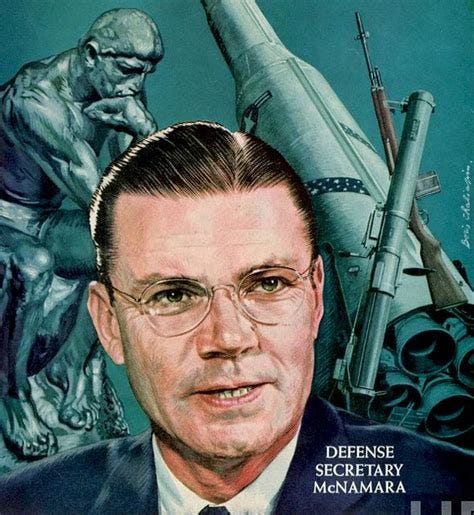
At the World Bank, McNamara shifted the institution's focus from grand infrastructure projects to “poverty reduction”, an agenda that, while seemingly noble, was often criticized for being out of touch with on-the-ground realities and for promoting Western-centric solutions to complex global problems.
McNamara tenure was seen by many as heavy-handed and technocratic, characterized by a top-down approach that mirrored his earlier career in government and business.

After stepping down from the World Bank, McNamara continued to be a polarizing figure, often reflecting on his past decisions with a mix of regret and justification. His legacy is a complex one, marked by significant achievements but overshadowed by the profound controversies that defined his public life.
Nuclear Strategy and Triad Doctrine
When McNamara took over as Secretary of Defense in 1961, he faced a military strategy centered on an all-out nuclear strike in response to any Soviet attack, a plan devised by the Strategic Air Command under General Curtis LeMay. McNamara sought alternatives, recognizing that this approach risked leaving the U.S. vulnerable to Soviet retaliation. He educated NATO on the doctrine of deterrence and introduced the counterforce strategy, aiming to target only enemy military forces to limit nuclear exchanges. However, he soon realized this would likely provoke retaliation rather than control escalation. Consequently, the U.S. nuclear policy remained unchanged.
Heightened Alert
McNamara increased the number of Strategic Air Command bombers on 15-minute alert from 25% to 50%, reducing their vulnerability to missile attacks. He also initiated Operation Chrome Dome, maintaining B-52 bombers armed with thermonuclear weapons on continuous airborne alert, ready to strike Soviet targets if ordered. This program led to several nuclear weapon accidents, known as Broken Arrow incidents.
Anti-Ballistic Missile (ABM) System
Near the end of his term, McNamara opposed deploying an ABM system in the U.S., citing its questionable effectiveness against a Soviet missile attack. Under pressure, he agreed to a minimal system intended to protect against a smaller number of Chinese missiles. He believed relying too heavily on nuclear defenses posed psychological risks and preferred maintaining a balance of mutual assured destruction (MAD) with the Soviet Union.
Chemical and Biological Warfare Experiments
Robert McNamara authorized Project 112 (along with the related Project SHAD), involving biological and chemical weapon experiments. Project 112 was a U.S. Department of Defense program for biological and chemical weapon testing from 1962 to 1973 (about the same time that MK Ultra and their subprojects like MK Naomi took place out of Fort Dietrich as well as the Tuskegee Experiment in the South).

Initiated under President Kennedy and authorized by Secretary of Defense Robert McNamara, Project 112 aimed to evaluate the U.S. military's capabilities and involved contributions from all branches of the armed services, intelligence agencies, and international partners, including Canada and the UK. The project focused on dispersing biological and chemical agents to cause "controlled temporary incapacitation" and conducted tests in the Central and South Pacific, Alaska, and other locations.
At least 50 trials were conducted (but 150 projects are publicly listed but many were supposedly cancelled), using both simulants and actual agents such as sarin, VX, and tear gas, and a highly classified agent referred to as Tiara (a “luminescent gelatinous material” with no further information available on this substance.). Testing sites included multiple locations throughout the United States, Porton Down (UK), Ralston (Canada), and various U.S. warships under Project SHAD (Shipboard Hazard and Defense). Project 112 was managed from the Deseret Test Center in Utah.
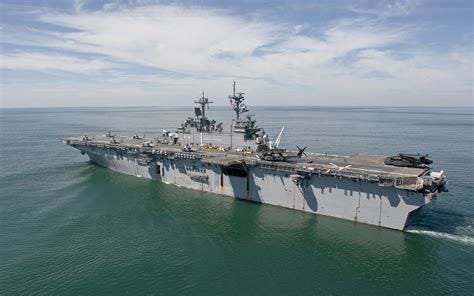
In Yeehaw, Florida, Project 112 involved the deliberate spraying of wheat rust as part of a covert military experiment. Conducted during the 1960s, this operation was designed to test the dispersal and impact of agents on agriculture, with the purported aim of using such agents to destroy enemy crops. The use of wheat rust in this project raised significant ethical concerns, as it targeted crops in an area where the potential consequences for local agriculture and the environment were not fully disclosed to the public.
Public knowledge of Project 112 remained limited until a CBS report in 2000 revealed its existence, prompting investigations by the Department of Defense and the Department of Veterans Affairs. Congressional hearings and lawsuits followed, addressing the lack of informed consent from test subjects and the long-term health effects on exposed personnel.
In September 1994, the U.S. General Accounting Office (GAO) revealed that from 1940 to 1974, the Department of Defense (DOD) and other national security agencies conducted extensive studies involving "hundreds, perhaps thousands" of weapons tests and experiments with hazardous substances. Dugway Proving Ground, a military facility situated in the remote Great Basin desert of Utah, about 80 miles (130 km) southwest of Salt Lake City, played a central role in these tests.
Between 1951 and 1969, Dugway was the site of numerous open-air experiments that could affect humans, animals, and plants. The impact on local residents exposed to these potentially harmful agents remains largely unknown. Civilians in urban areas, on subways, and at airports were subjected to supposed disease-carrying mosquitoes and aerosols containing dangerous various chemical, and radiological agents, including stimulants that were later found to be more hazardous than initially thought.
The project’s details remain partly classified, with the U.S. government gradually releasing information, often incomplete, and the exact number of exposed veterans or civilians likely will never be fully known. Efforts continue to document and address the impact on those involved. But was it ever really stopped?
The similarities between MKUltra and Project 112 are too significant to ignore. Both projects demonstrated a willingness to sacrifice ethics for perceived strategic advantages, often at the expense of human rights and public trust. The secrecy and obfuscation surrounding these projects make it difficult to determine the full extent of the involvement of McCloy, the World Bank, and other powerful individuals and institutions in these covert operations.
McCloy and McNamara’s careers exemplifies the intricate web of connections among the architects of American power, revealing a complex tapestry of influence that often operated behind the scenes. The alignment of these projects under figures associated with both intelligence and the World Bank raises important questions about the intersections of power, finance, and covert operations. The striking parallels between MKUltra and later projects suggest a continuity of approach and a shared underlying philosophy that prioritizes control and manipulation, often at a great human cost.
The Devastating Impact of Operation Ranch Hand on Soldiers and Civilians
Operation Ranch Hand, the U.S. military project involving the spraying of herbicides like Agent Orange over Vietnam, was authorized at the highest levels of the U.S. government. President John F. Kennedy played a pivotal role in approving the use of these chemicals in 1961, as part of a broader strategy to counter the Viet Cong insurgency and support the South Vietnamese government.
Secretary of Defense Robert S. McNamara, who was deeply involved in Vietnam War strategy, supported and facilitated the implementation of the operation. The Joint Chiefs of Staff and military leaders, including General Paul D. Harkins, commander of the U.S. Military Assistance Command, Vietnam (MACV), were also instrumental in its operational oversight. Operation Ranch Hand commenced in 1962 and continued until 1971.

The motto of the "Ranch Handers" was "Only you can prevent a forest," inspired by the famous Smokey Bear slogan from the U.S. Forest Service. Over the course of a decade, the operation led to the significant damage or destruction of more than 5 million acres (20,000 km²) of forest and 500,000 acres (2,000 km²) of crops. Approximately 20% of South Vietnam's forests were treated with herbicides at least once.
The authorization of Operation Ranch Hand marked the beginning of a controversial chapter in the Vietnam War, with the 7th Air Force conducting extensive spraying missions to defoliate forests and destroy crops. The herbicides deployed included Agent Orange, Agent Blue, Agent White, Agent Pink, Agent Green, and Agent Purple. These chemicals were primarily composed of various toxic compounds, including dioxins (notably TCDD in Agent Orange), which are highly carcinogenic and persistent in the environment. The use of these chemicals was not limited to military targets; they were also extensively sprayed over civilian areas, leading to severe environmental contamination and direct health impacts on the Vietnamese population.

The long-term effects on American soldiers who were exposed to these chemicals have been severe and enduring. Veterans have suffered from a range of serious health issues, including various cancers such as lymphoma, leukemia, and prostate cancer, as well as respiratory problems, neurological disorders, and diabetes.
Chronic health problems such as persistent skin conditions, liver damage, and reproductive issues have also been reported. Additionally, exposure to these chemicals has led to an increase in birth defects and health conditions among the children of affected veterans. Despite the recognition of some health issues by the U.S. government and the provision of benefits and compensation through the Department of Veterans Affairs, the enduring impact of herbicide exposure continues to affect many lives, highlighting the profound long-term consequences of this operation.
Reorganizations
To enhance U.S. military capabilities, McNamara established the United States Strike Command (STRICOM) in December 1961, authorized to draw forces from various branches for rapid response to global threats. He also increased airlift and sealift capabilities and consolidated intelligence and communications functions under the Defense Intelligence Agency and Defense Communications Agency. Additionally, he set up the Defense Supply Agency to unify supply procurement, distribution, and inventory management. Does that look like the World Bank globe? Hmmm?
Systems Analysis
McNamara's implementation of systems analysis as a decision-making basis for force requirements and weapon systems sparked much debate. He emphasized considering decisions in a broad context and reducing complex problems into component parts for better understanding. His methods, often overriding military opinions, were unpopular with service leaders. The Planning, Programming, and Budgeting System (PPBS), spearheaded by McNamara, aimed to produce a long-term, program-oriented defense budget and became the core of his management approach.
Cost Reductions
McNamara's cost reduction program, claiming to save $14 billion over five years, included closing unnecessary military bases and other measures despite congressional criticism. Despite the nuclear arms race and Vietnam War buildup, McNamara aimed to balance effectiveness and efficiency in defense spending.
Speculated Connections Between Robert McNamara and the Kennedy Assassinations
Robert McNamara's tenure as Secretary of Defense under President John F. Kennedy and his subsequent leadership at the World Bank have led to speculation about potential links to the assassinations of JFK and his brother, Robert F. Kennedy. JFK's push for de-escalation in Vietnam and his calls for financial reforms challenged entrenched interests, particularly those benefiting from the military-industrial complex and global financial systems.
Robert McNamara's involvement in escalating the Vietnam War and his role in shaping World Bank policies, which emphasized free markets and structural adjustments, could have put him at odds with the Kennedy administration’s more progressive stance.
This friction, combined with McNamara's substantial influence, might have contributed to the tensions that some speculate could have played a role in the political dynamics surrounding the Kennedy assassinations.
In March 1968, Senator Robert Kennedy, who was challenging Johnson in the Democratic primaries, asked his "friend" McNamara to record a statement praising his leadership during the Cuban Missile Crisis for a TV ad. It was odd that despite it violating World Bank rules, McNamara agreed, praising Kennedy's "shrewd diplomacy." It was asserted that McNamara supposedly felt guilty for previously refusing Kennedy's requests to resign from the World Bank presidency. The New York Times criticized him for this, leading McNamara to fear he might be fired. But who knows what really transpired with the Kennedys leading up to them both being assassinated? Can we truly buy the official narrative?
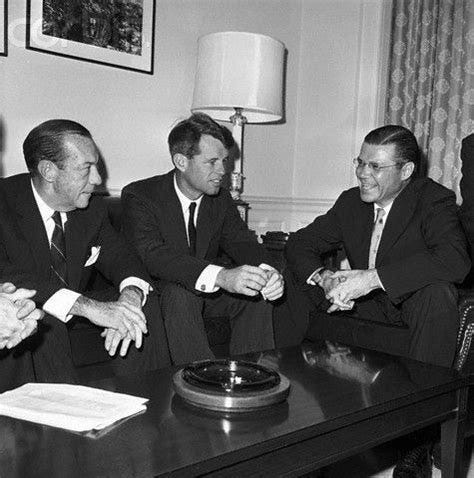
A safe was installed in McNamara's World Bank office to store his papers from his time as Defense Secretary, a courtesy extended to former Defense Secretaries. When the Pentagon Papers were completed in April 1969 and brought to him, it was also odd that McNamara angrily refused to see them, wanting to distance himself from the Vietnam War and his former job.

With John J. McCloy, the second President of the World Bank, and other dubious figures associated with the Warren Commission investigating JFK's assassination, it seems unlikely that the full truth will ever be revealed.

Program Consolidation
A hallmark of McNamara's tenure was the consolidation of programs from different services to reduce redundancy and waste. This included directing the Air Force to adopt Navy combat aircraft like the F-4 Phantom II and the A-7 Corsair II. However, his push for premature adoption of the untested M16 rifle led to failures in combat, and the TFX project, intended to create a dual-service aircraft, faced significant challenges but eventually found success in certain roles.
Cuban Missile Crisis
During the Cuban Missile Crisis in October 1962, McNamara was a key advisor to President Kennedy. He opposed the Joint Chiefs' recommendation for air strikes against Soviet missile sites in Cuba, advocating for a quarantine instead. This strategy helped avert a nuclear confrontation, though it strained McNamara's relations with military leaders. Following the crisis, McNamara recommended removing key military figures, leading to Admiral Anderson being reassigned as the ambassador to Portugal.
U.S. Escalation in Vietnam
During John F. Kennedy's presidency, U.S. involvement in Vietnam escalated significantly. Under Secretary of Defense Robert McNamara, American military advisers in South Vietnam increased from 900 to 16,000, focused on training rather than combat. Initially, U.S. aid supported French and anti-Communist forces in Vietnam with financial and covert support. After the French withdrawal in 1954, involvement grew, culminating in heightened engagement following the Gulf of Tonkin incidents in 1964.
Focus on Laos
Kennedy's administration first prioritized Laos, with McNamara initially advocating for military intervention there but later shifting to support a diplomatic solution. By 1962, McNamara's optimistic view on Vietnam, based on quantitative assessments, was challenged by the Battle of Ap Bac, which exposed the weaknesses in the ARVN's capabilities.
Battle of Ap Bac
McNamara's stance on South Vietnam was questioned, especially following reports from Colonel John Paul Vann and the Buddhist crisis, which contributed to a growing debate about the viability of South Vietnamese President Ngô Đình Diệm's regime. Despite mixed views and increasing criticism, McNamara initially resisted calls to abandon support for Diệm, maintaining that the U.S. was still winning the war.
The Buddhist Crisis
Following the Battle of Ap Bac, the Kennedy administration questioned the Diệm regime’s effectiveness, further complicated by the Buddhist crisis that began in May 1963. In August 1963, Kennedy suggested supporting a coup, but McNamara preferred to keep Diệm. Later, diplomat Paul Kattenburg proposed withdrawing support for Diệm, but McNamara firmly disagreed, claiming the war was progressing well.

First 1963 Fact-Finding Mission
In September 1963, Kennedy sent McNamara and General Taylor to South Vietnam. Diệm's presentation convinced McNamara that the war was nearly won, contrary to Kennedy's aim of finding a reason to support a coup. McNamara and Taylor reported progress and anticipated American withdrawal by 1965.

Coups and Second 1963 Fact-Finding Mission
On 1 November 1963, a coup overthrew Diệm, who was executed on 2 November. General Minh took over, but conditions worsened. Johnson sent McNamara in December to assess Minh's regime. McNamara found the situation deteriorating and recommended more decisive action.

January 1964 South Vietnamese Coup
General Nguyễn Khánh ousted General Minh on 30 January 1964. Despite the leadership change, the war's challenges persisted. In February, CIA reports revealed growing pessimism about the war's progress and problems within the ARVN.
1964 Fact-Finding Mission
McNamara visited South Vietnam on 8 March 1964 to evaluate Khánh's leadership. His efforts to speak Vietnamese were problematic, and his recommendations included increased U.S. support. By March 13, McNamara reported worsening conditions and advised stronger U.S. backing. But his push war really should be scrutinized. It is quite intriguing how he was never held accountable for his multiple war crimes.
Gulf of Tonkin Incident
In August 1964, the USS Maddox was reportedly attacked by North Vietnamese boats. Johnson used the incident to seek congressional approval for military action. Later, McNamara acknowledged that the August 4 attack likely never happened. The Gulf of Tonkin Resolution granted Johnson broad war powers, escalating U.S. involvement.
Escalation
Initial Recommendations
On December 1, 1964, McNamara suggested to Johnson that the U.S. escalate its involvement in Vietnam through Operation Barrel Roll, targeting North Vietnamese supply lines in Laos. Johnson was hesitant, even after a VC bombing in Saigon on Christmas Eve that killed two Americans.
Increased Military Actions
By 1965, with rising VC and North Vietnamese activity, the U.S. began bombing North Vietnam and deploying ground troops. McNamara and National Security Adviser Bundy warned that without a major troop increase, South Vietnam’s situation could worsen. This led to a significant U.S. troop commitment, peaking at nearly 535,000 by mid-1968.
Operational Developments
Following a VC attack on Pleiku in February 1965, Johnson approved Operation Rolling Thunder, a bombing campaign that lasted three years. The ground war began with Marine landings at Da Nang in March 1965, and more troops were subsequently requested.
Challenges and Criticisms
By mid-1965, General Westmoreland reported imminent collapse unless more troops were deployed. McNamara’s recommendation for an additional 180,000 troops and intensified bombing faced criticism as potentially leading to excessive U.S. involvement.
Visit and Findings
McNamara’s July 1965 visit to South Vietnam revealed doubts about the South Vietnamese government’s effectiveness. He advised Johnson to increase troop numbers, despite political difficulties and the unpopularity of mobilizing Reserves and National Guards.
Funding and Costs
McNamara predicted an additional $10 billion in annual costs for the war and warned of potential inflation and deficits. Johnson opted not to increase taxes, which led to higher draft calls and domestic opposition, particularly from those who felt the burden fell disproportionately on poorer families.
Body Count Strategy
The focus on "body counts" to gauge success in Vietnam resulted in inflated reports of enemy casualties. This approach led to competition among units, exaggerating enemy losses and distorting the true progress of the war.
Army Opposition to Counterinsurgency
Resistance to Change
The U.S. Army resisted Kennedy and McNamara’s push for counterinsurgency, insisting their divisions could handle guerrilla warfare while still using heavy firepower. In practice, this often led to indiscriminate attacks that harmed civilians and bolstered VC support. Special Forces were sidelined, leaving traditional units to dominate the combat.
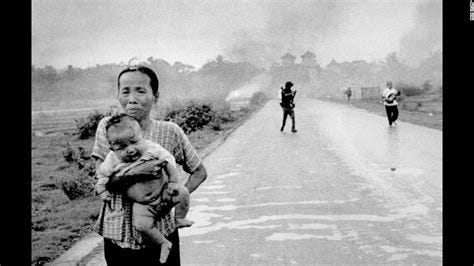
Growing Doubts
By November 1965, McNamara’s optimism about the war began to wane. Despite being a key architect of the conflict, he started doubting its potential for success, expressing concerns about an extended conflict and questioning the effectiveness of increased troop deployments. He even persuaded Johnson to extend a bombing pause in hopes of fostering peace talks.

Public vs. Private Stance
McNamara’s public statements often contradicted his private doubts. In a candid moment during a 1966 Honolulu conference, he admitted that Operation Rolling Thunder was failing and that bombing alone wouldn’t end the war. This shift in attitude was evident to those around him, contrasting sharply with his earlier confident demeanor.

McNamara Line and Project 100,000
In September 1966, McNamara initiated the McNamara Line, a barrier designed to detect North Vietnamese infiltration, but it faced controversy over its effectiveness. Later that year, he launched Project 100,000, which lowered recruitment standards, allowing less qualified individuals to enlist despite criticism. McNamara's 100,000, also known as McNamara's Folly, McNamara's Morons, and McNamara's Misfits, was a controversial 1960s program by the United States Department of Defense to recruit soldiers who would previously have been below military mental or medical standards.
The program enlisted over 300,000 individuals into Vietnam who did not meet the standard physical and mental criteria for military service. Soldiers from Project 100,000 experienced higher mortality rates and faced more severe challenges post-service compared to their civilian counterparts, marking the initiative as one of the most significant—and perhaps harshest—experiments of the Vietnam War.

Antiwar Confrontation
In November 1966, McNamara’s visit to Harvard was met with fierce anti-war protests. Surrounded by demonstrators, he debated their leader, Michael Ansara, in a heated exchange. The confrontation deeply unsettled McNamara, marking a stark contrast to his previously assured public persona.

Failures
Ineffective Bombing Campaign
McNamara was troubled when Operation Rolling Thunder failed to cripple North Vietnam's economy as expected. Although bombings destroyed 85% of the country's electricity capacity, North Vietnam's overall power output was minimal compared to U.S. standards. Additionally, the damage inflicted by the bombings was less than the cost of the lost American aircraft, making the campaign economically unsustainable.
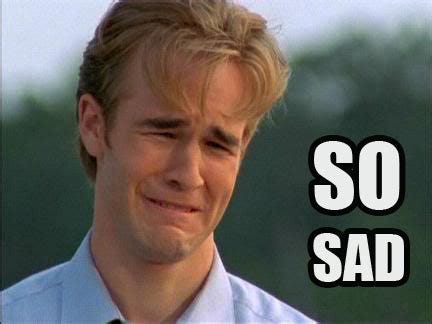
Growing Doubts and Personal Impact
McNamara’s doubts about the war were amplified by criticism from his aides and family. His son even hung an upside-down American flag in his room as a protest. McNamara's civilian aides reported widespread disillusionment with the war effort and criticized the government’s approach as misguided.

Political and Strategic Issues
In May 1967, McNamara highlighted the failure of South Vietnam’s government to stabilize despite heavy American losses inflicted on the enemy. He warned that further military escalation, such as increasing troop numbers or extreme measures like bombing North Vietnam’s dikes, would be politically damaging and ineffective. He rejected these strategies, citing potential global and domestic backlash.
Pentagon Papers and Revelations
In response to the Harvard confrontation, McNamara commissioned the Vietnam Study Task Force to examine U.S. involvement in Vietnam. Although the final report, known as the Pentagon Papers, was completed in January 1969, it was largely ignored by the government until it was leaked by Daniel Ellsberg in 1971. The Papers revealed that U.S. officials had known the war was unwinnable, influencing later events such as the Watergate scandal. McNamara later reflected that Kennedy might have withdrawn from Vietnam if faced with the same choices.
Equality of Opportunity
On July 26, 1963, McNamara issued Directive 5120.36 to address racial and gender discrimination in military communities, mandating military commanders to combat discriminatory practices and influence local businesses to promote equal opportunity. Commanding officers could also declare areas off-limits to military personnel for discriminatory practices.
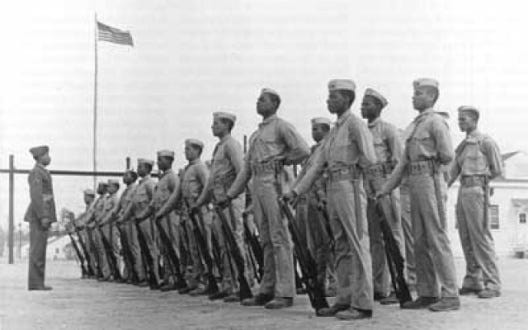
Diego Garcia
In 1961, McNamara opposed British plans to withdraw from Asia and advocated for a U.S. naval base in the Indian Ocean. By 1963, Diego Garcia was selected as the site. The U.S. agreed to pay $15 million annually for the base, and the British eventually expelled the native Chagossians to accommodate it.
Departure
McNamara’s tenure became increasingly controversial due to his handling of the Vietnam War. By 1967, under intense scrutiny, he faced criticism from military leaders and Congress. President Johnson, wary of McNamara’s deteriorating health and mounting criticism, decided to offer him the presidency of the World Bank instead of dismissing him outright. Johnson aimed to avoid a public conflict and prevent McNamara from critiquing the war post-departure.
Observations of the March on the Pentagon
On October 21, 1967, Robert McNamara witnessed the March on the Pentagon protest from his office. The scene was marked by protesters placing flowers in the barrels of guns held by National Guardsmen and engaging in provocative behavior, including exposing themselves and confronting the soldiers.
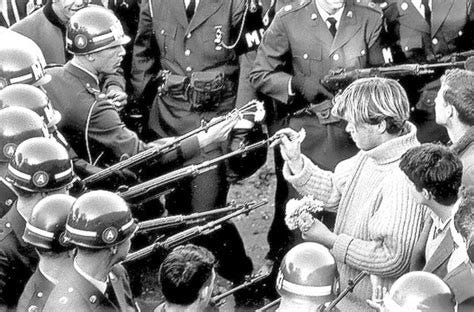
McNamara described the protest as chaotic and troubling, viewing it as a sign of societal decay. He felt that if he had been in charge of the protest, he would have taken more decisive action, criticizing the protesters for lacking the necessary discipline and strategic intelligence.

Resignation from the Department of Defense
On October 31, 1967, McNamara sent a memo to President Lyndon B. Johnson suggesting that continuing the Vietnam War would be dangerous, costly, and unsustainable. Johnson's remarks in the margins of the memo indicated skepticism and a need for further explanation.
McNamara's proposals, which included freezing troop levels and halting bombing operations, were rejected by Johnson. The decision to resign, announced on November 29, 1967, was influenced by the growing anti-war movement, the upcoming presidential election, and disagreements over military strategies. Officially, McNamara's resignation was portrayed as a desire for a new challenge after a long tenure as Secretary of Defense. However, some sources suggest that Johnson may have encouraged McNamara's departure. McNamara himself was reportedly taken by surprise at his appointment to the World Bank and was uncertain about the circumstances of his resignation.
McNamara's final day as Secretary of Defense was marked by a heated exchange with National Security Adviser Walt Rostow, during which McNamara criticized the bombing campaign in Vietnam and expressed the futility of the war. His emotional response was noted by those present, highlighting his supposed frustration and despair over the conflict (more like his war crimes).
Tenure as World Bank President
McNamara assumed the role of World Bank President in April 1968, a position he held until June 1981. During his tenure, he focused on shifting the Bank's emphasis from industrial development to targeted poverty reduction. He introduced new methods for evaluating development special projects and increased funding for health, food, and education initiatives.
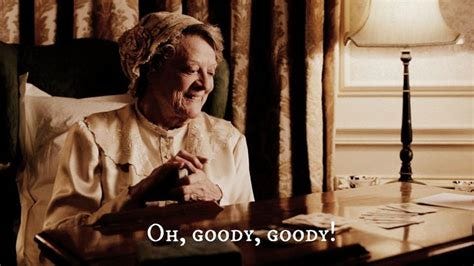
McNamara's leadership was not without controversy. In 1972, he met with Chilean President Salvador Allende to discuss his nationalization policies, leading to a halt in World Bank loans to Chile. After Allende's overthrow by General Augusto Pinochet, McNamara resumed loans to Chile, a decision that caused a rift with his son, Craig McNamara, who viewed the move as politically motivated.
McNamara and Global Health Initiatives
Robert McNamara’s leadership at the World Bank from 1968 to 1981 significantly impacted global health efforts, particularly in addressing tropical diseases such as river blindness, caused by the parasite Onchocerca volvulus or “river blindness”. Under his guidance, the World Bank spearheaded the fight against onchocerciasis, starting in the early 1970s, and launched the Onchocerciasis Control Program (OCP) in 1974.
This program saw a major collaboration between the World Bank, the World Health Organization, and the Carter Center, which worked to distribute Ivermectin, a drug developed by Merck & Co., to treat the disease. They wanted people to take this drug so adamantly that Merck & Co. provided this wonder drug (much like the COVID-19 vaccines) for free while McNamara was instrumental in the implementation and distribution components of this pharma campaign.
McNamara’s role involved securing funding and coordinating with international agencies to implement the program, which dramatically reduced the incidence of river blindness in affected regions. His commitment to improving health outcomes in developing countries was evident in these efforts, which are widely recognized for their success.

However, McNamara's legacy is complicated by his earlier involvement in Project 112, that U.S. military research program initiated in the 1960s. Remember? This secretive project focused on developing and testing biological and chemical agents for military purposes, including potential use in warfare. McNamara, who was Secretary of Defense prior to his World Bank presidency, was a key figure in these controversial initiatives. What was sprayed on those poor people in third world countries to make it look like they were catching “river blindness”? What is really in Ivermectin? So many unanswered questions that will never be answered because…#classifiedinformation
The juxtaposition of McNamara’s role in advancing global health through ivermectin distribution with his connections to Project 112 and his advocacy for depopulation strategies raises complex questions about his broader motivations. While Ivermectin’s efficacy in combating river blindness is well-established, McNamara's dual legacy highlights the need to critically evaluate the full scope of his contributions, affiliations and true historical aspirations.
Tim Truth has conducted extensive research on the toxicity of ivermectin, including a thorough investigation into its effects on human health. His work highlights the significant risks associated with this classified pesticide/insecticide and examines the numerous individuals involved in promoting its use. Tim Truth's analysis addresses fertility issues and numerous other health impacts related to ivermectin back with sound scholarly research.
McNamara's legacy at the World Bank includes the establishment of a scholarship program in his name and his advocacy for population control measures during his presidency. As President of the World Bank, McNamara announced at the 1968 Annual Meeting of the International Monetary Fund and the World Bank Group that countries which supported birth control policies would receive prioritized access to resources.
During a crisis in India, he commented, "Finally, India is making progress in addressing its population issue," in reference to the country's forced sterilization efforts.
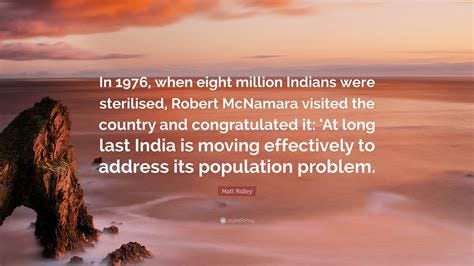
Post-World Bank Activities
From 1981 to 1984, McNamara served on the board of trustees at American University, Washington, D.C. He was also elected to the American Philosophical Society in 1981. In 1982, he joined other former national security officials in advocating for a no-first-use policy on nuclear weapons in Europe and proposed removing nuclear weapons from NATO’s defense strategy.

Later Publications and Public Appearances
In 1993, Deborah Shapley published a comprehensive biography of McNamara, Promise and Power, which reflected on his significant impact on the world and his personal struggles. McNamara’s memoir, In Retrospect (1995), analyzed the Vietnam War from his perspective and acknowledged his regrets. His candid critique of the war sparked considerable controversy.
In November 1995, McNamara visited Hanoi and supposedly received a surprisingly warm reception despite his role in the Vietnam War. During this visit, he met with General Võ Nguyên Giáp, who confirmed that the August 4, 1964, Gulf of Tonkin incident was a fabrication. McNamara’s discussions with Giáp revealed their differing approaches to historical analysis.
The 2003 documentary The Fog of War featured McNamara discussing his career and reflections on conflict, earning an Academy Award for Best Documentary Feature.

Continued Involvement and Criticism
Robert McNamara remained politically active, criticizing the 2003 Iraq invasion and meeting with President Bush and other former officials in 2006 to discuss the war.
Personal Life
McNamara married Margaret Craig in 1940, who later founded the Reading Is Fundamental program. Which what books are they sending these kids and what are they being taught? What is the real purpose behind this program? After her death in 1981, McNamara married Diana Masieri Byfield in 2004. His children include Robert Craig McNamara, a farmer, Kathleen McNamara Spears, a forester, and Margaret Elizabeth Pastor.
Final Years and Death
McNamara was involved with various organizations, including Caltech, Economists for Peace and Security, and the American University of Nigeria. He passed away on July 6, 2009, and was buried at Arlington National Cemetery. His papers from his time as Secretary of Defense are archived at the John F. Kennedy Presidential Library and Museum.
Alden W. "Tom" Clausen: Sixth President of the World Bank (Term at the World Bank July 1, 1981 – June 30, 1986)
Alden Winship "Tom" Clausen (February 17, 1923 – January 21, 2013) served as the sixth President of the World Bank from 1981 to 1986. Born on February 17, 1923, in Hamilton, Illinois, Clausen came from a family of Norwegian and German ancestry. His father, Morton Clausen, owned the Hamilton Press, a weekly newspaper, and his mother was Elsie Emma Kroll. Clausen graduated from Carthage College in 1944. After graduating from college, he joined the Army Air Corps in 1944. He later earned a law degree from the University of Minnesota Law School in 1949. He also attended Harvard University's Advanced Management Program in 1966.
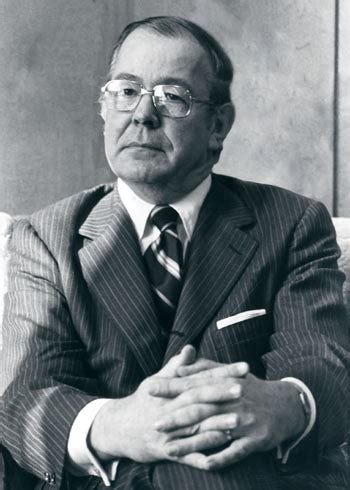
Rise in Banking
Clausen began his career in law after graduating from the University of Minnesota Law School. However, he soon shifted to banking, joining Bank of America in Los Angeles, California. He quickly rose through the ranks, becoming Vice President in 1961, Senior Vice President in 1965, Executive Vice President in 1968, and ultimately President and CEO in 1970. His leadership was instrumental in Bank of America's growth, positioning it as the largest commercial bank in the United States by the time he returned as Chairman and CEO in 1986.
World Bank Presidency
In 1981, Clausen was appointed President of the World Bank, succeeding Robert McNamara. Clausen led the World Bank from 1981 during a challenging period marked by economic recession and shifting political landscapes. He focused on free markets, private capital flows, and international cooperation. Clausen championed structural and sectoral lending and enhanced collaboration with the IMF, emphasizing market-oriented solutions. However, he struggled with the political dynamics in Washington.
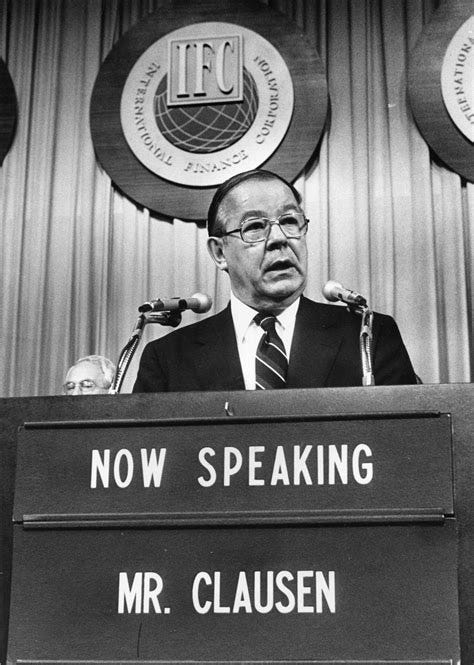
During his tenure, Clausen oversaw the expansion of structural adjustment lending, a policy introduced under McNamara, which aimed to address the economic challenges faced by developing countries. This period marked a significant shift in the World Bank’s approach to global economic development, emphasizing structural reforms and financial discipline.

Development Priorities
Clausen prioritized agriculture, energy, and Sub-Saharan Africa. He responded to the 1980s debt crisis with structural adjustment programs, promoting trade liberalization and private sector efficiency. Clausen also advocated for increased co-financing and the creation of the Multilateral Investment Guarantee Agency (MIGA).
Challenges and Controversies
Clausen's tenure was marked by controversies surrounding the Bank's structural adjustment policies. Critics argued that these policies harmed developing countries while benefiting commercial banks. Additionally, Clausen faced criticism for the World Bank's slow and sometimes inadequate response to the debt crisis of the early 1980s. The U.S. government's reluctance to support the Bank's initiatives under Reagan's administration further complicated his efforts.
Potential Links to the Reagan Assassination Attempt
On March 30, 1981, then President of the United States Ronald Reagan was shot and wounded supposedly by John Hinckley Jr. in Washington, D.C., as he was returning to his limousine after a speaking engagement at the Washington Hilton. There is no available direct evidence linking A.W. Clausen or he World Bank to the assassination attempt on President Ronald Reagan. However, speculative theories could point to his strained relationship with the Reagan administration over development policies. Reagan's skepticism towards foreign aid and the World Bank's initiatives might have fueled underlying tensions, although any connection to the assassination attempt remains purely conjectural. But whatever someone wanted him to do, do you think it worked?
Return to Bank of America and Legacy
After his term at the World Bank, Clausen returned to Bank of America as Chairman and CEO in 1986. He continued to influence the banking industry, later serving as Chairman of the Executive Committee until 1990. Clausen's contributions to banking and global finance were recognized through several honors, including the Golden Plate Award of the American Academy of Achievement in 1980. Institutions like the A.W. Clausen Center for World Business at Carthage College and the Clausen Center for International Business and Policy at the Haas School of Business, University of California, Berkeley, stand as testaments to his enduring legacy in the fields of banking and international development.

Barber Benjamin Conable Jr.: The Seventh President of the World Bank (Term at the World Bank July 1, 1986 – August 31, 1991)
Early Life and Education
Barber Benjamin Conable Jr. (November 2, 1922 – November 30, 2003) was born in Warsaw, New York. An accomplished student, he graduated from Cornell University in 1942, where he was president of the Quill and Dagger society and a member of the Phi Delta Theta fraternity. He served in the Marine Corps during WWII and the Korean War, where he learned Japanese and fought in the Battle of Iwo Jima. Conable earned his law degree from Cornell Law School in 1948 and later established a legal practice in New York before embarking on a political career.
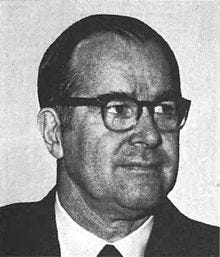
Political Career
Conable's political career began with his election to the New York State Senate in 1962. He was then elected to the U.S. House of Representatives in 1964, where he served nine more terms. Known for his integrity and expertise in budgetary issues, Conable was highly respected by his peers. He was recognized for his work on tax legislation, including provisions for 401(k) and 403(b) retirement plans.

World Bank Presidency
Appointed as the seventh President of the World Bank in 1986, Conable was chosen for his strong political background and bipartisan appeal. His appointment was supported by the Reagan administration, which valued his political acumen and experience. Conable's presidency was marked by significant reforms aimed at improving the Bank's efficiency and addressing global development challenges.
Reorganization Efforts
Conable faced criticism for the Bank's bloated administrative budget and responded with a major reorganization. This restructuring cut 400 staff positions and required all employees to reapply for new roles. Despite the controversy and disruption caused, the reorganization was intended to restore efficiency and address shareholder concerns.
Debt Crisis Management
Conable managed the developing world debt crisis with mixed results. Initially backing the U.S.-sponsored Baker Plan, which aimed to alleviate debt through new loans, he eventually acknowledged the need for debt-restructuring packages. Working with U.S. Treasurer Nicholas Brady, Conable helped develop new debt relief mechanisms, ultimately securing debt-reduction plans for several countries.
Environmental and Policy Challenges
Conable's tenure saw significant external criticism over the Bank’s environmental practices. Controversies included projects like the Sardar Sarovar Dam and the Polonoroeste settlement. In response, Conable established an Environment Department and commissioned independent reviews to address environmental concerns. Despite these efforts, the Bank’s environmental record remained contentious.
Support for the United Nations
Conable was a strong advocate for strengthening the United Nations, arguing in 1995 that it was essential for global governance, particularly in the face of rising U.S. isolationism. He believed that the UN played a crucial role in maintaining international stability and governance, reflecting his broader commitment to global cooperation
Support for Private Sector and Expansion
Under Conable's leadership, the Bank significantly increased its support for the private sector. The International Finance Corporation expanded its operations, focusing on areas such as capital market development and privatization. Conable also played a key role in the Bank’s expansion into Eastern Europe, supporting economic transitions in former Soviet states.
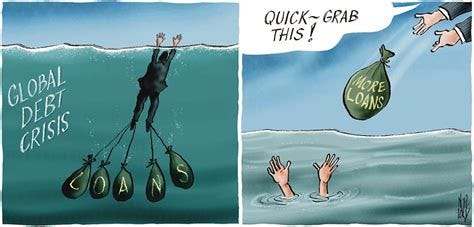
Addressing Governance and Military Expenditures
Conable used his position to highlight the need for reduced military expenditures and improved governance. He emphasized the importance of effective political processes in borrowing countries, advocating for transparency and accountability as critical components of successful “development”.
Legacy and Impact
Barber Conable’s presidency at the World Bank was marked by “transformative” reforms and complex challenges. His background in law and politics, combined with his commitment to global development and environmental issues, shaped his approach to leadership. Despite facing controversies and criticism, Conable’s impact on the Bank’s policies and global development priorities remains significant. His appointment, backed by the Reagan administration, underscored the need for reform and a new direction in the Bank’s mission. Barber Conable passed away on November 30, 2003.

Lewis Thompson Preston: The 8th President of the World Bank (Term at the World Bank September 1, 1991 – May 4, 1995)
Background and Early Life
Lewis Thompson Preston (August 5, 1926 – May 4, 1995) was born in New York City, to Lewis T. Preston, a distinguished World War I pilot and hunter, and Priscilla Baldwin Preston, a descendant of a prominent family with ties to Standard Oil. His family background provided him with both a high-profile and influential pedigree. Preston served as a U.S. Marine in the Pacific during World War II, an experience that shaped his leadership qualities. After the war, he graduated from Harvard University in 1951 with a degree in history. Preston was also notable for his role as captain of the U.S. Olympic hockey team in 1948.
Early Career and J.P. Morgan
Preston began his career at J.P. Morgan & Co. as a trainee in 1951, quickly establishing himself in the field of international banking. He was appointed head of the London office in 1966, overseeing Morgan’s expansion into Euro markets. His roles included executive vice president for international banking in 1968, vice chairman of the board in 1976, president in 1978, and chairman and CEO in 1980. Under his leadership, J.P. Morgan navigated the global financial boom and the subsequent sovereign debt crisis, becoming a leading figure in resolving the debt issues of developing countries. Preston was instrumental in solidifying Morgan’s reputation as a top-class investment bank during a turbulent financial period.
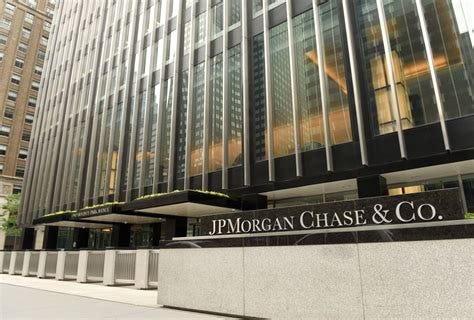
World Bank Presidency
In 1991, Preston was appointed by his old friend George H. W. Bush to the President of the World Bank and selected as the 8th President of the World Bank.
Despite initial unfamiliarity with the Bank’s development mission, Preston quickly embraced its goals, focusing on poverty alleviation as the Bank’s primary objective. His tenure was marked by several key achievements and controversies:
Expansion of Membership: Preston oversaw a significant increase in World Bank Group membership, particularly with the inclusion of former Soviet republics and Eastern European nations. Under his leadership, IBRD membership grew by 24 countries, IDA by 20 countries, IFC by 23 members, ICSID by 21 members, and MIGA nearly doubled its membership from 66 to 129.
Environmental and Resettlement Challenges: Preston faced substantial criticism regarding environmental and resettlement issues. The 1994 Morse Commission report on the Sardar Sarovar (Narmada) project highlighted deficiencies in the Bank’s environmental and resettlement practices. Despite efforts to address these issues, the Bank's responses were considered inadequate, leading to its withdrawal from the project in 1995.
Wapenhans Report: Preston responded to criticism of the Bank’s "culture of approval" by commissioning the Wapenhans Report, which revealed shortcomings in project supervision. The report prompted a shift in focus towards improving the quality of project implementation over mere loan quantity, resulting in significant internal reforms.
Transparency and Institutional Reforms: Preston introduced measures to enhance transparency, including the creation of the Inspection Panel to address complaints about the Bank’s adherence to its policies. He also initiated organizational changes to address issues from a failed 1987 reorganization and oversaw the establishment of new units focused on human resources, environmentally sustainable development, and the private sector.
The World Bank's Role in the Aftermath of the Gulf War
The Gulf War was a military conflict involving Iraq and a coalition of 42 countries led by the United States. The coalition's campaign against Iraq unfolded in two main phases: Operation Desert Shield, the military buildup from August 1990 to January 1991, and Operation Desert Storm, which commenced with an aerial bombing campaign against Iraq on January 17, 1991, and concluded with the American-led liberation of Kuwait on February 28, 1991.
The World Bank's involvement in the aftermath of the Gulf War can be viewed critically due to several contentious practices and implications:
Conditionality and Influence: The financial assistance provided by the World Bank often came with strict conditions that required recipient countries to implement specific economic policies and reforms. These conditions sometimes prioritized the interests of powerful member countries and global financial institutions over the needs of the local population. Critics argue that such measures increased dependency on international financial institutions and undermined local sovereignty.
Privatization and Structural Adjustment: The World Bank's reconstruction efforts frequently involved advocating for privatization and structural adjustment programs. These policies often led to the sale of public assets and services to private investors, resulting in job losses, reduced access to essential services, and increased inequality. Such measures were seen as benefiting multinational corporations and foreign investors at the expense of local communities.
Debt Burden: The loans and financial assistance provided by the World Bank added to the debt burden of war-affected countries. Repaying these loans diverted significant financial resources away from social and economic development, constraining the ability of these countries to make independent economic decisions and invest in their own priorities.
Political Influence and Geopolitical Interests: The World Bank's actions and decisions were often influenced by the geopolitical interests of its major shareholders, particularly the United States and other Western countries. Critics argue that the Bank's involvement in the Gulf War's aftermath served to advance the strategic and economic interests of these powerful nations rather than focusing purely on humanitarian and developmental objectives.
Transparency and Accountability: The World Bank faced criticism for its lack of transparency and accountability. Decisions regarding funding allocations, project approvals, and policy recommendations were sometimes made without sufficient input from local stakeholders or affected communities. This lack of inclusivity and transparency raised concerns about the fairness and effectiveness of the Bank's interventions.
While the World Bank played a significant role in post-Gulf War reconstruction, its actions were not without controversy. The imposition of economic policies, the prioritization of Western interests, and the increased debt burden on affected countries highlight the complex and often contentious nature of its involvement.

Personal Life and Health
Preston was married to Patricia “Patsy” Pulitzer, a member of the prominent Pulitzer family. His personal life was marked by a preference for privacy, and he was known to be a reserved individual who shunned large formal gatherings. However, he was described by colleagues as witty, thoughtful, and capable of providing a calming presence in times of crisis.

Preston’s health declined during his presidency, culminating in heart surgery in 1993 and a cancer diagnosis in early 1995. He died on May 4, 1995, at the age of 68. His tenure at the World Bank left a complex legacy, characterized by both significant achievements in expanding the Bank’s role and membership, and ongoing controversies regarding its operational effectiveness and environmental impact.

Ernest Stern: The First Interim World Bank President from Europe (Term at the World Bank February 1, 1995 – May 31, 1995)
Background and Early Life
Ernest "Ernie" Stern, (1933-2019) born in Frankfurt, Germany, was the first interim president of the World Bank Group born outside the United States and the first from Europe. His Jewish family fled Germany in 1939, relocating to the Netherlands. They were interned in Bergen-Belsen but survived after his father obtained a Honduran passport. In 1947, Stern emigrated to the U.S., joining his family.
Education and Early Career
Stern attended Queens College in New York and the Fletcher School of Law and Diplomacy, earning his PhD in economics in 1967. After completing his education, he served briefly in the U.S. Army in an economic advisory capacity, contributing to planning and logistics during the early Cold War period.
USAID’s Work and Stern's Role
The U.S. Agency for International Development (USAID) is a U.S. government agency responsible for administering civilian foreign aid and development assistance. Its mission is to advance global stability, economic development, and humanitarian relief by supporting projects in areas such as health, education, and governance.
Stern joined USAID in 1959. His roles in different countries included:
Turkey (1959–1962): Stern managed economic development programs focused on rural development and agricultural improvements. He oversaw projects that aimed to increase agricultural productivity, improve irrigation systems, and support rural infrastructure, contributing to the modernization of Turkey’s agriculture sector.
India (1962–1965): Stern worked on various development projects, including initiatives to enhance agricultural practices, improve health services, and expand educational opportunities. He played a role in designing and implementing programs that aimed to increase food security and support economic development in rural areas.
Pakistan (1965–1969): In Pakistan, Stern’s work involved agricultural development projects, including efforts to improve crop yields and rural infrastructure. He focused on implementing policies that supported small farmers and facilitated better agricultural practices to boost economic growth.
In these roles, Stern was responsible for planning, managing, and evaluating “economic development” programs, ensuring they met U.S. foreign policy objectives and “effectively” addressed the needs of the local populations.
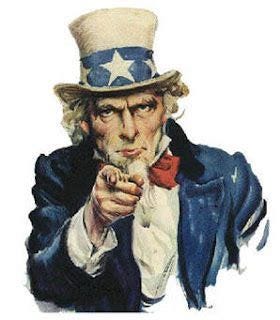
World Bank Career
Stern joined the World Bank in 1972, recruited by chief economist Hollis Chenery. His roles included:
Vice-President of South Asia Office (1975): Managed operations and development projects in the region, focusing on economic and infrastructure development.
Senior Vice-President of Operations (1980): The most powerful staff position at the bank, overseeing major development initiatives and strategic planning.
Managing Director (1991): Returned to a dominant role after Lew Preston became president.
Interim President (1995): Served as interim president from February 1, 1995, to May 31, 1995, following Preston’s death.
Stern was a key promoter of structural adjustment lending in the 1980s, which aimed at policy reform in developing countries but faced criticism for exacerbating poverty and inequality.

Criticism and Controversies
Stern’s tenure at the World Bank was controversial:
Economic Hardship: Structural adjustment programs led to austerity measures that critics argued increased inequality and economic difficulties in developing countries.
Ineffectiveness: The reforms often failed to address the root causes of poverty and did not always achieve their intended outcomes (imagine that).
Post-World Bank Career and Legacy
After leaving the World Bank, Stern served as a managing director at JPMorgan Chase, focusing on emerging markets. In 2002, he joined The Rohatyn Group and retired in 2011. He was also involved with the Group of 30, the Institute for International Finance, and the Center for Global Development.
Stern passed away on May 2, 2008, after a long illness. His career left a significant mark on global development, though his policies remain a subject of debate.
James Wolfensohn: The Controversial 9th President of the World Bank (Term at the World Bank June 1, 1995 – May 31, 2005)
Early Life and Career
Sir James David Wolfensohn (1 December 1933 – 25 November 2020) born in Sydney, Australia, had a modest upbringing. His father, described as a "highly intelligent but unsuccessful businessman," had previously been employed by the Rothschild banking family. Wolfensohn's parents immigrated to Australia in 1928. He was named after James Armand de Rothschild, his father's former employer, and coincidentally shared his birthday.
His mother, a singer on Australian radio, also taught him piano, nurturing his appreciation for classical music. During high school, he participated in operas and performed female roles in Gilbert and Sullivan operettas. He attended the University of Sydney, where he earned degrees in Arts and Law, and later obtained an MBA from Harvard Business School. Before joining the World Bank, he worked at prominent financial institutions, including Salomon Brothers, and played a role in the bailout of Chrysler Corporation in the late 1970s. He also founded his own investment firm, James D. Wolfensohn, Inc.
World Bank Presidency
Appointed by U.S. President Bill Clinton, Wolfensohn served as the World Bank's president from 1995 to 2005. His presidency was marked by “efforts” to reduce poverty and combat corruption, but also by significant controversies and criticism.
Controversies and Criticism
Management Style: Wolfensohn's leadership was often criticized for being autocratic. He faced backlash for pushing "crowd-pleasing" programs during his tenure at the Kennedy Center, such as The Phantom of the Opera and Cats, leading to staff resignations and criticism that he prioritized commercial success over artistic integrity.
Debt Relief Initiative: While the Debt Initiative for Heavily Indebted Poor Countries (HIPC) aimed to provide debt relief, it faced criticism for being ineffective and for the conditions imposed on recipient countries.
Anti-Corruption Efforts: Although he initiated the "cancer of corruption" campaign, critics argued that it did not go far enough to address systemic issues within the World Bank and in borrowing countries.
Strategic Compact: Wolfensohn's Strategic Compact aimed to make the Bank more efficient, but it faced internal resistance and skepticism about its effectiveness and the actual improvements achieved.
Comprehensive Development Framework (CDF): The CDF, intended to provide a holistic approach to development, was criticized for being overly ambitious and for not adequately addressing the specific needs and conditions of individual countries.
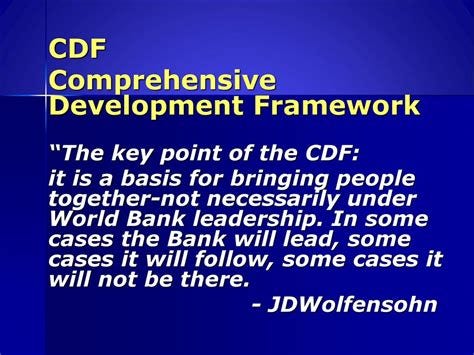
Image from https://slideplayer.com/slide/13086776/
Environmental and Social Initiatives
Environmental Strategy: During Wolfensohn’s tenure, the Bank adopted its first comprehensive strategy for environment and development, launched a fund for reducing greenhouse gas emissions, and developed a strategy for sustainable forests.
DEI Efforts: As the President of the World Bank from 1995 to 2005, Wolfensohn was instrumental in advancing social issues and inclusivity in the institution's operations. He emphasized the importance of poverty reduction, social inclusion, and effective governance, which laid the groundwork for more structured DEI efforts.
Gender Mainstreaming: The Bank implemented a gender mainstreaming strategy to address gender-related barriers to development and poverty reduction.
Marginalized Communities: Wolfensohn reached out to marginalized communities, including people with disabilities, the Roma, and youth.
Health and Education: During this time, the World Bank became one of the largest funders of global primary education and health programs including HIV/AIDS programs
HIV/AIDS Drugs: He collaborated with other donors to make HIV/AIDS drugs more affordable for developing countries.
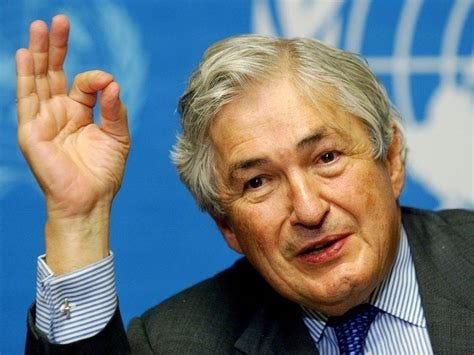
Connections to Global Agencies
Wolfensohn's connections extended into various global agencies and industries. He was involved with multiple global agencies and think tanks, like the Brookings Institute. His role as a special envoy for Gaza disengagement, appointed by the UN, ended in frustration, with Wolfensohn blaming both his naivety and U.S. government interference.
In 2006, Wolfensohn established the Wolfensohn Center for Development at the Brookings Institution in Washington, D.C. This center focused on addressing major development challenges by implementing, scaling, and sustaining development interventions on various levels. It aimed to bridge the gap between development theory and practice, with projects addressing youth exclusion in the Middle East, large-scale anti-poverty initiatives, global economic governance reforms, and regional cooperation, particularly in Central Asia. The center concluded its work after five years.
Wolfensohn was a trustee of the Rockefeller Foundation and served as an honorary trustee of the Brookings Institution. He was also a trustee and former chairman of the Institute for Advanced Study in Princeton, New Jersey, and held emeritus positions at the John F. Kennedy Center for the Performing Arts in Washington, D.C., and Carnegie Hall in New York City.
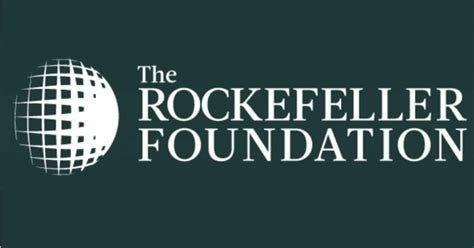
Additionally, he was a member of the Council on Foreign Relations and was selected as one of the inaugural fellows of the Australian Institute of International Affairs in July 2008. Wolfensohn served on the boards of various charitable foundations, including the Wolfensohn Family Foundation.
Between 1985 and 2015, Wolfensohn attended 27 Bilderberg Group conferences, making him one of the most frequent participants.

He also participated in meetings of the Aspen Institute and the World Economic Forum and was once a member of the Bilderberg Group’s Steering Committee. In 2004, he delivered the commencement address at Brandeis University. Additionally, he served on the board of Endeavor, a non-profit organization, and was a member of the Honorary Board of the International Paralympic Committee.
Later Years and Legacy
After leaving the World Bank, Wolfensohn founded Wolfensohn & Company and was active in various think tanks and charitable organizations. He held dual Australian and U.S. citizenship. In 2005, he was knighted by Queen Elizabeth II, becoming Sir James Wolfensohn, in recognition of his contributions to international development. However, this honor was also viewed by some as indicative of his deep entanglement with global elite circles.

Wolfensohn passed away on November 25, 2020. His legacy is complex, marked by ambitious initiatives and significant controversies. While some of his efforts at the World Bank were praised, his tenure also highlighted the challenges and criticisms faced by global financial institutions in addressing poverty and development.
Paul Wolfowitz: 10th President of the World Bank (Term at the World Bank June 1, 2005 – June 30, 2007)

Early Life and Education
Paul D. Wolfowitz (born December 22, 1943) in Brownsville, Brooklyn, New York, to Jacob Wolfowitz, a Polish Jewish immigrant, and Lillian Dundes. Raised in Ithaca, New York, where his father was a professor at Cornell University, Wolfowitz was deeply influenced by his family’s academic environment. He pursued his undergraduate studies at Cornell University, earning a B.A. in mathematics in 1965. Wolfowitz continued his education at the University of Chicago, where he obtained a Ph.D. in political science in 1972. His dissertation focused on nuclear proliferation in the Middle East and was supervised by Albert Wohlstetter, a key mentor in his academic and professional journey.
Arms Control and Disarmament Agency
In the 1970s, Wolfowitz worked at the Arms Control and Disarmament Agency (ACDA). He was involved with Team B, which provided an alternative analysis to the CIA's intelligence on Soviet intentions. The Team B report, though criticized for its alarmist views, was influential in shaping Cold War policies.
Deputy Assistant Secretary of Defense
From 1977 to 1980, Wolfowitz served as Deputy Assistant Secretary of Defense, focusing on regional programs.

He then transitioned to academia as a visiting professor at Johns Hopkins University's School of Advanced International Studies (SAIS).
Director of Policy Planning, State Department
Appointed Director of Policy Planning under President Ronald Reagan, Paul Wolfowitz was a staunch advocate for democratic ideals and a firm opponent of policies he viewed as undermining U.S. strategic interests. His tenure in this role was marked by his strong opposition to the sale of AWACS (Airborne Warning and Control System) aircraft to Saudi Arabia, which he believed would enhance the military capabilities of a regime that was not fully aligned with U.S. interests. Wolfowitz argued that such a sale could shift the balance of power in the Middle East and potentially threaten U.S. allies and strategic objectives in the region.
He was a vocal critic of engaging in dialogue with the Palestine Liberation Organization (PLO), opposing any initiatives that he felt might compromise U.S. support for Israel or undermine the broader goals of U.S. foreign policy in the Middle East. His positions reflected a broader commitment to promoting democratic values and maintaining strong U.S. influence and security interests in the face of perceived threats and challenges.
Assistant Secretary of State for East Asian and Pacific Affairs
In 1982, Paul Wolfowitz was appointed Assistant Secretary of State for East Asian and Pacific Affairs, a role that placed him at the forefront of U.S. diplomatic efforts in the Asia-Pacific region. During his tenure, he was a vocal advocate for democratic reforms in the Philippines, particularly in response to the assassination of opposition leader Benigno Aquino Jr. This event galvanized widespread public outrage and opposition to the long-standing regime of President Ferdinand Marcos.
Wolfowitz supported the democratic aspirations of the Filipino people and worked to increase U.S. pressure on the Marcos government. He argued for a more robust U.S. stance against authoritarian regimes that undermined democratic principles, and he actively promoted policies aimed at fostering democratic governance and human rights in the Philippines. His efforts were part of a broader U.S. strategy to support democratic movements globally and counter authoritarian influences during the Cold War. Wolfowitz's stance was consistent with his broader foreign policy philosophy, which emphasized the promotion of democratic values and the strategic necessity of aligning U.S. foreign policy with these ideals. His actions during this period contributed to the eventual ousting of Marcos and the establishment of a more democratic government in the Philippines.
U.S. Ambassador to Indonesia
From 1986 to 1989, Paul Wolfowitz served as the U.S. Ambassador to Indonesia under President Suharto’s authoritarian regime, leveraging his position to advance U.S. interests while navigating the complexities of the Indonesian political landscape. Despite his Jewish background, Wolfowitz adeptly integrated into Indonesian society and promoted political and economic reforms, notably through the USAID program.
His decision to cancel food aid to prevent it from benefiting Suharto’s family, which had significant investments in flour milling, was portrayed as a stand against corruption, yet it also underscored the strategic manipulation of aid for political leverage. While his efforts in development were recognized, his tenure was marred by criticisms of his failure to address the regime’s human rights abuses and systemic corruption. His actions reflected a pragmatic approach that prioritized U.S. strategic interests over a comprehensive human rights agenda, revealing the often murky intersection of diplomacy, economic interests, and authoritarian governance.
Under Secretary of Defense for Policy
Serving from 1989 to 1993 under Secretary of Defense Dick Cheney, Wolfowitz played a significant role in the Persian Gulf War. He was involved in coordinating military strategy and securing financial support from allies. His co-authorship of the "Defense Planning Guidance of 1992," known as the Wolfowitz Doctrine, advocated for U.S. military superiority and unilateral action to prevent the rise of potential rivals, influencing subsequent policies under the Bush Doctrine.

Johns Hopkins University
From 1994 to 2001, Paul Wolfowitz served as Professor of International Relations and Dean of the Paul H. Nitze School of Advanced International Studies (SAIS) at Johns Hopkins University, where he played a pivotal role in shaping the institution’s curriculum and expanding its endowment. During this period, Wolfowitz was deeply involved with the Project for the New American Century (PNAC), a neoconservative think tank that advocated for an assertive U.S. military posture and a proactive approach to global influence.
His leadership at SAIS was marked by a commitment to advancing U.S. strategic interests and promoting policies that aligned with PNAC’s agenda. This included endorsing a robust U.S. military presence around the world and emphasizing the need for American dominance to counter potential rivals. Wolfowitz's tenure at Johns Hopkins was instrumental in cultivating a network of “like-minded” scholars and policymakers who would later influence U.S. foreign policy, particularly in the lead-up to the Iraq War. His academic contributions and policy advocacy during this period reflected a broader agenda to reshape international relations in favor of U.S. hegemony.
Deputy Secretary of Defense
Appointed in 2001 under President George W. Bush, Paul Wolfowitz was instrumental in shaping the U.S. response to the September 11 attacks, leveraging his position as Deputy Secretary of Defense to push for aggressive military actions. He was a leading advocate for the invasion of Iraq, arguing that the removal of Saddam Hussein would be a crucial step in combating terrorism and promoting democracy in the Middle East.
Wolfowitz played a key role in the strategic planning for both the Iraq and Afghanistan conflicts, often emphasizing the need for swift and decisive military action. His involvement with the Office of Special Plans (OSP) was particularly controversial; the OSP was responsible for collecting and analyzing intelligence that supported the case for war in Iraq, often criticized for cherry-picking data to justify the invasion. Wolfowitz's optimistic estimates regarding the costs and troop requirements for the Iraq war, which downplayed the challenges of post-war reconstruction, faced significant criticism as the conflict dragged on and the true costs became apparent. His influence was pivotal in steering U.S. foreign policy towards a more interventionist approach, with lasting implications for both American and global security.
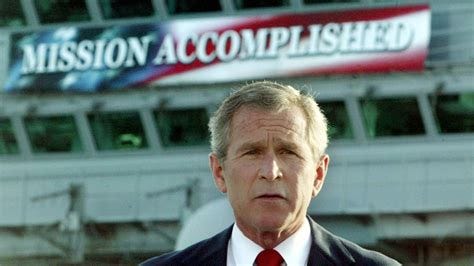
As Deputy Secretary of Defense following the September 11 attacks, Paul Wolfowitz was instrumental in shaping the U.S. response to the emerging global threats. He aggressively advocated for the invasion of Iraq, using the post-9/11 climate to justify the push for military action under the broader Bush Doctrine. Wolfowitz’s involvement extended to the controversial Office of Special Plans, which was accused of manipulating intelligence to support the administration’s war agenda. It is thought that his efforts played a crucial role in securing the Bush administration's objectives, including facilitating covert financial operations like Project Hammer, which aimed to recover and repurpose large sums of money for U.S. interests. Wolfowitz's strategic moves during this period not only helped solidify the administration's foreign policy but also contributed to a complex web of financial and military initiatives that had far-reaching consequences.
Post-9/11 Activities
Deputy Secretary of Defense (2001-2005):
Invasion of Afghanistan and Iraq: Wolfowitz played a key role in the planning and execution of the U.S. invasions of Afghanistan and Iraq. He was a strong advocate for preemptive military action as part of the broader Bush Doctrine, which sought to address perceived threats before they could materialize.
Office of Special Plans (OSP): Under his influence, the OSP was established to gather intelligence on Iraq's weapons of mass destruction and potential links to Al-Qaeda. The office's work and its role in the intelligence community contributed to accusations of intelligence manipulation leading up to the Iraq War.
Cost and Troop Requirements: Wolfowitz's optimistic estimates regarding the costs and troop requirements for the Iraq invasion were criticized as overly ambitious. The actual financial and human costs of the conflict exceeded his projections.
President of the World Bank
Nominated by President George W. Bush, Wolfowitz became the 10th President of the World Bank in June 2005. His tenure was marked by efforts to combat corruption and focus on economic development, particularly in Africa. However, his presidency was overshadowed by a scandal involving his relationship with World Bank staffer Shaha Riza, leading to his resignation in 2007, the first resignation in the Bank’s history due to scandal.
Post-World Bank Activities
After resigning from the World Bank presidency in 2007 amid controversy, Paul Wolfowitz continued to wield significant influence in global policy circles. He became a visiting scholar at the American Enterprise Institute (AEI), where he focused on foreign policy and international security issues, particularly in the Middle East. Wolfowitz also served as chairman of the U.S.-Taiwan Business Council, where he advocated for stronger defense ties between the U.S. and Taiwan, reflecting his continued interest in shaping U.S. foreign policy. He engaged in various advisory roles and public speaking engagements, frequently defending the Bush administration's decisions and maintaining his advocacy for a strong U.S. military presence globally. Despite the scandals and criticisms that marred his tenure at the World Bank, Wolfowitz remained an influential figure in conservative and neoconservative circles, contributing to debates on American foreign policy and international relations.
Wolfowitz's career reflects a blend of high-level government service, academic influence, and controversial decisions, particularly regarding the Iraq War and his tenure at the World Bank.
Robert Bruce Zoellick: The 11th President of the World Bank (Term at the World Bank July 1, 2007 – June 30, 2012)
Robert Bruce Zoellick (born July 25, 1953) was born in Naperville, Illinois. His upbringing in a middle-class family with modest means did not hinder his academic achievements. Zoellick attended Naperville Central High School, where he was a top student and involved in various extracurricular activities. He went on to earn a Bachelor of Arts in Political Science from Swarthmore College in 1975. Zoellick continued his education at Harvard Law School, earning his Juris Doctor (J.D.) in 1981, and also received a Master of Public Administration (MPA) from Harvard Kennedy School in 1980.
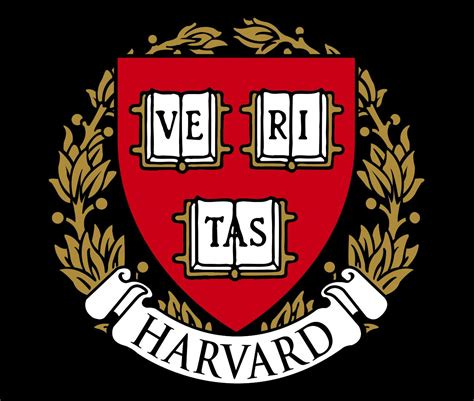
Government Service: Formative Years
Zoellick’s ascent in government began in the mid-1980s. From 1985 to 1988, he held several influential positions at the Department of the Treasury, including Counselor to Secretary James Baker and Deputy Assistant Secretary for Financial Institutions Policy. His work during this period contributed to critical financial regulations amidst the savings and loan crisis.

In 1989, Zoellick transitioned to the State Department, where he served as Under Secretary of State for Economic and Agricultural Affairs. His role in the Two Plus Four talks, which led to German reunification, earned him the Knight Commander's Cross of the Order of Merit from Germany in 1992. Zoellick's impact was further solidified as he was a key figure in the 1991 and 1992 G7 Economic Summits and played a crucial role in the negotiations surrounding the Plaza Accord, to depreciate the U.S. dollar in relation to the French franc, the German Deutsche Mark, the Japanese yen and the British pound sterling by intervening in currency markets.
From Government to Business and Academia
Leaving government service in early 1993, Zoellick ventured into the private sector. He served as Executive Vice President and General Counsel at Fannie Mae, navigating the complexities of mortgage finance. During Robert Zoellick's tenure at Fannie Mae from 1993 to 1997, the company was involved in controversies related to its accounting practices and executive compensation, although these issues became more prominent after his departure.
During Robert Zoellick's tenure as Executive Vice President at Fannie Mae from 1993 to 1997, the institution was navigating a complex financial and regulatory environment. Zoellick’s role primarily involved government relations, policy development, and overseeing strategic initiatives. Here’s a deeper look at the context and controversies surrounding his time there:
Zoellick's Role and the Financial Landscape:
Government Relations and Policy: Zoellick was instrumental in managing Fannie Mae's relationships with the federal government, as well as shaping policies that would impact the housing market. His experience in government made him a valuable asset to Fannie Mae, which was keen to maintain and expand its government-sponsored enterprise (GSE) status.
Involvement in Strategic Decisions: During his tenure, Fannie Mae was expanding its influence in the mortgage market. Zoellick's strategic insights likely contributed to the company's aggressive growth tactics, including its approach to risk management and financial products.
Controversial Practices:
Use of Derivatives: One of the notable practices during this period was Fannie Mae’s increasing use of derivatives to hedge interest rate risks. While this was seen as a prudent financial strategy, it also made the company’s financial statements more complex and less transparent. This complexity would later be scrutinized, particularly in the wake of the accounting scandals that emerged after Zoellick’s departure.
Executive Compensation and Earnings Management: Although the major accounting scandal erupted after Zoellick left Fannie Mae, some of the practices that led to the manipulation of earnings began to take root during his time there. The company’s focus on meeting earnings targets to trigger executive bonuses created a culture where financial reporting was closely managed, sometimes at the expense of transparency.
Post-Tenure Controversies:
2004 Accounting Scandal: In the early 2000s, Fannie Mae was accused of massive accounting fraud, involving the manipulation of earnings to enhance executive compensation. While this scandal broke after Zoellick’s tenure, the aggressive financial strategies and risk management practices developed during his time contributed to the environment that allowed these issues to fester.
2008 Financial Crisis: Fannie Mae’s financial troubles culminated during the 2008 financial crisis, leading to its conservatorship by the federal government. The practices and policies from the 1990s, including those from Zoellick's time, were later scrutinized as contributing factors to the company's vulnerability during the crisis.
While Robert Zoellick’s direct involvement in controversies at Fannie Mae was not explicitly highlighted during his tenure, the strategic and financial practices developed under his watch played a role in setting the stage for the significant scandals and crises that followed.
After leaving Fannie Mae in 1997, Robert Zoellick continued to build his career across academia, think tanks, and the private sector. Here’s a detailed look at his roles and any associated controversies:
Academic and Think Tank Roles:
John M. Olin Professor of National Security at the U.S. Naval Academy (1997-1998): Zoellick briefly served as the John M. Olin Professor of National Security, contributing to discussions on international relations and security. This period was relatively quiet in terms of controversy, as his role was primarily academic.
Roles in Think Tanks: Zoellick held various positions in prestigious think tanks, including the Council on Foreign Relations (CFR) and the German Marshall Fund, where he influenced policy debates. His involvement in these organizations, particularly the CFR, sometimes drew criticism from those who viewed the organization as promoting a globalist agenda. However, no specific scandals were directly associated with his tenure.
From the fall of 1998 to May 1999, Robert Zoellick served as the head of the Center for Strategic and International Studies (CSIS), a prominent think tank focused on international relations and strategic studies. However, his tenure was brief, as he resigned after founder David Abshire decided not to retire, which led to a leadership transition at the organization.
During the 2000 presidential election, Zoellick played a significant role as a foreign policy advisor to George W. Bush. He was part of a key advisory group led by Condoleezza Rice, known as "The Vulcans," named after her hometown of Birmingham, Alabama.
This group was influential in shaping Bush's foreign policy platform. Additionally, during the contentious 36-day battle over the Florida vote recount, James Baker, who was leading Bush's legal team, appointed Zoellick as his second-in-command, effectively serving as a chief operating officer or chief of staff in managing the recount efforts.
Robert Zoellick played a significant role in advancing Free Trade Agreements (FTAs) during his career, particularly when he served as the United States Trade Representative (USTR) from 2001 to 2005. Here are some of his key contributions:
U.S. Trade Representative (2001-2005):
Bilateral and Regional FTAs: Zoellick was a key architect of several bilateral and regional Free Trade Agreements. His tenure saw the negotiation and implementation of agreements with countries such as Chile, Singapore, Australia, and Morocco. These agreements were part of the U.S. strategy to expand trade relations and open up new markets for American goods and services.
Central American Free Trade Agreement (CAFTA-DR): One of Zoellick’s most notable achievements was his work on the Central American Free Trade Agreement (CAFTA-DR), which included the United States, the Dominican Republic, and five Central American countries. CAFTA-DR was aimed at reducing trade barriers and fostering economic cooperation between these nations. Zoellick was instrumental in pushing the agreement through Congress, despite significant opposition from labor unions and other groups concerned about its potential impact on U.S. jobs.
Advancing Global Trade Negotiations: Zoellick was a leading figure in global trade negotiations, including the Doha Round of World Trade Organization (WTO) talks. Although the Doha Round ultimately stalled, Zoellick's efforts were crucial in keeping the negotiations alive and promoting the U.S. agenda of trade liberalization.
Controversies:
Labor and Environmental Concerns: Zoellick faced criticism for his approach to FTAs, particularly from labor unions, environmental groups, and some members of Congress who argued that these agreements prioritized corporate interests over workers' rights and environmental protections. These concerns were especially prominent during the debates over CAFTA-DR.
Perception of Favoring Corporate Interests: Zoellick's strong advocacy for FTAs was sometimes viewed as favoring multinational corporations and contributing to the offshoring of American jobs. Critics argued that the benefits of these agreements were unevenly distributed, with significant gains for large corporations but fewer advantages for American workers.
Robert Zoellick was a driving force behind the expansion of U.S. trade agreements in the early 2000s, with a focus on promoting free trade and opening markets. However, his efforts were met with significant controversy and opposition, particularly regarding the perceived impact on labor rights and environmental standards.
Private Sector Role
Senior International Advisor to Goldman Sachs (2006-2007): Zoellick's role at Goldman Sachs involved providing strategic advice on global markets and international policy. During this time, Goldman Sachs was involved in various controversies, including allegations of conflicts of interest and criticism over its role in the 2008 financial crisis.
While Zoellick was not directly implicated in these issues, his association with Goldman Sachs during a turbulent period in global finance attracted scrutiny, particularly given his high-profile public service background.
Summary of Controversies
While Zoellick was not directly involved in any major scandals during his academic and private sector roles, his association with institutions like the CFR and Goldman Sachs placed him in the midst of broader debates and criticisms. His involvement with Goldman Sachs, in particular, linked him to the controversial practices of a financial institution that became a focal point of public anger during the financial crisis, even though his tenure there ended before the crisis fully unfolded.
U.S. Trade Representative: Shaping Global Trade
In February 2001, Zoellick was appointed U.S. Trade Representative. His tenure saw the successful negotiation of China’s entry into the World Trade Organization (WTO) and the initiation of global trade talks at the WTO meeting in Doha. His efforts included negotiating free trade agreements with Jordan and Vietnam and advocating for the Trade Act of 2002, which granted new Trade Promotion Authority.
Zoellick's trade policies faced criticism. His promotion of the Central American Free Trade Agreement (CAFTA) sparked controversy, as labor, environmental, and human rights groups voiced strong objections. His role in the U.S.-WTO dispute against the European Union over genetically modified foods highlighted his commitment to science-based regulatory practices, but also drew scrutiny from various advocacy groups.
Deputy Secretary of State: Diplomatic Ventures
In January 2005, Zoellick was nominated by President George W. Bush to be Deputy Secretary of State. Assuming office on February 22, 2005, he became a central figure in shaping U.S. foreign policy, particularly regarding China. Zoellick’s influential speech in September 2005 challenged China to contribute more actively to the global system from which it benefited significantly.
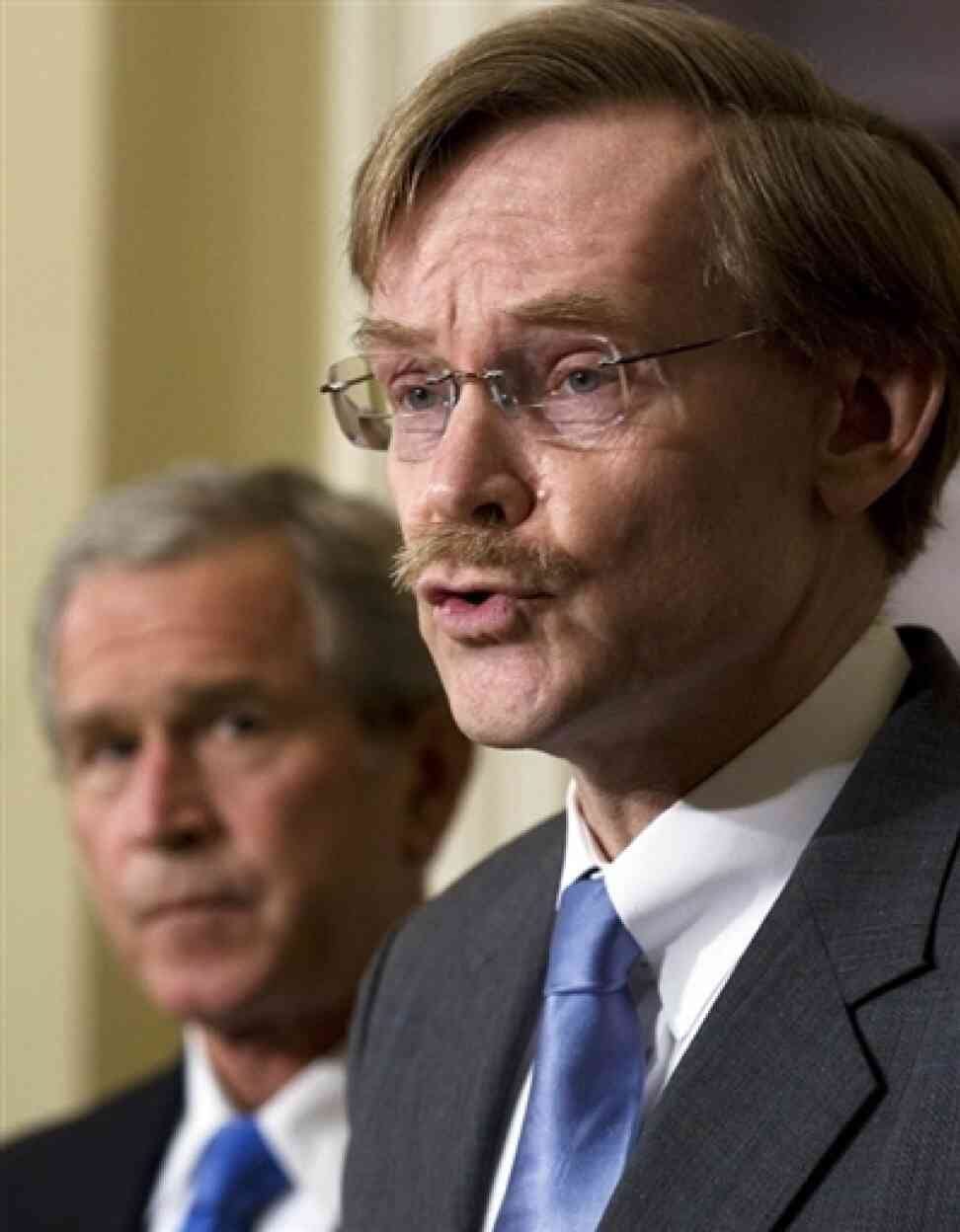
Zoellick also played a pivotal role in the Darfur peace process, advocating for expanded United Nations forces and negotiating a peace accord between the Sudanese government and the Sudan Liberation Army in Abuja, Nigeria, in May 2006. His departure from the role was met with praise from human rights groups for his advocacy on Darfur.
World Bank Presidency (2007-2012)
Zoellick’s appointment as President of the World Bank in July 2007 came after a contentious period under Paul Wolfowitz. Succeeding Paul Wolfowitz as President of the World Bank, Robert Zoellick built upon his predecessor's focus on social development by emphasizing initiatives that advanced diversity and inclusion. During his tenure, Zoellick championed various programs aimed at reducing poverty and fostering economic opportunities in developing countries. He reinforced the importance of integrating diverse perspectives and practices within the institution to better address global challenges. Zoellick's leadership was marked by a commitment to promoting equitable development and ensuring that the benefits of economic growth reached marginalized and underserved communities. Globalist stuff.
His appointment was supported by key figures such President George W. Bush and as then-Treasury Secretary Henry Paulson and reflected a continuation of U.S. influence in the institution. His presidency was marked by several key issues:
Focus on Privatization: Zoellick promoted public-private partnerships and privatization in development projects. Critics argued that this approach favored multinational corporations and neglected the needs of the poorest countries.
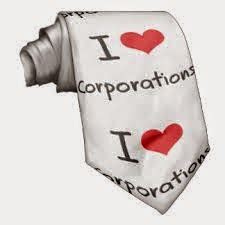
Image from https://danjanifesto.blogspot.com/ Response to the 2008 Financial Crisis: In response to the global financial crisis, Zoellick advocated for increased World Bank funding to support developing countries. While this move was intended to mitigate the crisis's impact, it also sparked debate about the efficacy and long-term implications of such measures.
Controversial Policies: Zoellick's tenure saw an emphasis on policies that some perceived as aligning more with corporate interests than with the World Bank’s traditional mission of reducing poverty. His focus on market-driven solutions and privatization attracted criticism from various development advocates.
obert Zoellick has advocated for genetically modified (GM) foods, particularly during his time as President of the World Bank (2007-2012). Zoellick emphasized the potential of GM foods to address global food security issues, especially in developing countries.
Advocacy for Genetically Modified Foods
World Bank Presidency (2007-2012): During his tenure as World Bank President, Zoellick supported the use of biotechnology, including genetically modified crops, as a means to increase agricultural productivity and combat hunger. He argued that GM foods could help improve crop yields, resist pests and diseases, and adapt to changing climate conditions, which could be crucial for feeding a growing global population.
Global Food Crisis Response: In response to the 2007-2008 global food crisis, Zoellick promoted the adoption of GM crops as part of a strategy to stabilize food prices and improve food security. He believed that embracing modern agricultural technologies, including genetic modification, was essential for addressing the challenges faced by smallholder farmers in developing countries.
Controversies:
Opposition and Criticism: Zoellick's support for GM foods was met with significant opposition from various groups, including environmental organizations, small-scale farmers, and advocates for traditional agriculture. Critics argued that the promotion of GM crops could lead to the domination of global agriculture by large biotech corporations, undermine biodiversity, and pose risks to human health and the environment. These concerns sparked debates about the ethical and ecological implications of widespread GM crop adoption.
Zoellick’s advocacy for GM foods placed him at the center of a contentious debate about the future of agriculture and food security.
Post-World Bank Career
After leaving the World Bank in 2012, Zoellick continued to influence global finance and policy:
Goldman Sachs (2012-2018): Zoellick joined Goldman Sachs as a senior advisor, providing counsel on investment strategies and maintaining his connections with influential financial figures. His role at Goldman Sachs reflected his ongoing involvement in high-level financial advisory.
Public Policy and Advisory Roles: Zoellick has remained active in public policy discussions and advisory roles. He has served on various boards and committees, contributing his expertise to global economic and political issues.
Controversies and Scandals
Paul Wolfowitz Scandal: Zoellick’s appointment followed the controversial tenure of Paul Wolfowitz, who faced allegations of misusing World Bank resources. While Zoellick’s appointment was seen as a way to restore the institution’s credibility, his own tenure was not without controversy.
Bush Administration Connections: Zoellick’s close ties with the Bush administration and his support for policies such as the Iraq War and the Project for a New American Century raised questions about his influence on U.S. foreign policy and the alignment of World Bank initiatives with U.S. geopolitical interests.
Trade Policy Criticisms: Zoellick’s role in China’s WTO accession and various trade agreements was criticized for contributing to trade imbalances and economic disruptions. Critics argue that these policies favored U.S. economic interests over broader global economic stability.
World Bank Policies: His emphasis on privatization and public-private partnerships during his tenure at the World Bank drew criticism for potentially undermining the institution’s mission to support the most disadvantaged countries.
Legacy
Robert Zoellick’s career reflects a complex interplay of achievements and controversies. His roles in international trade, finance, and development have had significant impacts, but his associations with controversial policies and connections with powerful interests continue to provoke debate. His legacy is characterized by both notable accomplishments and contentious decisions that have shaped global economic and political landscapes.
Jim Yong Kim: The 12th President of the World Bank (Term at the World Bank July 1, 2012 – February 1, 2019)
Early Life and Education
Jim Yong Kim, born on December 8, 1959, in Seoul, South Korea, emigrated to the United States with his family at the age of five. They settled in Muscatine, Iowa, where Kim’s academic and athletic prowess shone through. His father, a dentist at the University of Iowa, and his mother, a PhD in philosophy, cultivated a strong academic environment. Kim graduated as valedictorian from Muscatine High School, where he was also a quarterback and point guard. He began his undergraduate studies at the University of Iowa but transferred to Brown University, where he earned a Bachelor of Arts in human biology in 1982, graduating magna cum laude. Kim went on to obtain an M.D. from Harvard Medical School in 1991 and a PhD in anthropology from Harvard University in 1993.

Notably, Kim is the only physician among all the World Bank presidents.
Partners In Health (1987–2003)
In 1987, Kim co-founded Partners In Health (PIH) with Paul Farmer, Todd McCormack, Thomas J. White, and Ophelia Dahl. PIH's groundbreaking approach to healthcare began in Haiti, focusing on community-based treatments tailored to local needs. By the early 1990s, PIH was serving over 100,000 individuals, pushing treatments for diseases like “tuberculosis”. The organization’s model expanded to Peru in 1994, leading to significant breakthroughs in treating multi-drug-resistant tuberculosis (MDR-TB).
The World Health Organization (WHO) adopted PIH’s methods in 2002, leading to the replication of these strategies in more than 40 countries.
Partners In Health (PIH): Controversies and Criticisms
Expansion and Global Influence
PIH's model was replicated in several countries, including Peru and Rwanda. While the organization claimed successes in managing supposed drug-resistant tuberculosis and HIV (argued to be non-existent by the no-virus camp), critics argue that its approach may have overlooked the complexities of local health systems and potentially imposed Western methods without fully integrating into existing frameworks.
World Health Organization Endorsement
By the late 1990s and early 2000s, PIH's methods gained support from the World Health Organization (WHO). This endorsement helped PIH secure more funding and international recognition. However, the alignment with global health institutions raised concerns about how PIH's practices influenced global health policies and priorities, potentially prioritizing certain types of care over others.
Funding and Influence
PIH has received substantial funding from various sources, including major global foundations and governments. This financial support has granted PIH considerable influence over global health agendas. Critics argue that such funding dynamics can skew priorities towards donor preferences rather than genuine local needs, potentially exacerbating health disparities rather than addressing them effectively.
PIH has received substantial funding from a range of global sources, including:
The Bill & Melinda Gates Foundation: This major philanthropic organization has been a significant donor to PIH, providing substantial grants to support various health initiatives and programs.
The Global Fund to Fight AIDS, Tuberculosis and Malaria: PIH has received funding from the Global Fund to support its work in combating these diseases, particularly in developing countries.
The World Health Organization (WHO): Funding and support from WHO have been instrumental in supporting PIH’s global health programs and initiatives.
The U.S. Agency for International Development (USAID): USAID has provided funding to PIH for its health programs and interventions, particularly in areas affected by diseases and crises.
The Open Society Foundations: Founded by George Soros, the Open Society Foundations have supported PIH’s work in promoting health and human rights.
The Robert Wood Johnson Foundation: This foundation has provided grants to PIH to support health initiatives and research on global health issues.
The Ford Foundation: The Ford Foundation has also contributed funding to PIH, supporting its efforts in improving health care and addressing health disparities.
The National Institutes of Health (NIH): PIH has received research funding and support from NIH for various health-related studies and programs.
These funding sources have enabled PIH to expand its reach and impact, but the organization’s heavy reliance on large foundations and international organizations raises questions about the influence and control exerted by these entities over global health policies and practices.
Ebola and Global Health Crises
During the Ebola outbreak in West Africa, PIH's response, while active, faced scrutiny regarding its effectiveness and the scale of its interventions. Critics question whether PIH's involvement truly addressed the root causes of the epidemic or if it merely served as a high-profile effort that drew attention away from deeper systemic issues.
COVID-19 Pandemic and Public Health Policies
As the COVID-19 pandemic unfolded, Partners In Health (PIH) was criticized for its substantial role in shaping global health responses and influencing policy decisions. Specifically, PIH advocated for widespread testing, “equitable” vaccine distribution, and enhanced healthcare infrastructure in low-income countries. The organization played a significant role in promoting policies such as strengthening health systems and ensuring access to COVID-19 treatments and vaccines for “marginalized” communities. However, these actions faced scrutiny as critics argued that PIH used the pandemic to expand its influence over global health policies and exert control over pandemic response strategies. Accusations arose that the organization leveraged the crisis to assert its dominance and control in the public health arena, raising concerns about the ethics and motivations behind its involvement.
Dependency and Control
A recurring criticism of PIH is that its model of care may foster dependency rather than building local capacity. By providing high-level medical interventions and resources, PIH could be seen as perpetuating a system where local communities remain reliant on external aid, rather than developing sustainable, autonomous health solutions
Partners In Health, while hailed by some as a pioneering force in global health, faces significant criticism for potentially exerting control and influence under the guise of humanitarian aid. The organization’s approach and practices are seen by some as contributing to a broader pattern of global health initiatives that prioritize donor interests and institutional influence over the actual needs and self-determination of local communities.
World Health Organization (2003–2006)
Jim Yong Kim's tenure at the World Health Organization (WHO) began in 2003 as an adviser and he later became the director of the HIV/AIDS department in 2004. During this time, he led the “3x5 initiative,” which aimed to provide AIDS treatment to three million people in developing countries by the end of 2005. Despite this ambitious goal, the initiative failed to meet its target until 2007. The program primarily distributed antiretroviral drugs (ARVs), which are designed to suppress the supposed HIV virus and improve the health of patients. These medications are known for their severe side effects, including nausea, diarrhea, liver toxicity, and long-term complications such as cardiovascular issues and metabolic disorders.
Kim's approach, while heavily promoted, faced criticism for its delayed impact and questionable effectiveness in addressing the crisis. By 2012, the initiative claimed to have benefited over 7 million people, but the actual results and the sustainability of the program were often debated. Kim's leadership at the WHO was marked by controversy over the adequacy and execution of the strategies employed, with criticisms focusing on the slow progress, the adverse effects of the drugs, and the broader implications of the WHO's approach to AIDS treatment.
Harvard University (1993–2009)
At Harvard, Kim began as a lecturer and advanced to serve as chair of the Department of Global Health and Social Medicine, chief of the Division of Global Health Equity at Brigham and Women's Hospital, and director of the François-Xavier Bagnoud Center for Health and Human Rights. Kim’s academic work focused on global health challenges, and he published extensively in leading journals. His research and teaching emphasized the need for innovative and inclusive health solutions, reflecting his commitment to addressing global health disparities.

Dartmouth College (2009–2012)
In March 2009, Kim was appointed as the 17th president of Dartmouth College, becoming the first Asian-American president of an Ivy League institution. His presidency saw initiatives such as the Dartmouth Haiti Response, which provided critical aid following the 2010 earthquake in Haiti. Kim also launched the National College Health Improvement Project (NCHIP) and secured a $35 million grant to establish the Dartmouth Center for Health Care Delivery Science. Despite these achievements, his tenure faced scrutiny, including criticism over budget transparency and his handling of campus issues.
World Bank Presidency (2012–2019)
Kim was nominated for the presidency of the World Bank by U.S. President Barack Obama on March 23, 2012, and officially elected on April 16, 2012. His presidency was marked by a focus on social development, poverty reduction, and inclusion. Kim was the first World Bank president with a background in medicine rather than finance or politics.
His appointment was followed by the establishment of two major goals: ending extreme poverty by 2030 and boosting shared prosperity for the bottom 40% in developing countries. In September 2016, he was reappointed to a second five-year term.
During his first term, the World Bank Group saw unprecedented support for development priorities and achieved record replenishments for its fund for the poorest. Kim's leadership included launching innovative financial instruments aimed at addressing infrastructure needs, preventing pandemics, and assisting displaced populations due to climate shocks, conflict, and violence.
Kim’s presidency has been controversial. His role in these global initiatives, particularly in the context of the Ebola outbreak and the events leading up to the COVID-19 pandemic, raises questions about his influence on global health policies. His tenure coincided with significant global health crises. The Ebola outbreak of 2014-2016, for instance, saw extensive international intervention and funding, and Kim's World Bank was involved in funding and response efforts. His departure from the World Bank in February 2019, just before the COVID-19 pandemic took full effect, has fueled speculation about his involvement in shaping or responding to these events.

The World Bank's Pandemic Bonds: A Financial Ruse Ahead of COVID-19?
In the years leading up to the COVID-19 pandemic, the World Bank introduced a controversial financial instrument known as "pandemic bonds." Launched in 2017, these bonds were touted as an innovative way to channel funding to developing countries in the event of a pandemic. But as the world grappled with the devastating impact of COVID-19, the true nature of these bonds came under intense scrutiny. Were they a genuine attempt to provide financial support in times of crisis, or a cleverly disguised mechanism for profit?

The Players Behind the Pandemic Bonds
The pandemic bonds were spearheaded by a group of key players within the World Bank, most notably Jim Yong Kim, President of the World Bank at the time. Under Kim’s leadership, the World Bank partnered with private investors and reinsurance companies to create these bonds. The idea was to have investors fund a pool of money that would be released to countries in the event of a pandemic outbreak—sounds noble, but the reality was far from it.
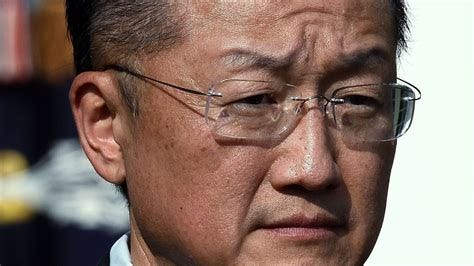
These bonds were part of the World Bank’s broader Pandemic Emergency Financing Facility (PEF), a mechanism designed to provide quick financial support to low-income countries facing the threat of a pandemic. PEF was hailed as a groundbreaking initiative when it was introduced in 2016, a year before the pandemic bonds were officially launched. However, the structure of the PEF and its reliance on private capital meant that the primary beneficiaries were not the vulnerable populations it was supposedly designed to protect, but the investors who funded it.

What is the Pandemic Emergency Financing Facility (PEF)?
The Pandemic Emergency Financing Facility was created by the World Bank as a response to the 2014 Ebola outbreak in West Africa, which exposed the severe lack of financial mechanisms to quickly mobilize funds during a health crisis. PEF was designed to bridge this gap by providing rapid funding to countries facing pandemics, ostensibly to prevent outbreaks from spiraling out of control.

PEF operated through two main components:
Insurance Window: The insurance component was funded by pandemic bonds purchased by private investors. This is where Tranche A and Tranche B bonds came into play, with payouts triggered under specific conditions related to the spread and severity of an outbreak.
Cash Window: The cash component was a smaller, donor-funded pool of money intended to provide immediate grants for less severe outbreaks or when the insurance criteria had not yet been met. This window was meant to offer more flexible and immediate support compared to the insurance component.
In theory, PEF was designed to deliver fast financial assistance to countries in need, but the reality proved far more complex. The insurance window, which relied on the pandemic bonds, was subject to strict conditions that made it difficult for countries to access the funds quickly. This delay in fund disbursement raised serious concerns about the effectiveness of PEF as a tool for crisis management.
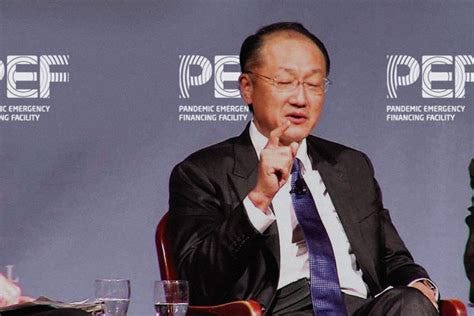
The Shady Timing and Terms
The timing of the pandemic bonds’ release is particularly noteworthy. Introduced in 2017, just a few short years before the COVID-19 outbreak, one can’t help but question the foresight—or perhaps foreknowledge—of those involved. The bonds covered two types of pandemics: one for more common outbreaks like influenza, and another for less frequent but highly deadly diseases such as Ebola. Notably, the bonds also covered novel coronaviruses—a curious inclusion that would soon become all too relevant.

For a payout to be triggered, specific criteria had to be met, including the number of deaths, the growth rate of the disease, and the spread across international borders. These stringent conditions meant that during the initial stages of the COVID-19 pandemic, when funds were most desperately needed, the bonds did not pay out. It wasn’t until later, when the pandemic had caused substantial global damage, that any money was released—and by then, it was far too late to mitigate the worst impacts.

What Did the Pandemic Bonds Cover?
The pandemic bonds were designed to cover outbreaks of severalsupposed types of infectious diseases, categorized into two tranches:
Tranche A included more common diseases like influenza, including strains such as H1N1, and coronaviruses, which include SARS, MERS, and fortuitously, the novel coronavirus that would later cause the COVID-19 pandemic. This tranche had more lenient conditions for payout but offered lower returns to investors.
Tranche B covered rarer but deadlier diseases, including filoviruses like Ebola and Marburg, Crimean-Congo hemorrhagic fever, Rift Valley fever, and Lassa fever. This tranche had stricter payout conditions but offered higher returns, making it more attractive to investors seeking higher profits.
The Failure to Trigger Payouts for Ebola
Despite the World Bank's assurances that the pandemic bonds would provide swift financial relief during outbreaks, the reality was far from ideal. A glaring example of this failure was the resurgence of the Ebola virus in central Africa, which led to more than 1,700 fatalities. However, the stringent conditions attached to the pandemic bonds meant that no payouts were made. For the insurance component of the bonds to be triggered, the Ebola virus not only had to cross an international border but also had to result in at least 20 fatalities in the second country. Furthermore, the total possible payout of $150 million was divided into three tranches, disbursed only when death tolls reached 250, 750, and 2,500 across at least two countries, releasing $45 million, $45 million, and $60 million respectively.
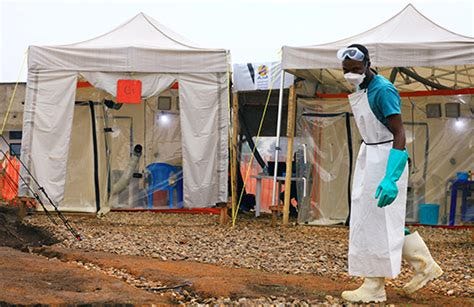
This design effectively tied the release of funds to the scale of human tragedy, a fact that has been heavily criticized. Bodo Ellmers, head of policy at the European Network on Debt and Development, called the arrangement "perverse," noting that "linking the payout of a financial instrument to the deaths of people is perverse."
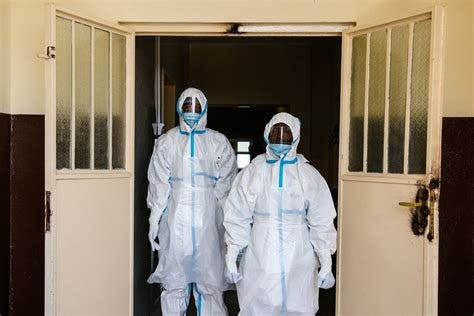
The situation with Ebola exemplified the flaws in the pandemic bonds' structure—far from ensuring that pandemics are addressed quickly and efficiently, the facility's design appeared more focused on protecting investors than on providing timely aid. The World Bank, under pressure to act, found itself with money in the pot but unable to distribute it when it was most needed, further calling into question the true purpose of these bonds. (And what substances were used on these people to produce the symptoms that were attributed to Ebola?)
What Happened to the Pandemic Bonds?
As COVID-19 swept across the globe, the pandemic bonds finally faced their moment of truth. However, the funds from these bonds were not released until late in the pandemic, when the death toll and spread had already reached catastrophic levels. The delay in payouts meant that the financial assistance provided was too little, too late for many of the affected countries.
Ultimately, when the bonds did pay out, they provided a mere $196 million—an amount that paled in comparison to the billions of dollars needed to fight the pandemic effectively. The funds were a drop in the bucket, and by the time they were distributed, the damage had already been done. The meager payout raised serious concerns about the effectiveness of the pandemic bonds as a tool for crisis management.

Who Benefitted, and Is the Scheme Still Profitable?
The biggest beneficiaries of the pandemic bonds were, unsurprisingly, the private investors. Institutions like Swiss Re and Munich Re, as well as various hedge funds, profited handsomely from the interest accrued on these bonds during the early stages of the pandemic when the payout conditions had not yet been met. By structuring the bonds in such a way that payouts were delayed, these investors were able to maximize their returns, all while countries in desperate need of funds struggled to manage the supposed escalating crisis.
Even after the bonds were triggered, the investors had already reaped significant financial gains, making the payout itself a small concession. The bonds were a lucrative venture for those who participated, and the delayed release of funds only seems to deepen the mistrust in the World Bank's intentions.

In the wake of the COVID-19 pandemic, the World Bank chose not to renew the pandemic bonds, likely in response to the widespread criticism they received. The bonds are no longer in circulation, but the legacy they left behind is a stark reminder of how financial instruments, designed under the guise of humanitarian aid, can be manipulated to serve the interests of the wealthy at the expense of the vulnerable.

A Failed Experiment or a Strategic Ploy?
Whether the pandemic bonds were a well-intentioned but flawed experiment or a calculated strategy to profit from global suffering is a matter of perspective. However, what remains clear is that the bonds failed to deliver on their promise of providing timely assistance during a global health crisis. Instead, they became a tool for the financial elite to extract profit from one of the most devastating pandemics in modern history.
The story of the pandemic bonds serves as a cautionary tale, highlighting the dangers of financializing humanitarian aid. In the end, the World Bank's pandemic bonds did little to help those in need, but they did plenty to line the pockets of the investors who took advantage of them.
Jim Yong Kim’s abrupt resignation from his position as World Bank President in January 2019, nearly three years before his second term was set to conclude, raised eyebrows and sparked speculation. Kim, who had been re-elected for a second five-year term in 2017, announced he would step down to "join a firm and focus on increasing infrastructure investments in developing countries." His departure, just before the onset of the COVID-19 pandemic, seems notably timed given the subsequent global health crisis.
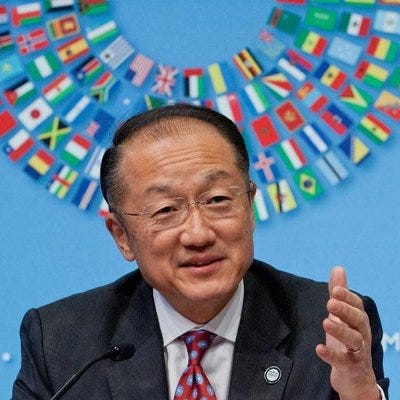
During his tenure, Kim was involved in high-level discussions and initiatives related to global health and infrastructure, which included substantial investments in public health responses. While there is no direct evidence linking Kim to the deliberate orchestration of the COVID-19 pandemic, his role in shaping global health policies and his connections with organizations and firms involved in health crises and infrastructure could suggest a more complex involvement. Notably, Kim’s resignation came at a time when the world was increasingly focused on pandemic preparedness, including investments in PCR testing technologies and vaccines. His influence in the World Bank, an institution that later played a significant role in funding responses to COVID-19, adds to the suspicion that his departure might have been strategically timed. What did he know and how was he involved in carrying out the very contrived COVID-19 pandemic?
Global Health Initiatives and Controversies
Kim’s involvement in global health extended beyond his tenure at the World Bank. He played a role in addressing the Ebola outbreak through the EBODAC (Ebola Vaccine Deployment, Acceptance, and Compliance) project, which aimed to enhance vaccine delivery and public acceptance in West Africa. EBODAC was a collaboration between various organizations, including the World Health Organization and vaccine developers, to manage the distribution and uptake of Ebola vaccines.
Despite his significant contributions, Kim's tenure at the World Bank was not without controversy. His administration faced criticism for awarding an unusual bonus to CFO Bertrand Badré, which was later rescinded. An independent inquiry in 2021 revealed that Kim and other World Bank leaders pressured staff to manipulate data to favor countries like China, Azerbaijan, Saudi Arabia, and the United Arab Emirates. This scandal highlighted concerns about transparency and accountability within the institution.
After resigning from the World Bank in January 2019, Jim Yong Kim shifted to the private sector, joining Global Infrastructure Partners (GIP) as a partner, where he focuses on infrastructure investments in developing countries. He also co-founded a health initiative aimed at leveraging private sector funds for healthcare in underserved regions. Despite his transition, Kim has continued to influence global health discourse, often advocating for investments in sustainable infrastructure, but his efforts have been viewed by some as a continuation of globalist agendas under the guise of development. His ongoing involvement in global forums and advisory roles has kept him a prominent, though controversial, figure in global health and development circles.
He has also maintained a significant role with Partners In Health (PIH), the organization he co-founded.
The World Bank Presidency and Donald Trump's Influence
When Jim Yong Kim unexpectedly resigned from his role as World Bank President in January 2019, former President Trump sought to have his daughter Ivanka Trump appointed as the new president. However, Ivanka Trump was purportedly not selected, largely due to concerns about her qualifications and potential conflicts of interest. But judging from the cast of characters who presided before, what exactly makes one eligible for the role? The World Bank's selection process involved intense scrutiny and debate, with many viewing Ivanka's lack of experience in international development and finance as a significant factor (or so they say). This decision sparked skepticism and speculation about the motivations behind the World Bank's choice.
What is truly intriguing is that Ivanka Trump had previously partnered with the World Bank, which adds another layer of complexity to the situation.
Kristalina Ivanova Georgieva-Kinova: Acting World Bank President (Term at the World Bank February 1, 2019 – April 8, 2019)
Early Life and Education
Kristalina Georgieva (born on August 13, 1953) in Sofia, Bulgaria. Her father, Ivan Stefanov Georgiev, was a road worker and civil engineer, while her mother, Marinka Petrova Mihailova, worked as a shopkeeper. Georgieva’s great-grandfather, Ivan Karshovski, was a notable Bulgarian revolutionary. She completed her early education in Sofia before pursuing higher studies.
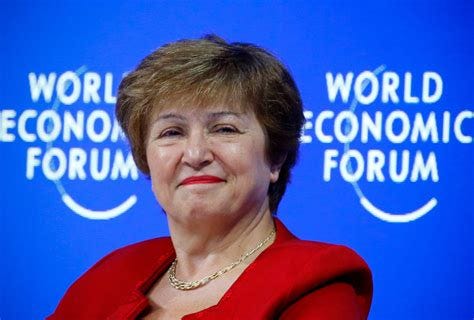
Georgieva earned an MA in Political Economy and Sociology and a PhD in Economics from the Karl Marx Higher Institute of Economics (now University of National and World Economy) in Sofia. Her doctoral thesis was titled "Environmental Protection Policy and Economic Growth in the USA." As one of the first Bulgarian economists to study in the West before the fall of the Berlin Wall, Georgieva also earned recognition as a post-doctoral research fellow in natural resource economics and environmental policy at the London School of Economics (LSE) and as a Fulbright fellow at the Massachusetts Institute of Technology (MIT). She was a visiting professor at the University of the South Pacific in Fiji.
Public Service Career
World Bank (1993–2010)
Georgieva joined the World Bank Group in 1993 as an environmental economist for Europe and Central Asia. Her notable contributions included helping phase out leaded gasoline in Central and Eastern Europe and directing policies on infrastructure and urban development. She supported fragile and conflict-affected countries and was appointed Director for Sustainable Development in 2007, managing policy and lending operations across multiple sectors. In 2008, she became Vice President and Corporate Secretary, where she worked on governance reforms and capital increases for the Bank. Georgieva resigned from this role in January 2010 to join the European Commission.
European Commission (2010–2016)
Georgieva served as the European Commissioner for International Cooperation, Humanitarian Aid, and Crisis Response from 2010 to 2014. In this role, she directed EU resources towards crisis-stricken regions, including the 2010 Haiti earthquake and the 2015 refugee crisis. Georgieva's management of the response to the Haiti earthquake faced significant criticism. Despite the enormous scale of international aid efforts, reports indicated that much of the aid did not reach those in greatest need due to inefficiencies and mismanagement. This included issues with the allocation of funds, coordination among relief agencies, and the slow reconstruction process. Critics argued that the response lacked effective oversight and resulted in delays and inadequate support for Haiti’s recovery.

From 2014 to 2016, as Vice President for Budget and Human Resources, she managed the EU’s €161 billion budget and oversaw a staff of 33,000. Georgieva negotiated a significant budget increase for 2014 and worked to enhance gender representation within the EU Commission. She also spearheaded reforms to improve financial management and efficiency.

World Bank (2017–2019)
Georgieva was appointed the first CEO of the World Bank in January 2017. She led major reforms and secured a $13 billion capital increase for the Bank, the largest in its history. When Jim Yong Kim stepped down as President in early 2019, Georgieva was appointed Acting President of the World Bank Group on February 1, 2019. Her appointment followed a unanimous decision by the World Bank’s Board of Governors.

International Monetary Fund (2019–Present)
On September 29, 2019, Kristalina Georgieva was named Managing Director of the IMF, succeeding Christine Lagarde. She began her term on October 1, 2019, becoming the first person from an emerging market economy to lead the IMF. At the IMF, Georgieva has helped steer the global economy through the COVID-19 pandemic, providing $1 trillion in liquidity and reserves, integrating climate considerations into IMF policies, and increasing financial and policy support to vulnerable countries. Her efforts include spearheading the allocation of $650 billion in Special Drawing Rights (SDRs) to boost global liquidity and advocating for enhanced support for low-income countries.
Georgieva’s leadership has been noted for its emphasis on gender equality and climate change. Under her guidance, the IMF has placed a stronger focus on climate considerations, integrating these into its financial policies and supporting global efforts to combat climate change. She has been recognized for her work in these areas and was reappointed for a second term as IMF Managing Director in 2024.

Her influence extends beyond her institutional roles. In 2023, Georgieva was ranked 12th on Forbes’ List of the Most Powerful Women, highlighting her status as one of the most influential figures globally. Her efforts have earned her acclaim for her advocacy on gender equality, climate action, and global economic stability.

Controversies and Scandals
European Commission Controversies
During her tenure with the European Commission, Georgieva faced criticism related to her handling of humanitarian aid and EU budget management. The response to the 2010 Haiti earthquake, in particular, was scrutinized for its effectiveness and efficiency. Despite the massive international aid efforts, many critics felt that the aid was not well-coordinated and failed to reach those in greatest need. Issues included delays in the distribution of funds, poor management of resources, and insufficient support for Haiti’s long-term recovery.
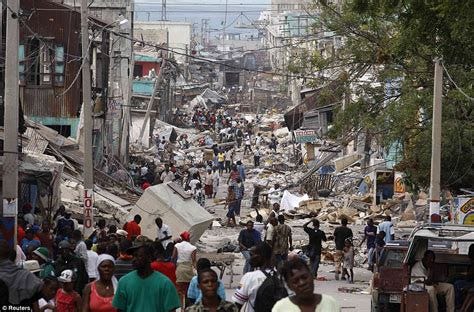
World Bank Controversies
Georgieva's time as CEO of the World Bank was marred by allegations of data manipulation. In October 2021, an independent investigation found that during her tenure as World Bank Chief, she was involved in altering data in the Doing Business Report to favor China’s rankings. Although the IMF’s board later cleared her of any conclusive wrongdoing, the allegations raised concerns about her integrity and leadership.
IMF and COVID-19
As Managing Director of the IMF, Georgieva's handling of the COVID-19 pandemic was also controversial. The distribution of relief funds and the perceived inequities in the allocation of Special Drawing Rights were subjects of debate. The effectiveness of the IMF’s pandemic response and its impact on the most vulnerable nations were questioned, particularly regarding the speed and fairness of aid distribution.
She continues to serve as the Managing Director of the International Monetary Fund (IMF). She is focused on addressing global economic challenges, including the ongoing “impacts of the COVID-19 pandemic”, promoting climate action, and enhancing financial stability. Under her leadership, the IMF is working to support vulnerable economies and integrate climate considerations into its financial policies. Georgieva is also advancing initiatives related to gender equality and global economic recovery.

David Robert Malpass: The 13th President of the World Bank (Term at the World Bank April 9, 2019–June 1, 2023)
Early Life and Education
David Robert Malpass, born on March 8, 1956, is an American economic analyst and former government official. He earned a B.A. in Physics from Colorado College in 1977, an MBA from the University of Denver in 1980, and pursued studies in international economics at Georgetown University's School of Foreign Service. Malpass is multilingual, speaking Spanish, Russian, and French.
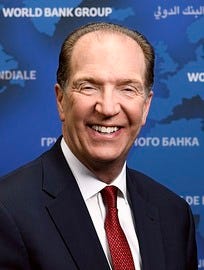
Career Beginnings
Malpass began his career in 1977 working for Esco Corporation and Arthur Andersen's systems consulting group in Portland, Oregon, where he became a licensed CPA. His early work involved various economic and budgetary analyses.
Roles in Government
During the Ronald Reagan administration, Malpass served as Deputy Assistant Secretary of the Treasury from 1986 to 1987. He continued his public service under President George H. W. Bush as Deputy Assistant Secretary of State for International Finance and Development from 1988 to 1990. Notably, he was the Republican staff director of the U.S. Congress Joint Economic Committee from 1989 to 1990 and served on Congress's blue-ribbon panel on budget scoring from 2002 to 2003.
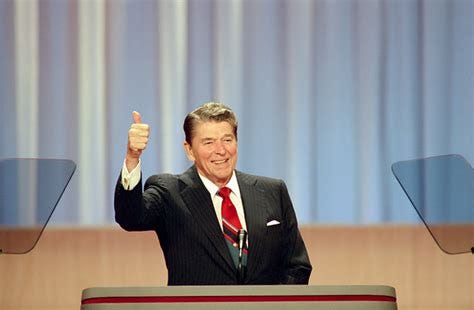
Chief Economist at Bear Stearns
Malpass was the Chief Economist at Bear Stearns from 1993 to 2008. During his tenure, Bear Stearns faced significant financial instability due to the global financial crisis. The firm's assets were sold to JPMorgan Chase in March 2008 for only 6% of their value from the previous year, a move prompted by the Federal Reserve and U.S. Treasury.
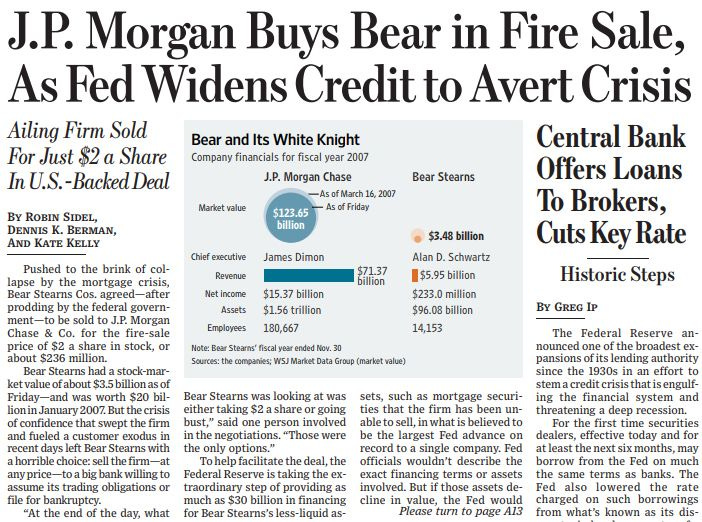
Post-Bear Stearns Ventures
Following Bear Stearns’ collapse, Malpass founded Encima Global in June 2008, a New York City firm that provided daily analysis of global economic and political trends.
In 2010, he ran for the Republican nomination for the U.S. Senate in New York's special election, securing second place with 38% of the vote against former Congressman Joe DioGuardi's 42%.
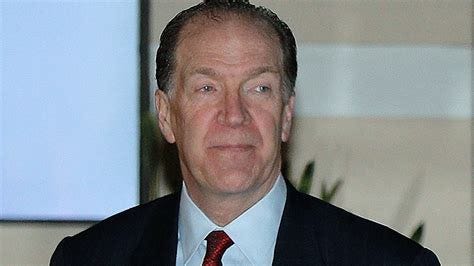
In 2012, Malpass authored a chapter titled "Sound Money, Sound Policy" in The 4% Solution: Unleashing the Economic Growth America Needs, published by the George W. Bush Presidential Center. Malpass has written columns for Forbes and contributed to The Wall Street Journal's op-ed section. He has also been a frequent television commentator.

Economic Forecasts and Criticisms
In 2007, Malpass, writing for The Wall Street Journal, downplayed the impact of the housing market collapse, suggesting it would likely extend the U.S. economic expansion. By March 2008, Bear Stearns, where he was Chief Economist, was on the brink of bankruptcy, and its assets were acquired by JPMorgan Chase at a significant loss. Malpass's predictions regarding economic growth and the housing market were criticized for perceived partisan bias. Additionally, his calls for raising interest rates in the aftermath of the Great Recession were contentious among economists.
Trump Administration and World Bank Presidency
Malpass joined Donald Trump's presidential campaign in May 2016 as Senior Economic Advisor, advocating for economic reforms. His role included participating in an economic round-table and providing advice on economic agencies as Trump prepared for the presidency.

In March 2017, the White House announced Malpass as Trump's nominee for Under Secretary of the Treasury for International Affairs, a position he was confirmed for by the Senate on August 3, 2017. As Under Secretary, Malpass was known for his critical stance on China and support for Trump’s protectionist policies.
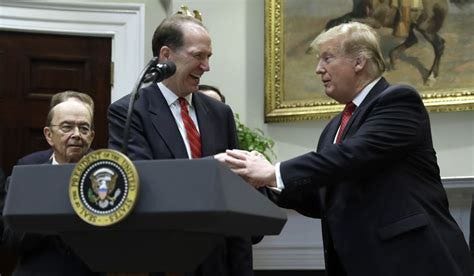
In February 2019, Trump nominated Malpass to succeed Jim Yong Kim as President of the World Bank. Malpass was unanimously approved by the World Bank's executive board on April 5, 2019, and officially began his term on April 9, 2019. During the early part of his presidency, Malpass was criticized for his limited focus on climate change, aligning with Trump’s environmental policies.
Term as World Bank President
David Robert Malpass served as President of the World Bank Group from April 9, 2019, to June 2023. His presidency was marked by a range of initiatives and controversies, reflecting his leadership style and priorities during a critical period for global development and economic stability.
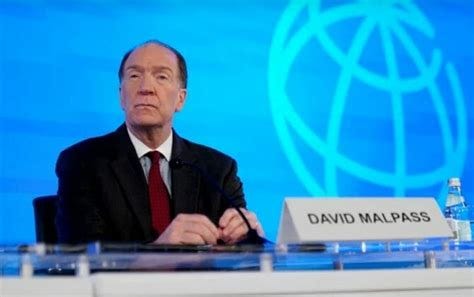
Key Initiatives and Actions
Response to COVID-19: Malpass played a pivotal role in the World Bank's response to the COVID-19 pandemic. Under his leadership, the World Bank quickly mobilized financial resources to support developing countries. This included:
Rapid Financing: The World Bank approved billions of dollars in emergency financing to help countries manage health crises, procure medical supplies, and support economic recovery efforts.
Debt Relief: Malpass supported initiatives aimed at providing debt relief to the world's poorest countries, helping them manage the economic impact of the pandemic.
Vaccine Distribution: The World Bank facilitated the distribution of COVID-19 vaccines, working to ensure that low-income countries had access to vaccines and related infrastructure.
Climate Change and Environmental Policy: During his presidency, Malpass's stance on climate change evolved. Initially criticized for his limited focus on environmental issues, he later endorsed a more proactive approach:
Climate Change Action Plan: In April 2021, the World Bank released a $100 billion Climate Change Action Plan under Malpass’s guidance. The plan aimed to allocate 35% of all financing to climate co-benefits, with 50% dedicated to climate adaptation projects. The plan sought to align with the Paris Agreement by 2023.
Controversies: Malpass faced criticism for not moving the World Bank towards fossil fuel divestment and for his initial reluctance to prioritize climate change, especially during the early part of his term.
Economic and Social Development: Malpass's tenure focused on broad economic development goals:
Poverty Reduction: The World Bank continued its efforts to reduce global poverty, with programs aimed at improving education, health, and infrastructure in developing countries.
Private Sector Engagement: Malpass emphasized the role of the private sector in driving development, supporting initiatives that aimed to foster economic growth through private investment and partnerships.
Leadership and Governance: Malpass's leadership style and decisions were sometimes controversial:
Criticism from Environmentalists: His response to climate change issues drew significant criticism from environmentalists and climate policy makers. This culminated in a high-profile incident in September 2022 when former Vice President Al Gore accused Malpass of climate change denial during an event hosted by The New York Times. Malpass’s vague responses to questions about climate science led to calls for his resignation from various climate advocacy groups.
Clarification and Response: Following the backlash, Malpass clarified his position on climate change, stating that he accepted the scientific consensus on human-caused climate change in both internal communications and public statements.
Resignation
In February 2023, Malpass announced his decision to step down as President of the World Bank, with his resignation effective by June 2023. His departure marked the end of a term characterized by significant global challenges, including the COVID-19 pandemic and evolving discussions on climate change.

Controversies During World Bank Tenure
At the beginning of his tenure, David Robert Malpass was noted for his minimal focus on climate change and his alignment with Trump's environmental policies. However, following Joe Biden's inauguration in early 2021, there was a significant shift in U.S. policy towards prioritizing climate change. Malpass began to emphasize climate policy more prominently, and in April 2021, the World Bank introduced a five-year, $100 billion Climate Change Action Plan. This plan aimed to allocate 35% of all financing to climate co-benefits and 50% specifically for climate adaptation, with the goal of aligning with the Paris Agreement by 2023.
Despite these efforts, the plan faced criticism for its insufficient focus on fossil fuel divestment. During the COVID-19 pandemic, Malpass received praise for his swift support of developing countries and effective deployment of World Bank resources. His climate stance came under intense scrutiny on September 20, 2022, when former Vice President Al Gore labeled him a climate change denier during an event hosted by The New York Times. When questioned about his acceptance of the scientific consensus on climate change, Malpass responded with, "I'm not a scientist," which drew sharp criticism from climate policy makers and advocacy groups. Following this controversy, Malpass clarified his position in a September 22 statement, affirming his acceptance of the scientific consensus on human-induced climate change.
Resignation and Personal Life
In February 2023, Malpass announced his intention to resign from his role as World Bank President by June 2023. He lives in New York City with his wife, Adele Malpass, who has been actively involved in Republican politics. Adele was appointed Chairwoman of the Manhattan Republican Party in January 2015 and served until she resigned in September 2015 to move to Washington, D.C. She is currently the president of The Daily Caller News Foundation, a non-profit organization linked to the eponymous news outlet.

David Robert Malpass's career has spanned influential roles, from economic advisor to World Bank President. Despite his extensive experience, his tenure has been marked by controversies related to his economic forecasts and climate change views. Malpass's role during the COVID-19 pandemic was particularly impactful. Malpass played a pivotal role during the COVID-19 pandemic, which really feels like it was used as a pretext for expanding global control mechanisms.
Under his direction, the World Bank's swift financial response to the crisis was seen by critics as part of a broader agenda to consolidate power and influence over developing nations. These efforts, while presented as aiding recovery, were perceived by some as a means to impose economic and political control, paving the way for a global takeover under the guise of pandemic relief. Malpass’s tenure, therefore, was not just marked by adaptation to new global priorities, but also by his involvement in what many see as a deliberate effort to reshape the world order through the pandemic.

Ajaypal Singh "Ajay" Banga: The 14th President of the World Bank (Term at the World Bank June 2, 2023–present)
Early Life and Education
Ajaypal Singh "Ajay" Banga (born on November 10, 1959) in Khadki, Pune, Maharashtra, hails from a Sikh Saini family with a strong military background. His father, Harbhajan Singh Banga, was a lieutenant-general in the Indian Army, which provided a disciplined and structured environment for Banga's upbringing.
Ajay Banga’s educational journey began at St. Edward's School in Shimla and continued at the Hyderabad Public School. He later earned a Bachelor of Arts (Honors) degree in Economics from St. Stephen’s College in Delhi. Banga pursued further studies at the Indian Institute of Management Ahmedabad, obtaining a Post Graduate Program (PGP) in Management, equivalent to an MBA. This program is known for its rigorous curriculum designed to develop advanced management skills.
Career Trajectory and Controversies
Banga’s career began in 1981 at Nestlé as a management trainee, where he gained experience across various functions including sales, marketing, and general management. His subsequent role at PepsiCo involved launching international fast food franchises in India as the country’s economy began to liberalize.

In 1996, Banga joined Citigroup, where he held multiple leadership positions, including heading CitiFinancial and the US Consumer Assets Division. He became CEO of Citi’s International Global Consumer Group and later led the bank’s Asia-Pacific operations. His high compensation, including about $10 million in 2008, sparked controversy amid discussions about executive pay.
From 2010 to 2021, Banga served as CEO of Mastercard, during which he oversaw significant financial growth, tripling revenues and increasing market capitalization from under $30 billion to over $300 billion. His tenure was marked by the creation of the Priceless Planet Coalition, an environmental initiative. His substantial executive compensation and the nature of the Coalition’s impact drew criticism.
Following his departure from Mastercard, Banga took on roles including Chairman of Exor and Vice Chairman at General Atlantic. These roles involved strategic oversight of a diversified portfolio and global growth investments, demonstrating his continued influence in finance.
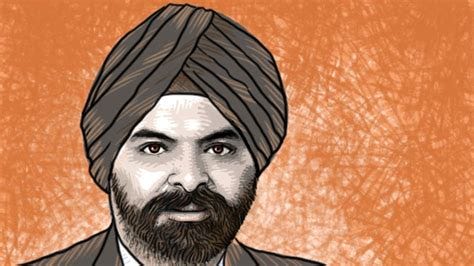
Public Sector Contributions
Banga's transition to the public sector was marked by his appointment to President Obama's President's Advisory Committee for Trade Policy and Negotiations in 2015. He also advised Vice President Kamala Harris on the Partnership for Central America, focusing on development issues in El Salvador, Guatemala, and Honduras.
World Bank Presidency: Role and Controversies
Ajay Banga's appointment as President of the World Bank was a strategic decision by the Biden administration, aiming to leverage his extensive experience in global finance and business. His nomination was announced in February 2023, and he began his term on June 2, 2023. Banga’s role involves steering the World Bank’s policies and operations to address global development challenges and implement key reforms.

As President, Banga is focused on several key areas:
Advancing Global Development Goals: Banga is working to enhance the World Bank’s efforts in achieving sustainable development goals (SDGs) and supporting climate resilience projects.
Reforming Multilateral Institutions: He has advocated for reforms in multilateral banks to better address contemporary global challenges, as evidenced by his support for the New Delhi Declaration from the 2023 G20 Summit.
Addressing Global Challenges: Banga’s presidency includes tackling issues such as food insecurity and gender inequality, integrating these concerns into the Bank’s traditional focus on poverty eradication.
Promoting Inclusive Growth: He emphasizes promoting inclusive economic growth and addressing systemic barriers to development in low and middle-income countries.
Influence and Controversies
Banga’s tenure at the World Bank has drawn criticism for perceived continuities in Western-centric approaches to global development. Critics argue that his appointment reflects broader geopolitical interests and the maintenance of U.S. influence over international financial institutions. His alignment with globalist agendas and New World Order objectives—focusing on multilateral reforms and sustainability initiatives—has fueled debates about the future direction of global finance and development.
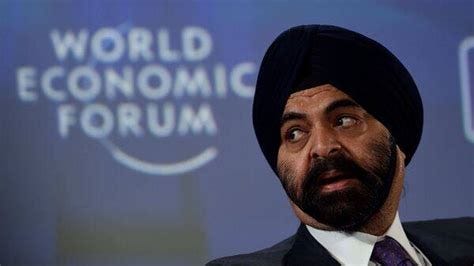
Recognition and Global Influence
Banga has been recognized for his contributions to business and society. In 2016, he was awarded the Padma Shri by the Government of India, and in 2023, he was named a Great Immigrant by the Carnegie Corporation of New York. In April 2024, he was a guest at a state dinner hosted by President Joe Biden in honor of Prime Minister Fumio Kishida, highlighting his role in international diplomacy.
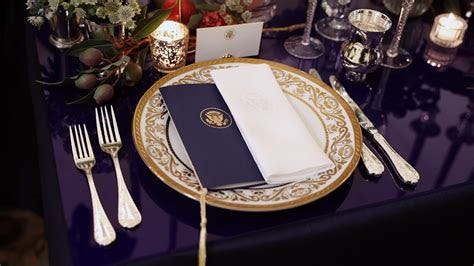
During the 2023 G20 New Delhi Summit, Banga emphasized a broader focus on issues such as food insecurity and gender equality, alongside the World Bank’s traditional goals. His support for the New Delhi Declaration and its multilateral bank reform aspects reflects his commitment to global economic stability and development.
Current and Future Outlook
Banga’s term as President of the World Bank is expected to last five years, with potential renewal based on his performance and the Bank’s needs. His leadership is set to influence the future of global finance and development, as he continues to navigate complex issues and advance initiatives aligned with international and U.S. strategic interests.

The Hidden Architects of Global Control: The World Bank Presidents
The World Bank was established as a supposed beacon of economic stability and development, but behind its facade lies a network of influence that has been meticulously crafted over decades. Each president of the World Bank seems to have been carefully chosen not for their benevolence but for their ability to advance agendas that extends far beyond mere economic development. These individuals have played a central role in shaping global policies, financial systems, and major international events, often steering them in directions that benefit an elite few at the expense of the many. This is just a glimpse of what has been done over decades and the full extent of what these individuals have done or been involved in may never be fully realized.

Together, these leaders seemed to have helped orchestrate a covert takeover of global governance, manipulating policies and crises to serve the interests of an elite globalist cabal over the course of decades. Their influence extends into every corner of the world, shaping conflicts, financial systems, healthcare and medicine, and pandemic responses and beyond to advance their own agendas. The World Bank’s history reveals a disturbing narrative of unelected elites wielding unchecked power to control the fate of nations and economies, perpetuating a cycle of dominance that is as pervasive as it is insidious.



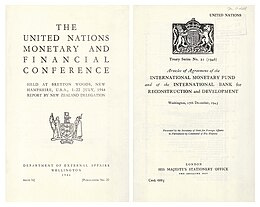
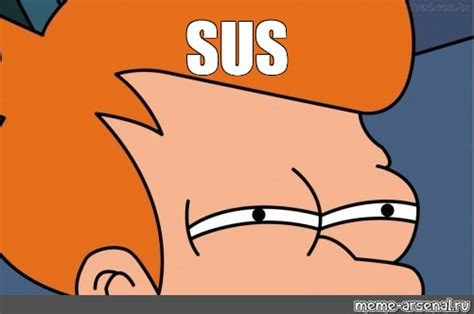
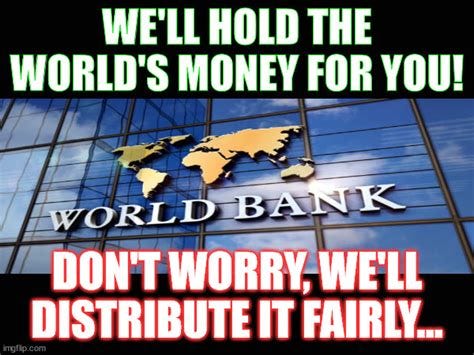

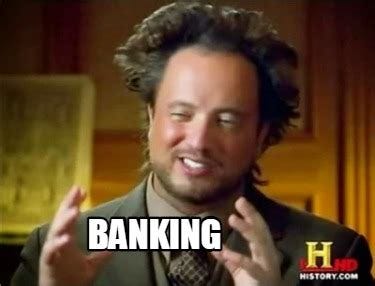

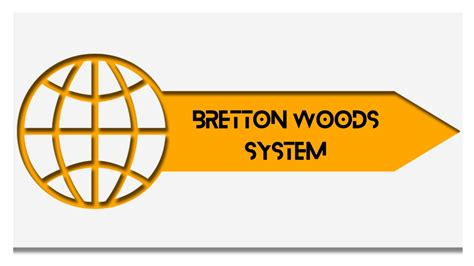
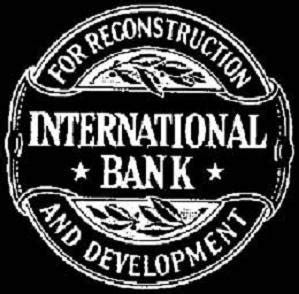
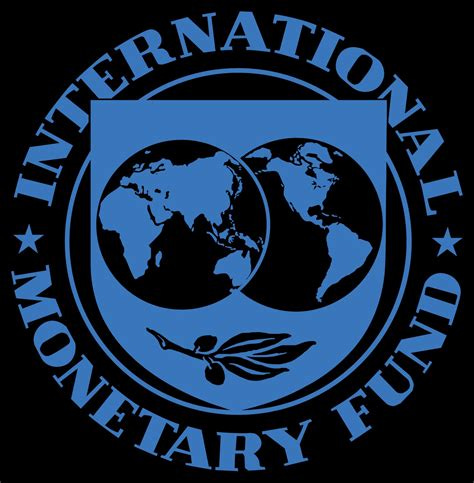
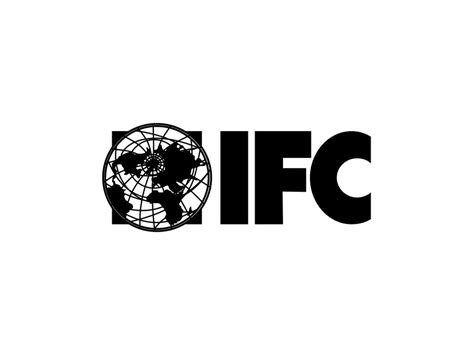
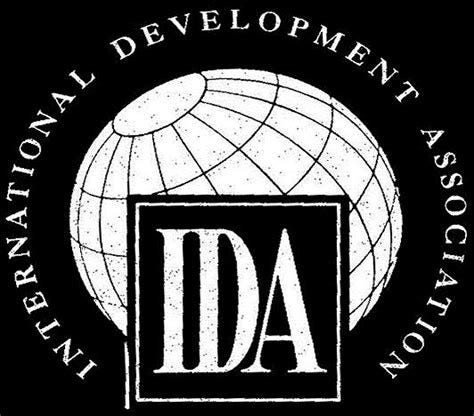

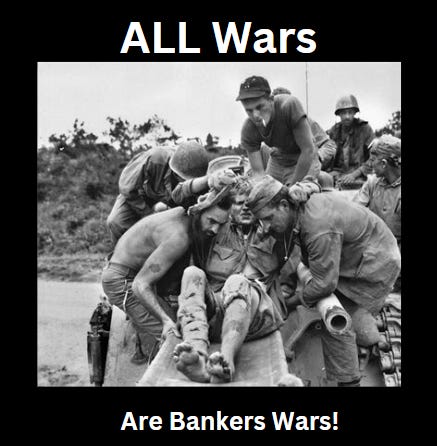

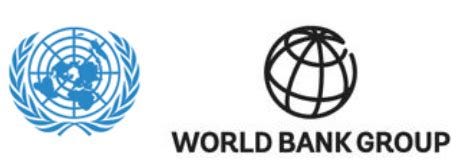


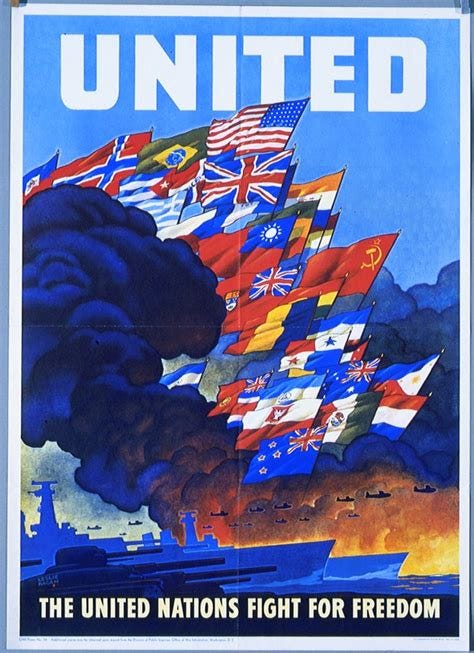
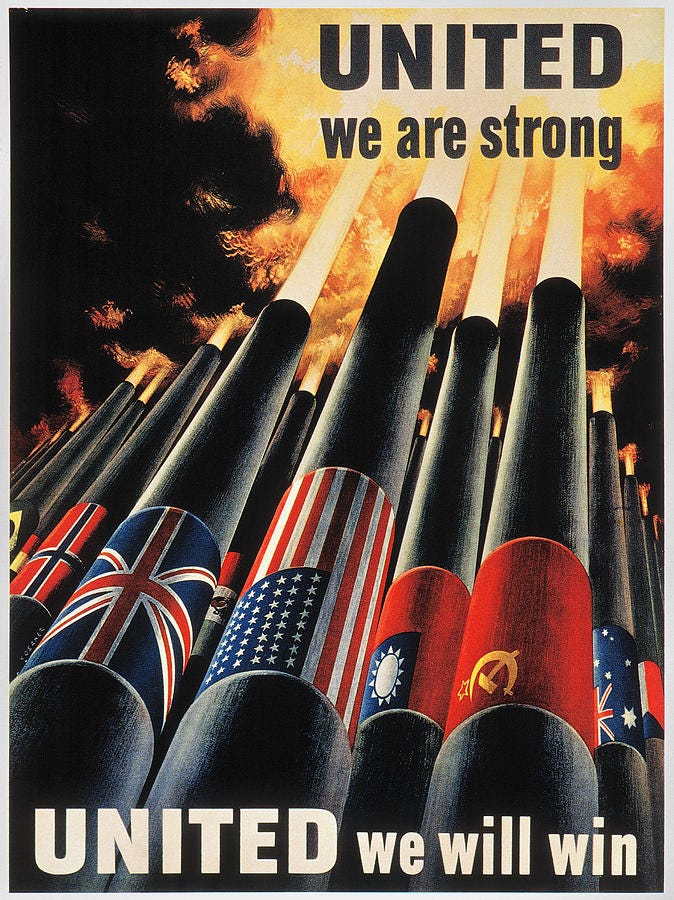
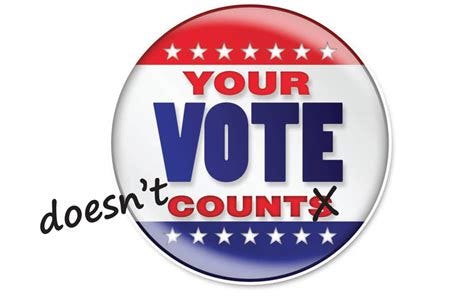
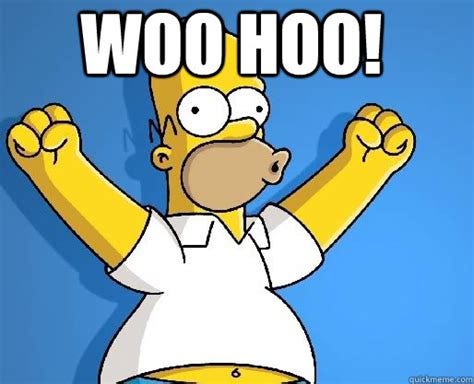

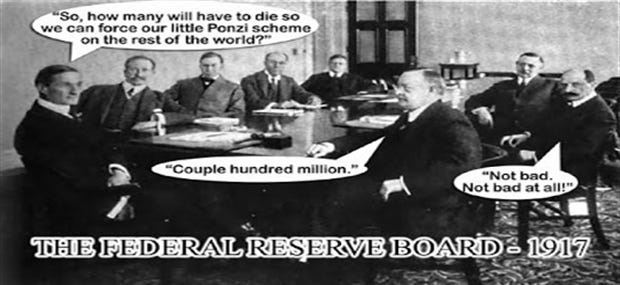
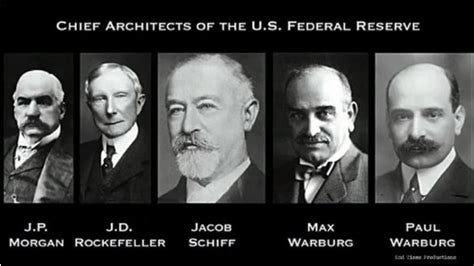
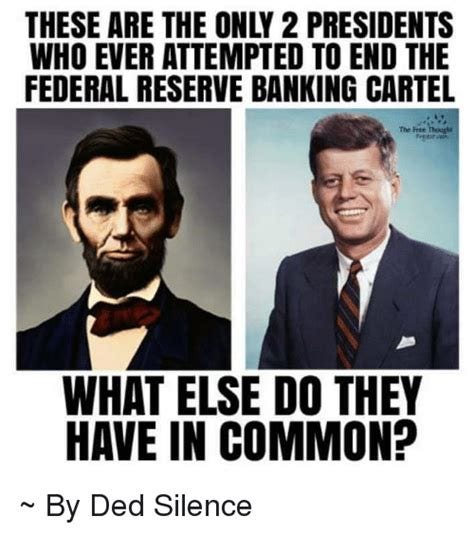
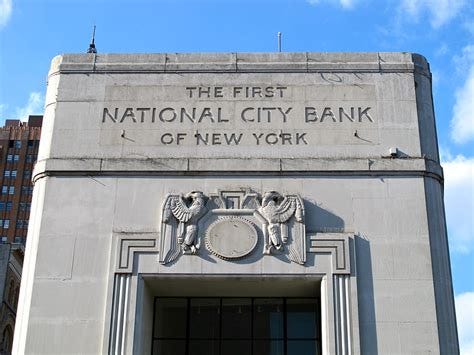
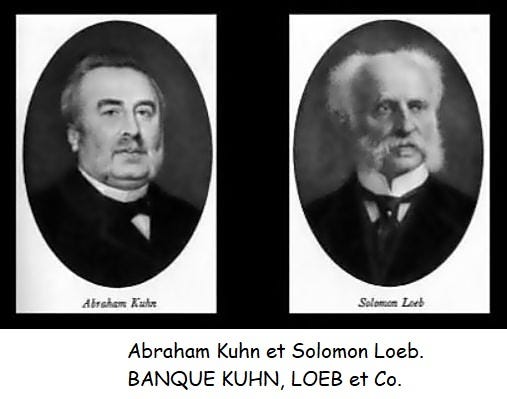




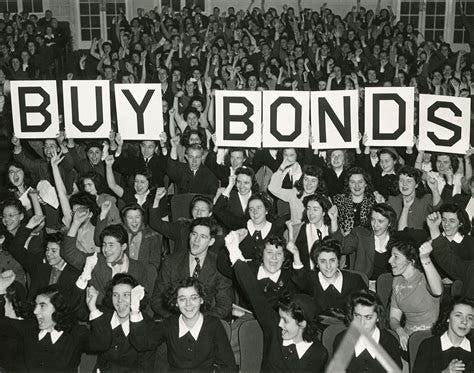
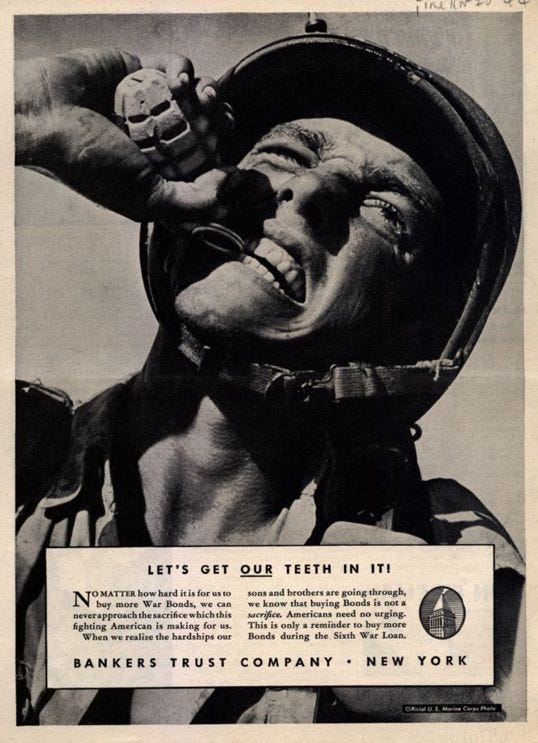
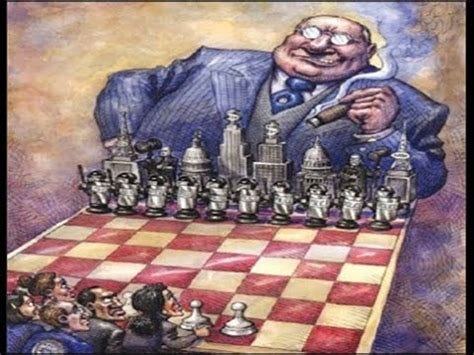
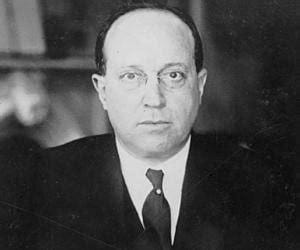




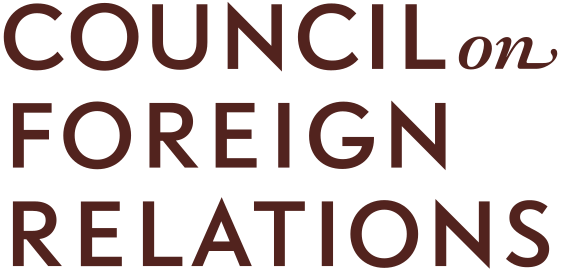

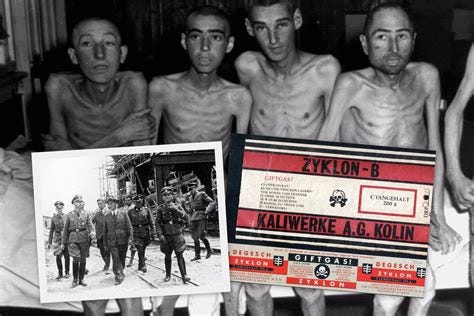
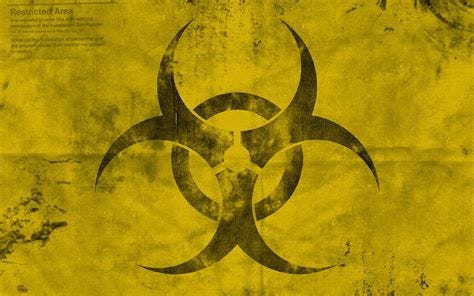


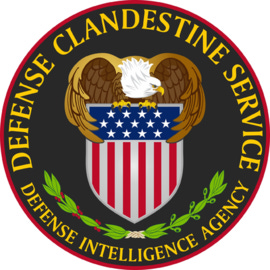
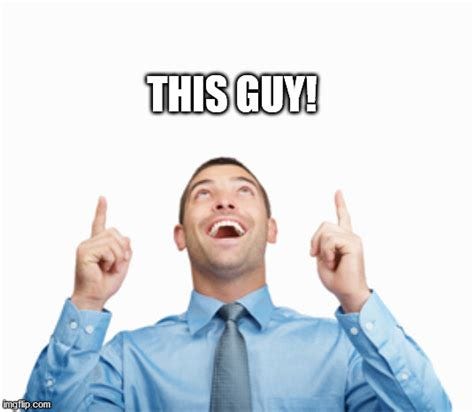

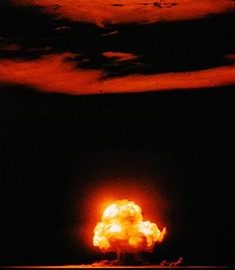
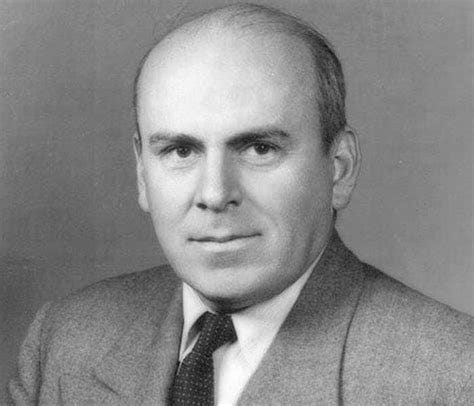
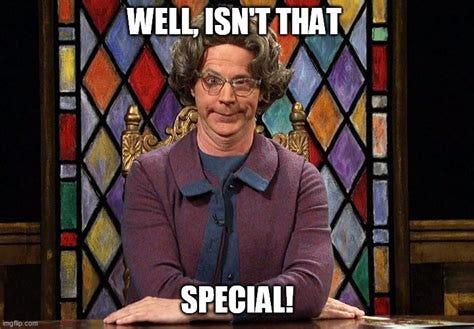

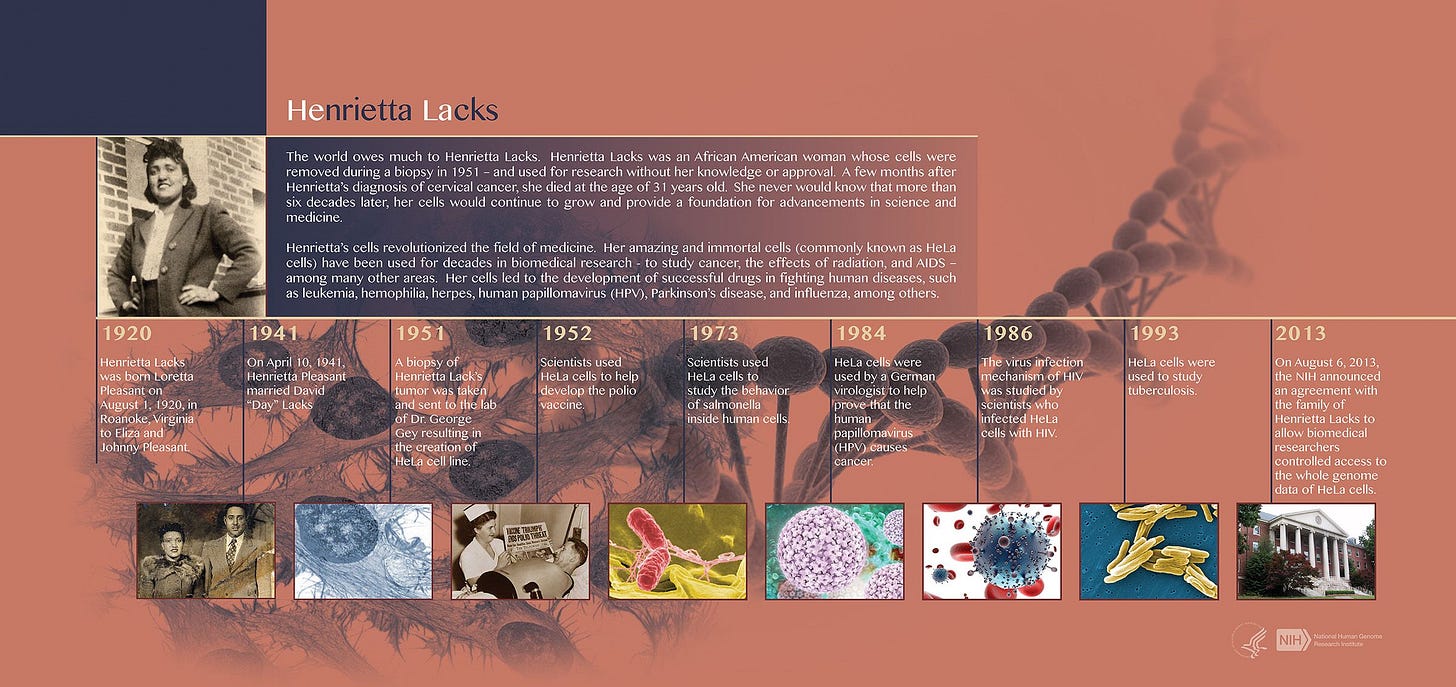
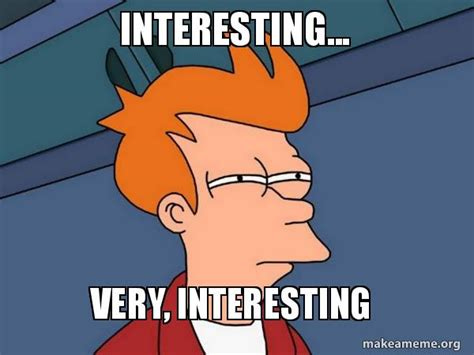
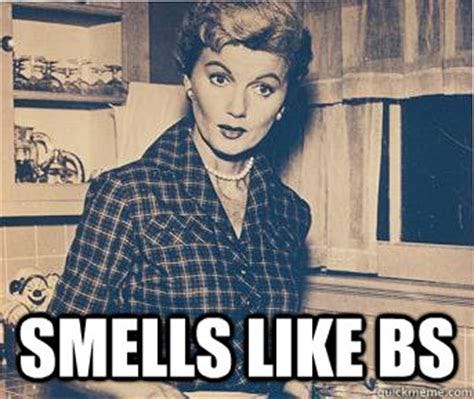
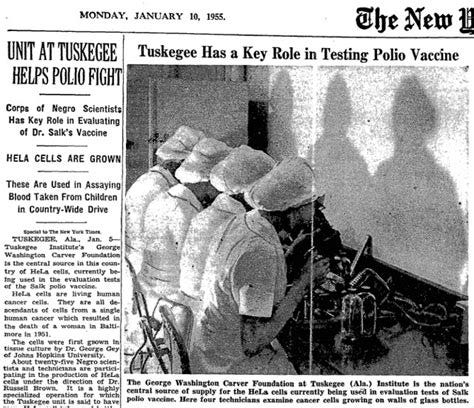
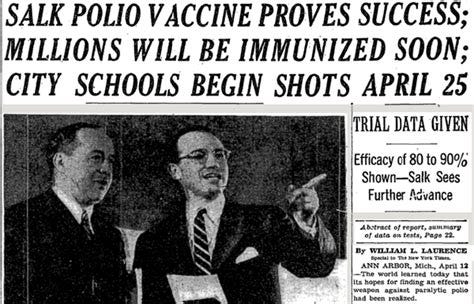
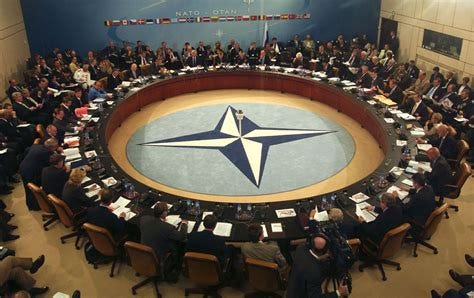
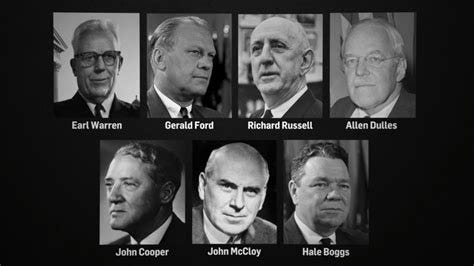
![UN Logo [United Nations] - PNG Logo Vector Brand Downloads (SVG, EPS) UN Logo [United Nations] - PNG Logo Vector Brand Downloads (SVG, EPS)](https://substackcdn.com/image/fetch/$s_!WOY2!,w_1456,c_limit,f_auto,q_auto:good,fl_progressive:steep/https%3A%2F%2Fsubstack-post-media.s3.amazonaws.com%2Fpublic%2Fimages%2F6d9f50b6-8abb-4e55-8559-22cb9afaed56_474x266.jpeg)
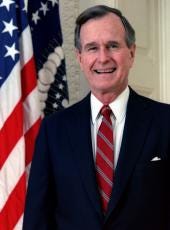
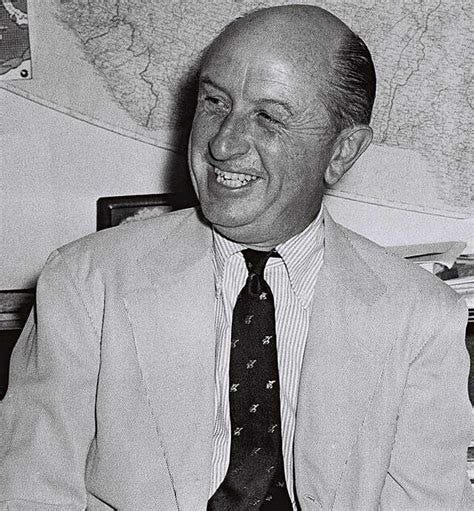


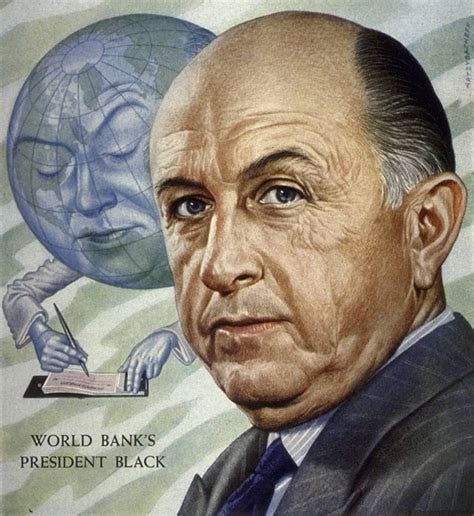

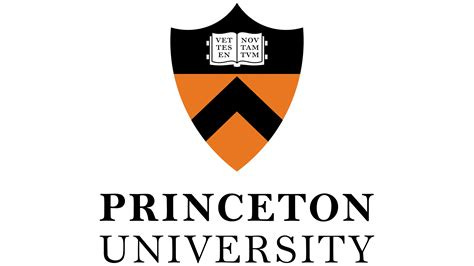
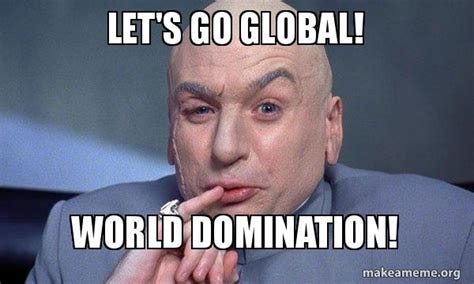
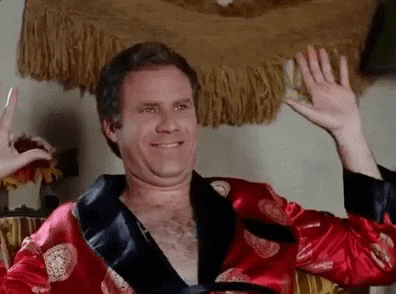



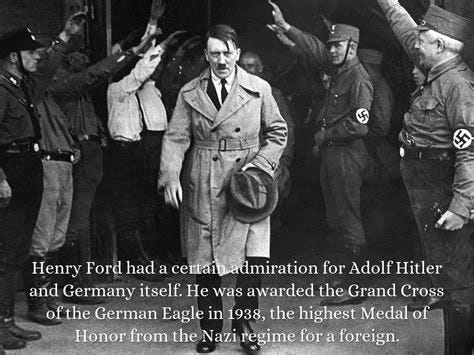
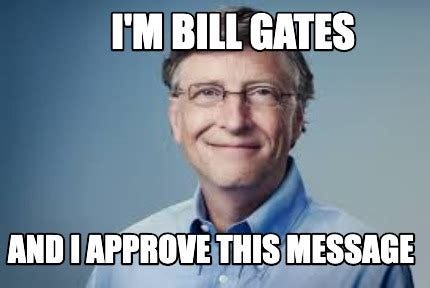
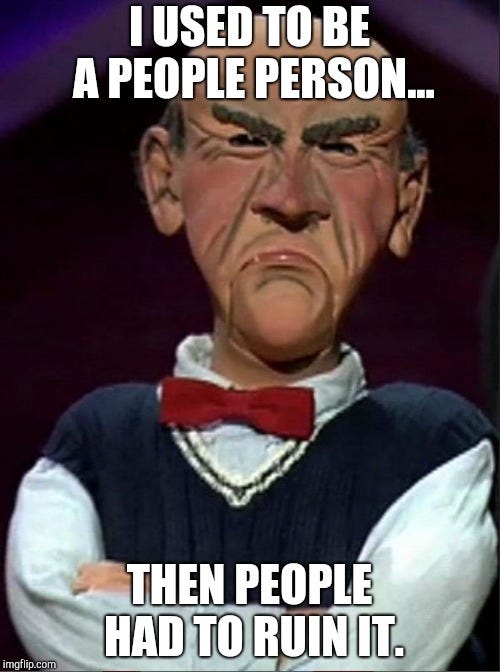


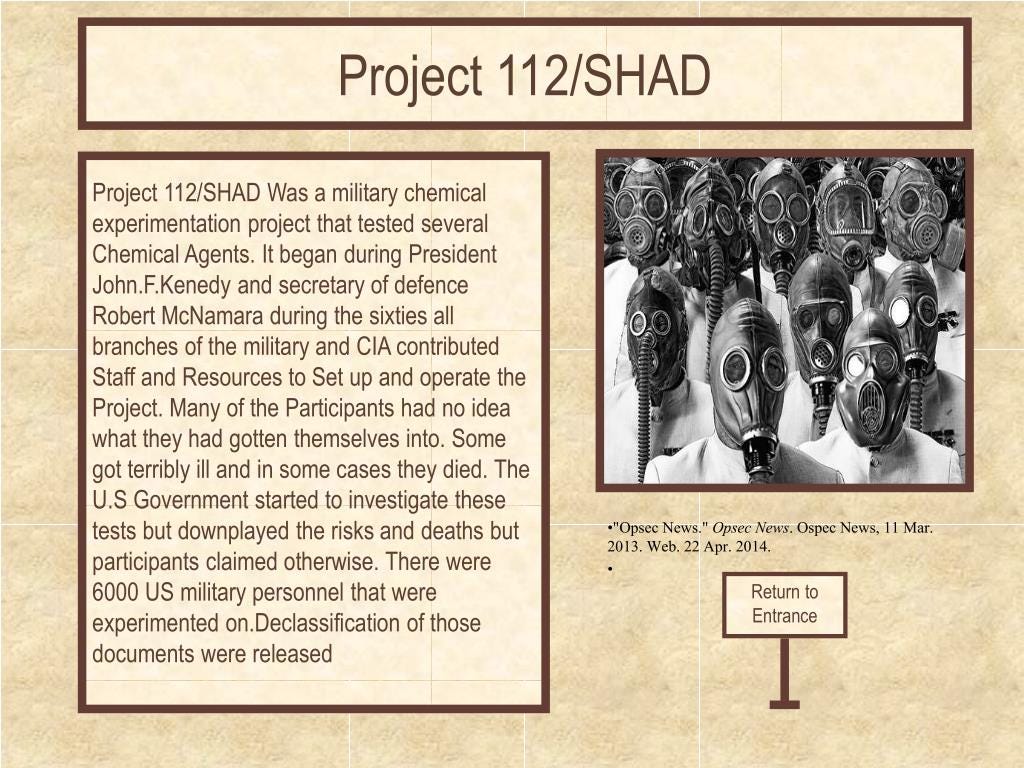

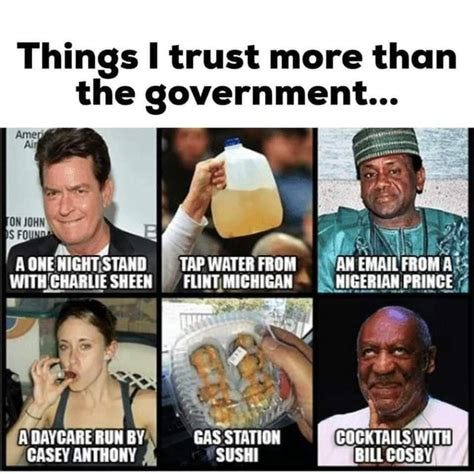
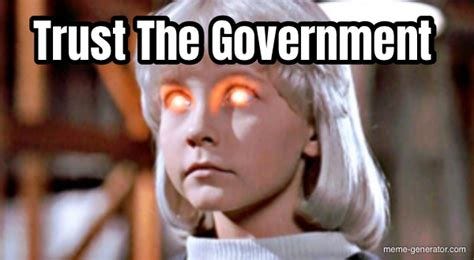




![Operation Ranch Hand ( 1962 - 1971) [to clear vegtation] - Primary ... Operation Ranch Hand ( 1962 - 1971) [to clear vegtation] - Primary ...](https://substackcdn.com/image/fetch/$s_!vfTN!,w_1456,c_limit,f_auto,q_auto:good,fl_progressive:steep/https%3A%2F%2Fsubstack-post-media.s3.amazonaws.com%2Fpublic%2Fimages%2F56490359-df78-47bc-8399-88bf06e89759_1800x952.jpeg)
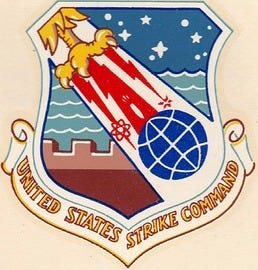


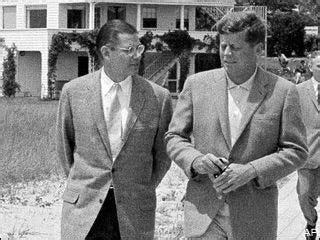
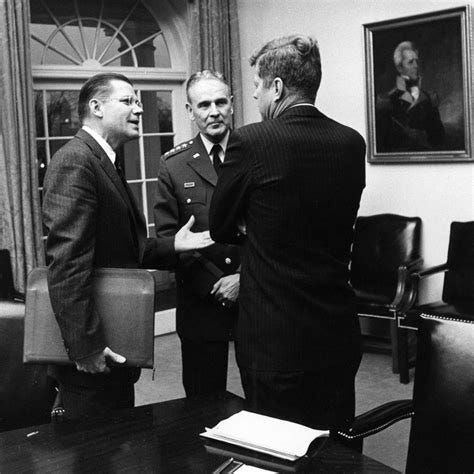
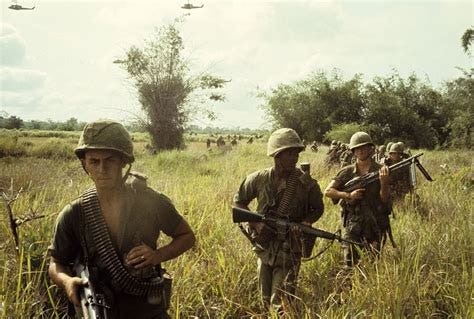
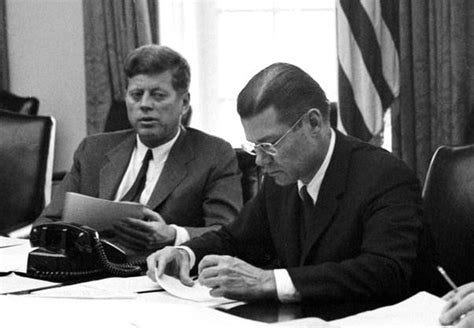

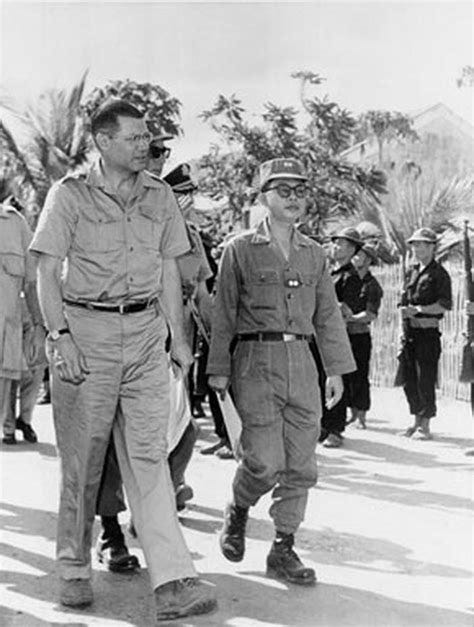
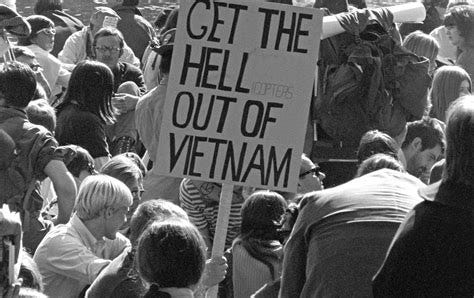
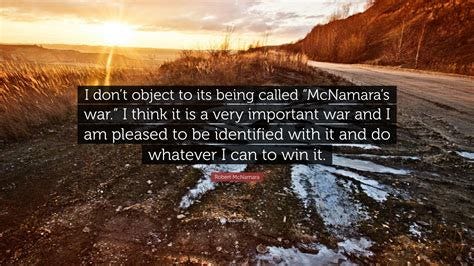



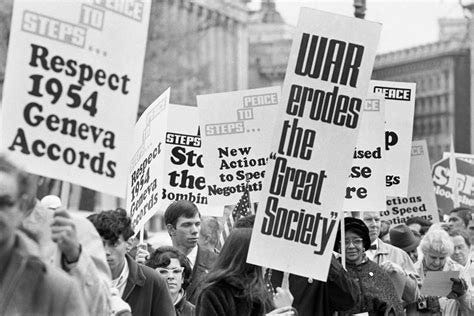
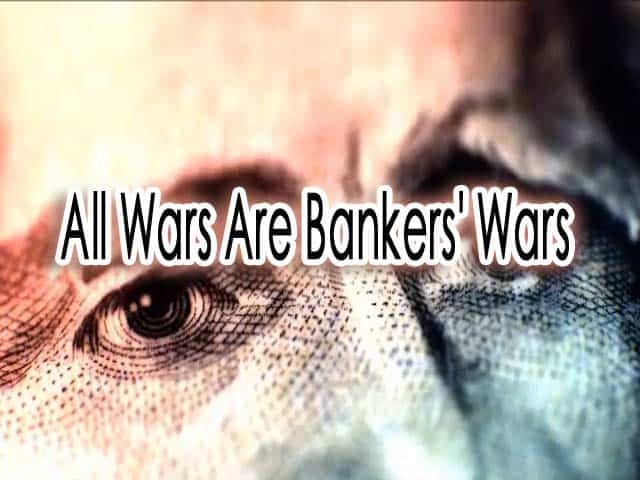
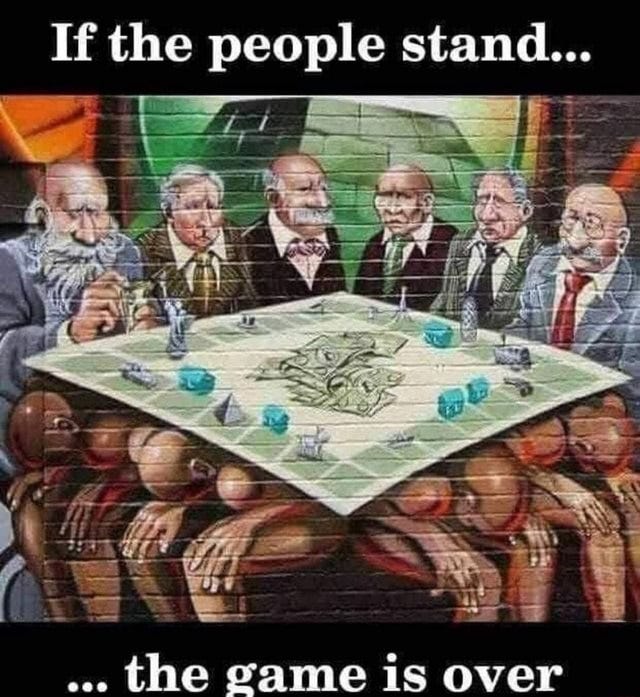

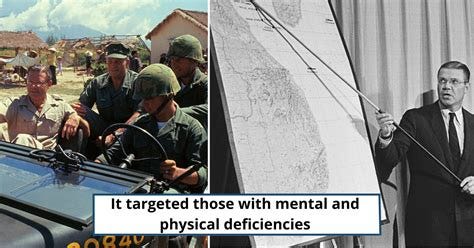


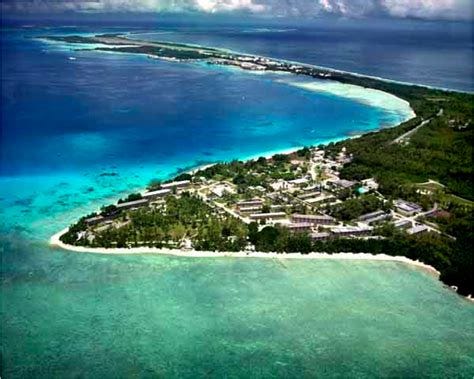



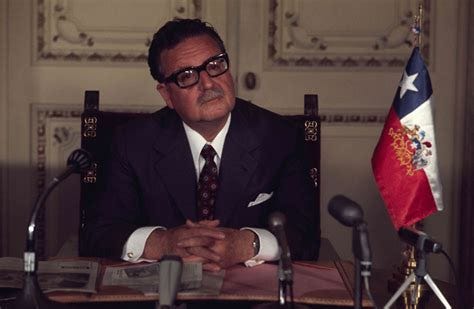





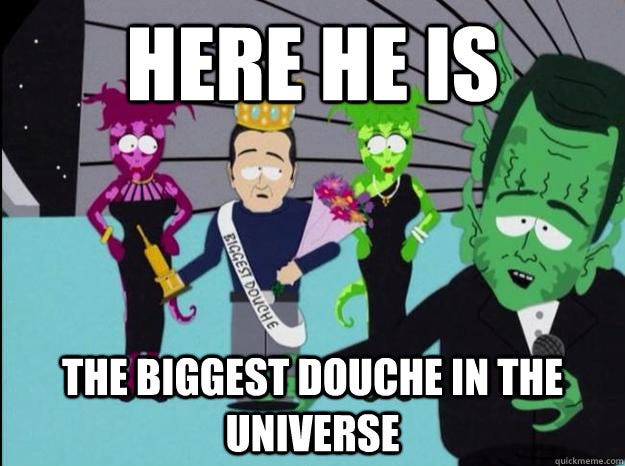

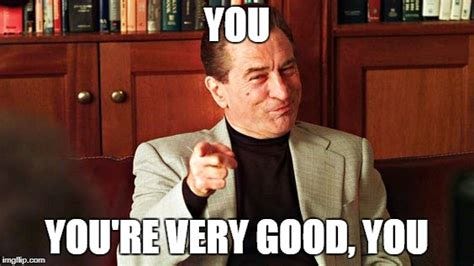


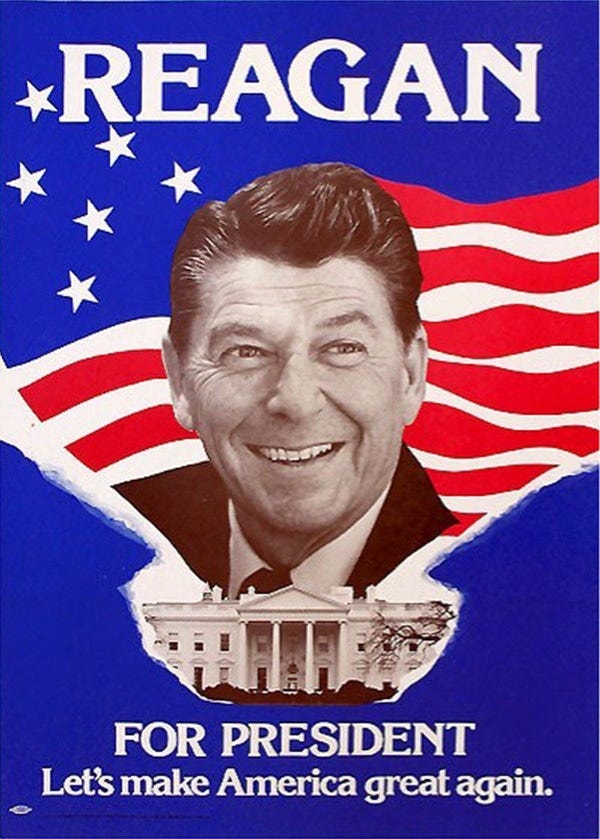
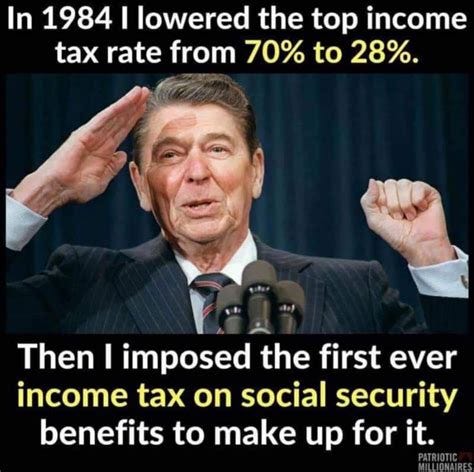
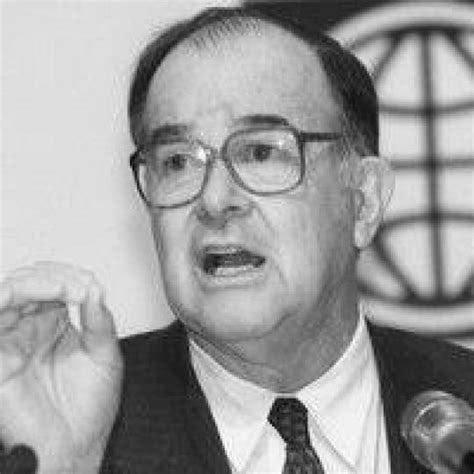
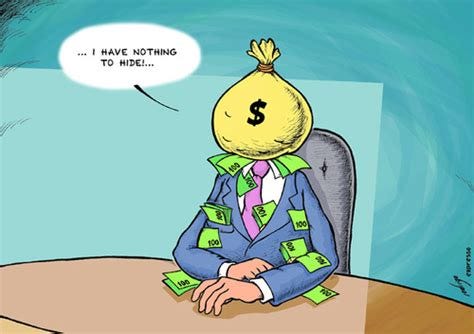
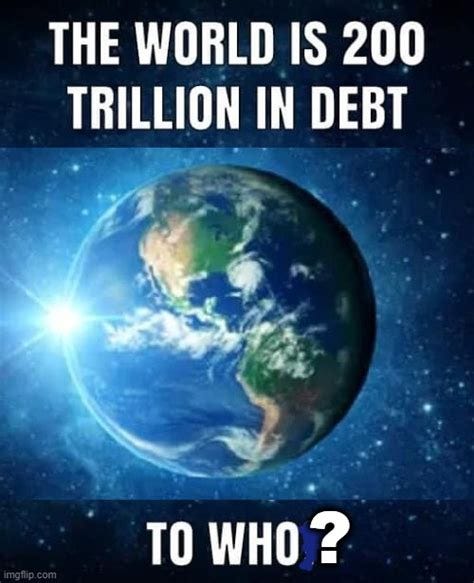
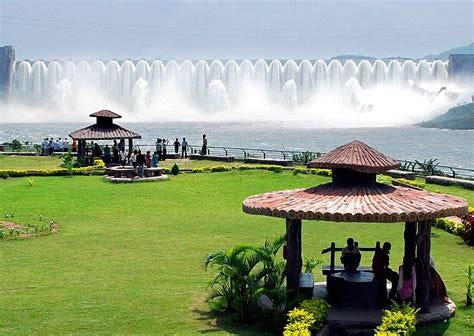
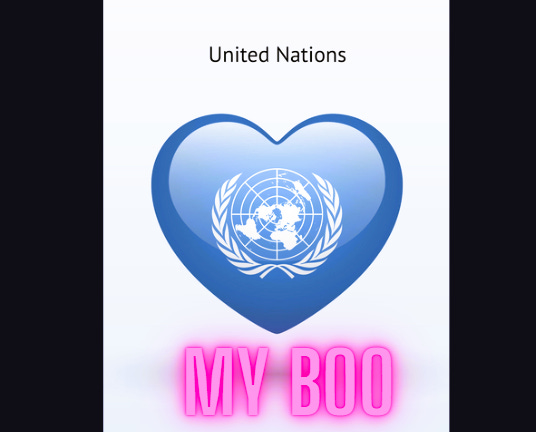
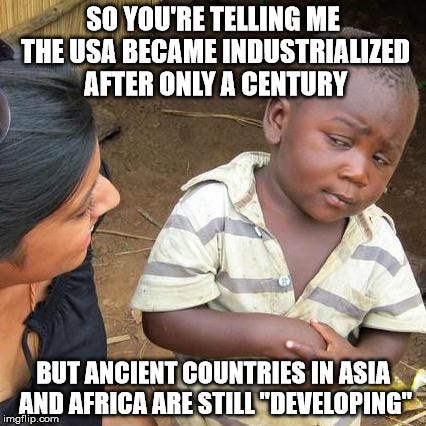
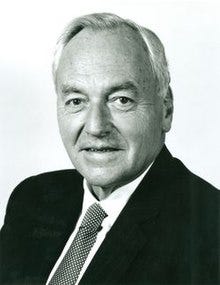
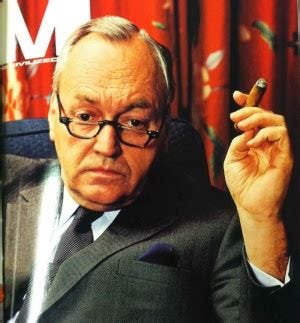
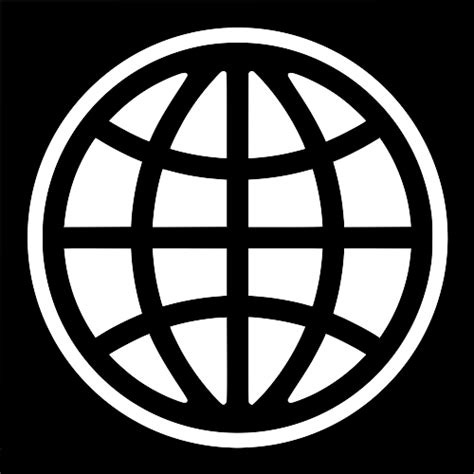

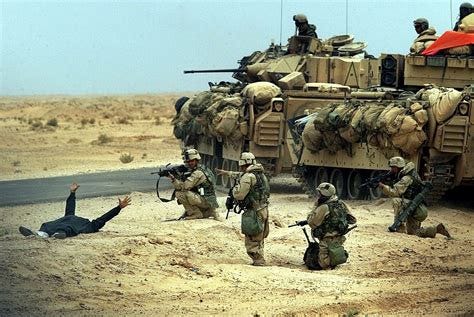
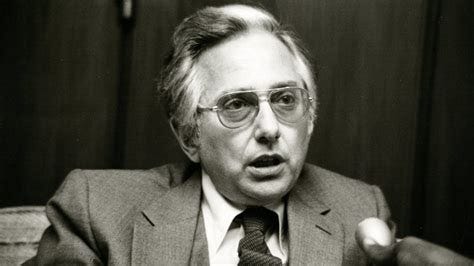
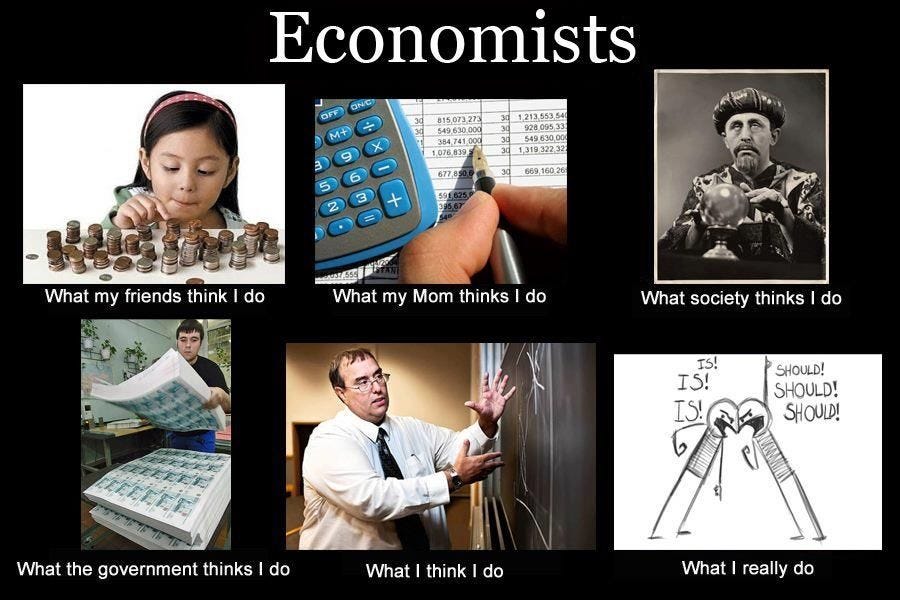
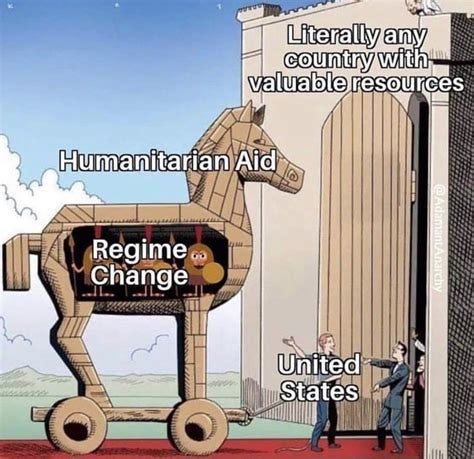
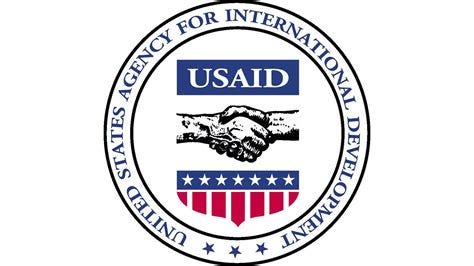
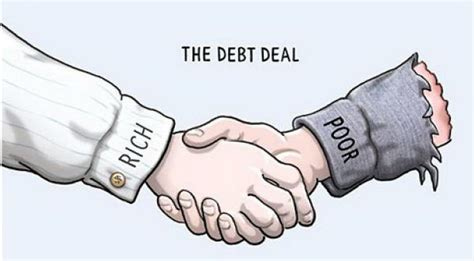



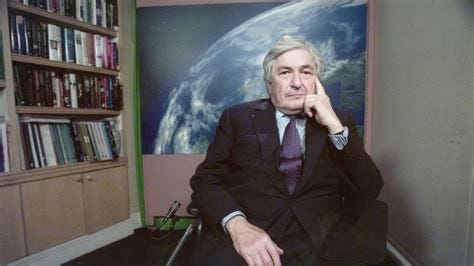
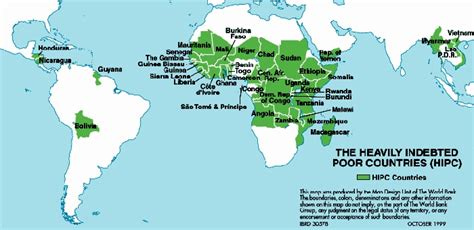

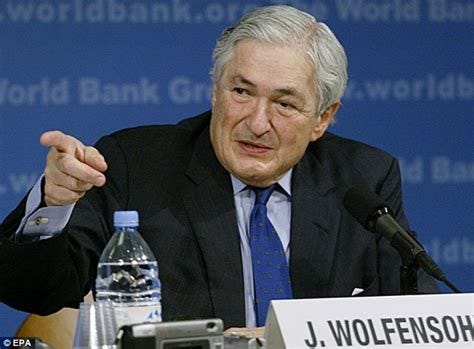



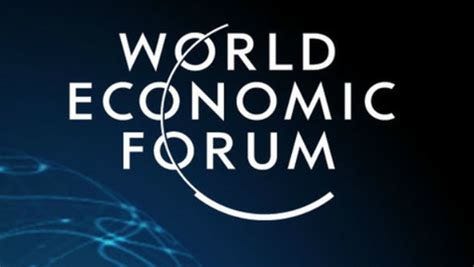

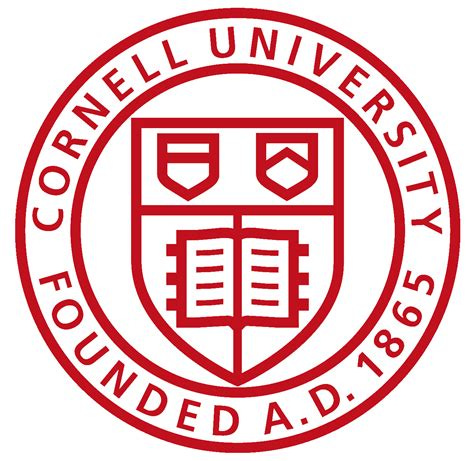


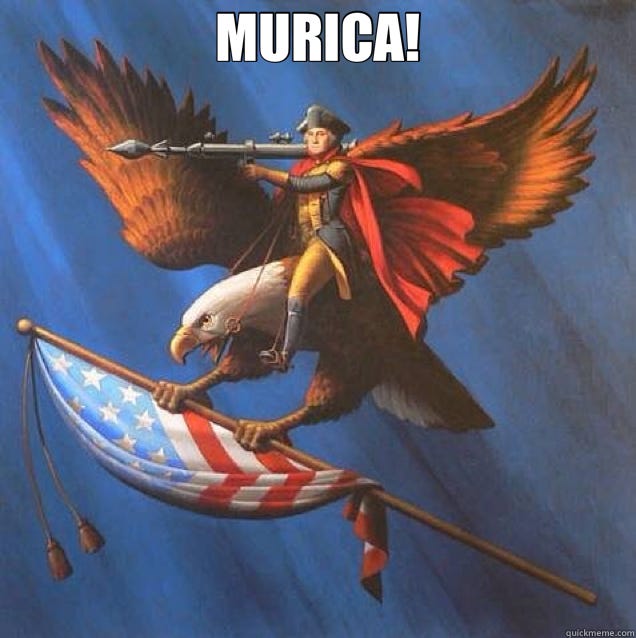


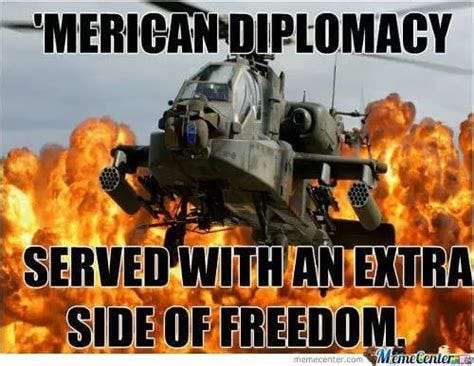
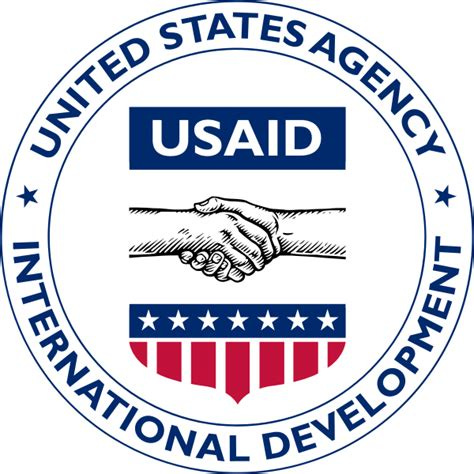
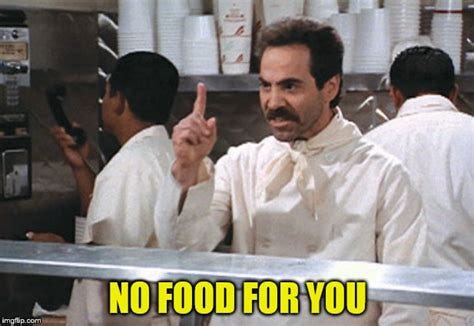



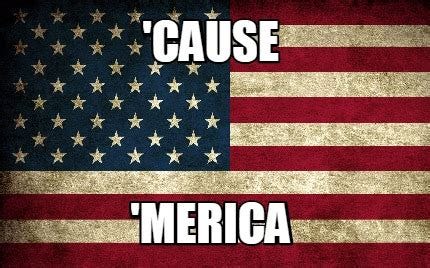
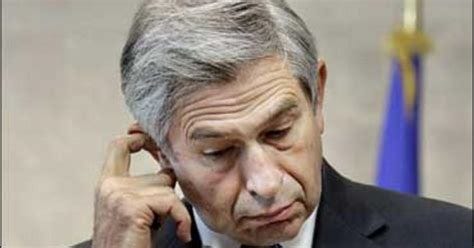
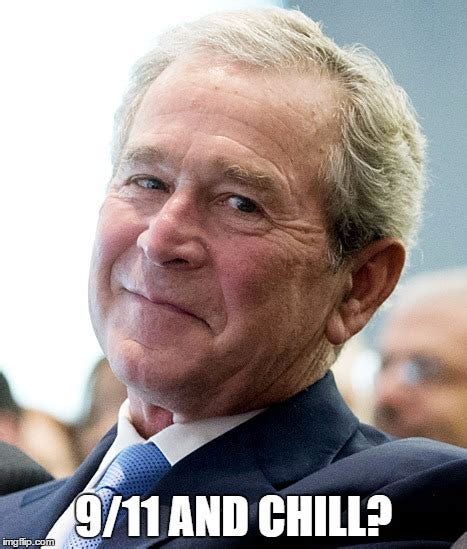
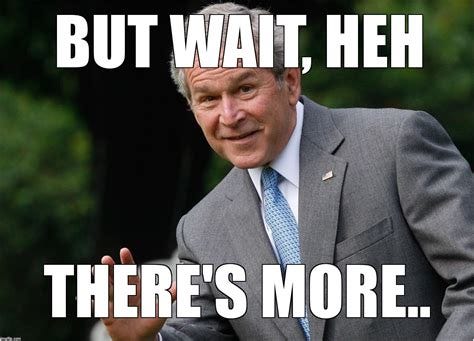

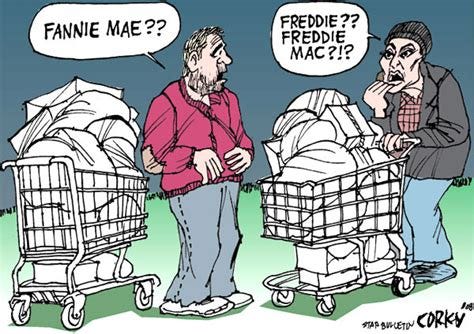

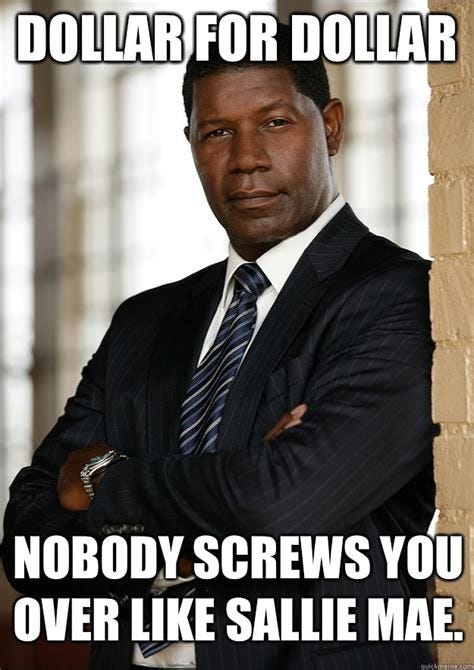


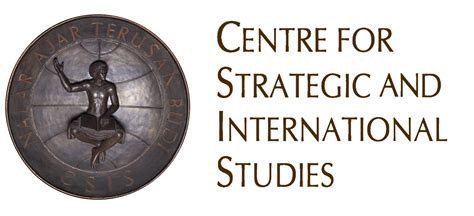
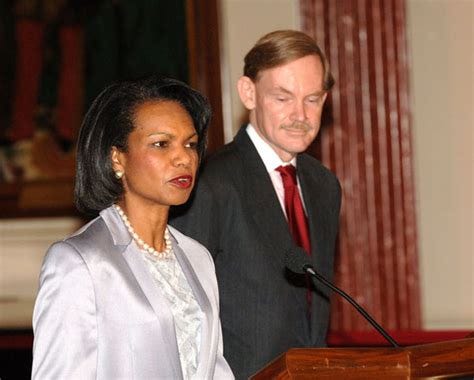
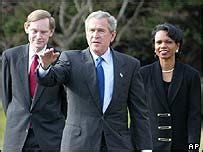
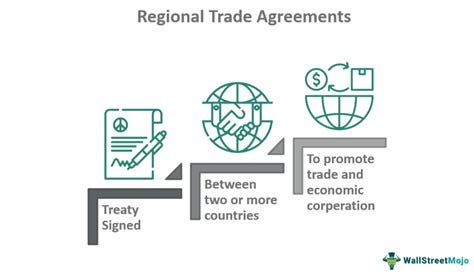
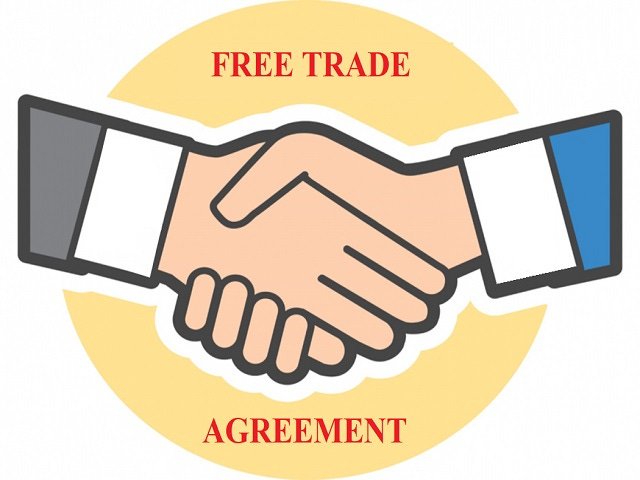

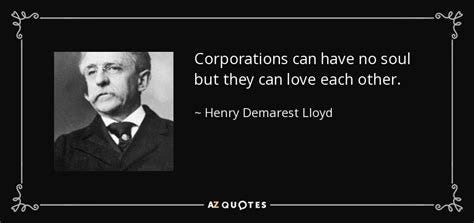
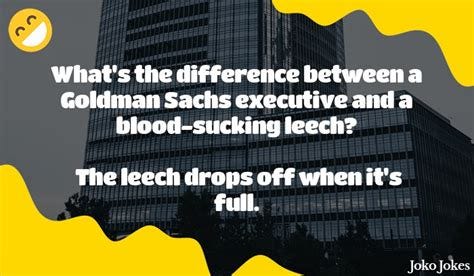
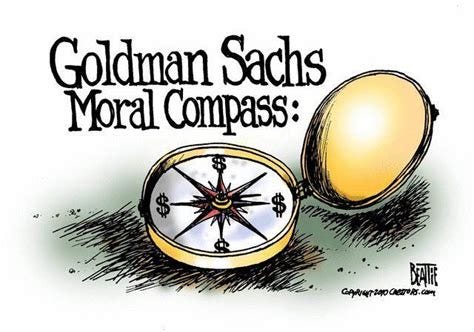


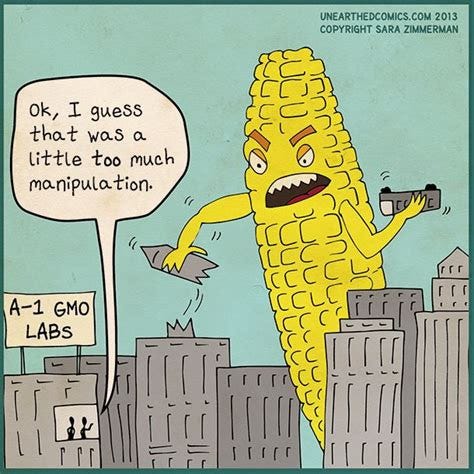
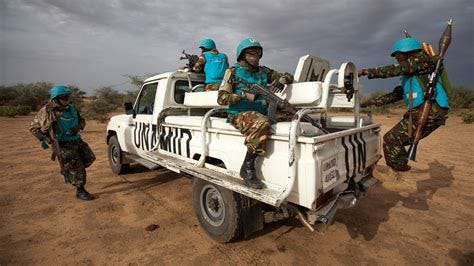
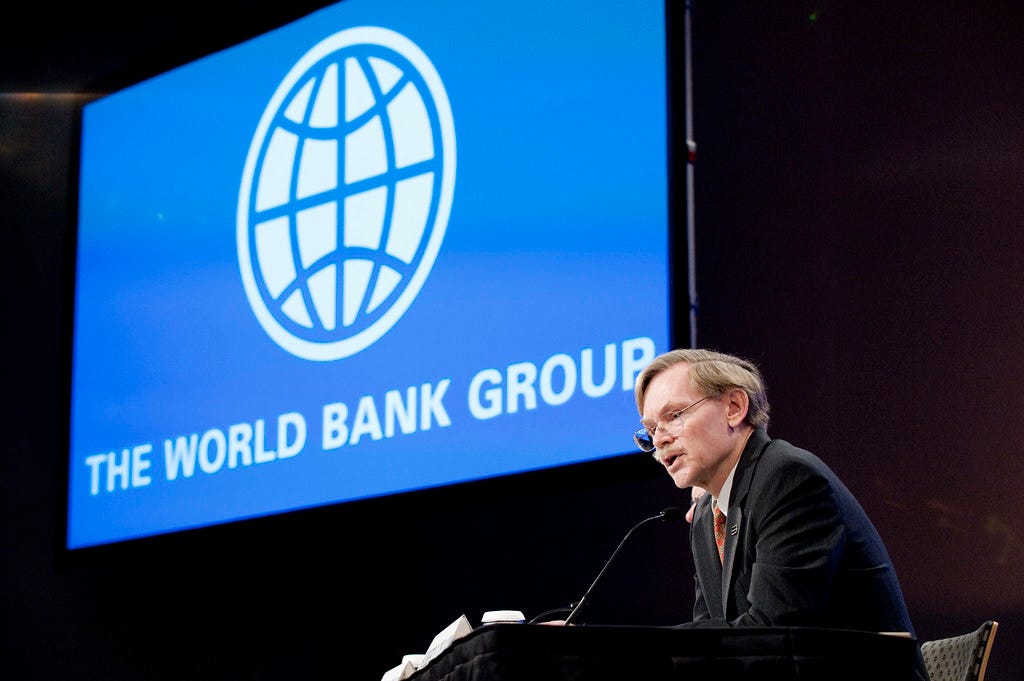

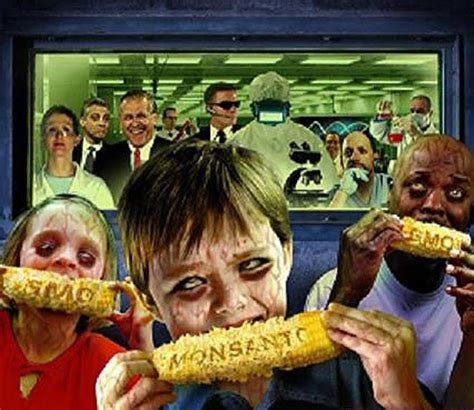

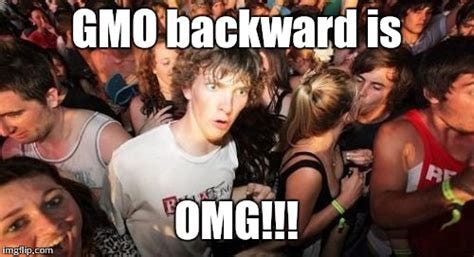



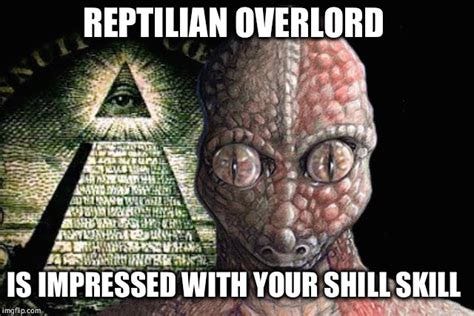
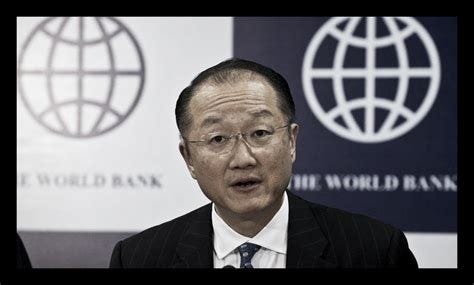


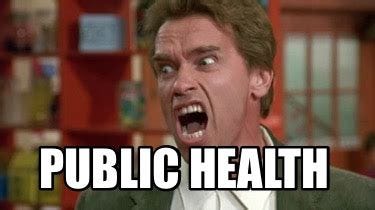

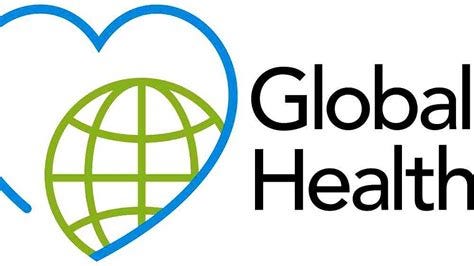
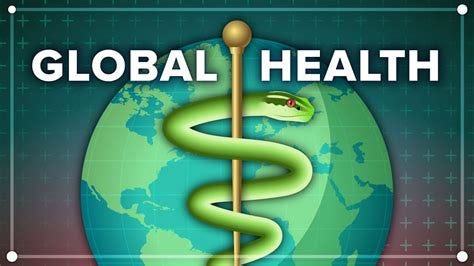
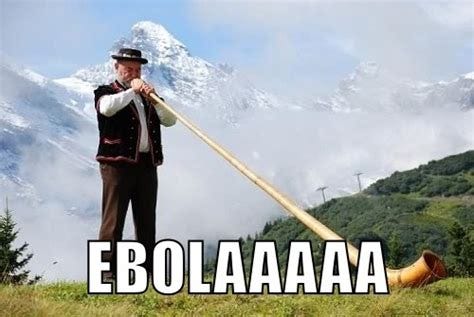



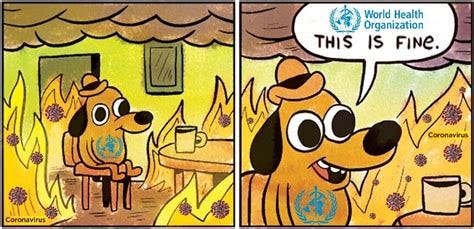
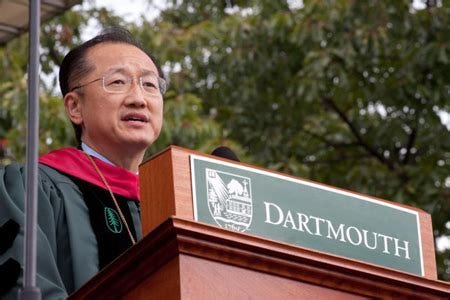

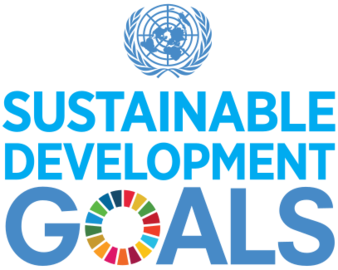
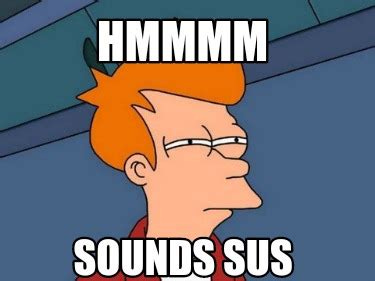
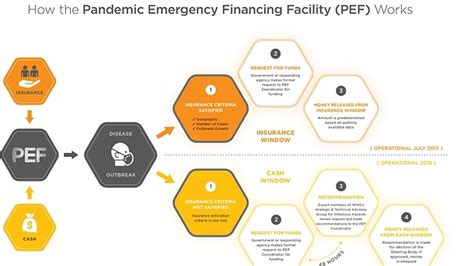


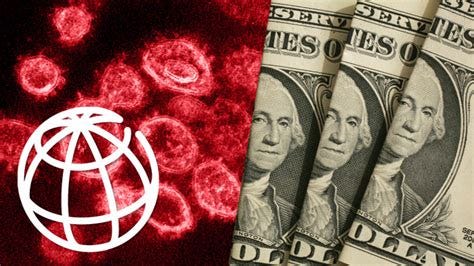

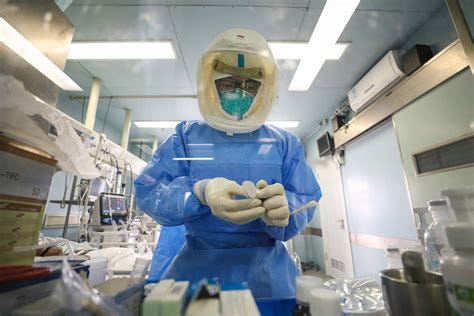
![Global economic impact of coronavirus in numbers [Infographic] Global economic impact of coronavirus in numbers [Infographic]](https://substackcdn.com/image/fetch/$s_!4Pgv!,w_1456,c_limit,f_auto,q_auto:good,fl_progressive:steep/https%3A%2F%2Fsubstack-post-media.s3.amazonaws.com%2Fpublic%2Fimages%2F2f08b480-ca9e-41ea-8202-95067c743140_474x237.jpeg)



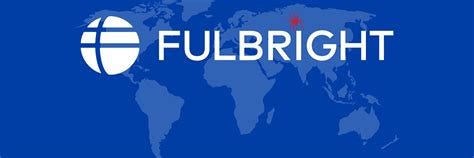
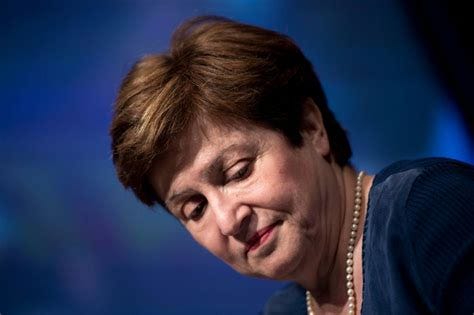


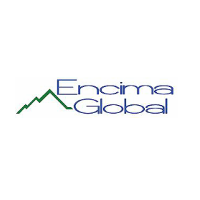

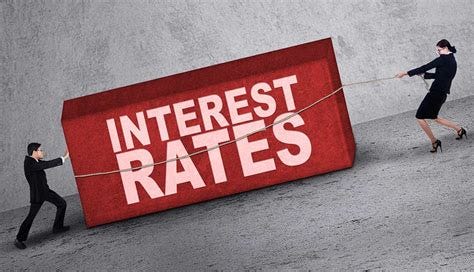
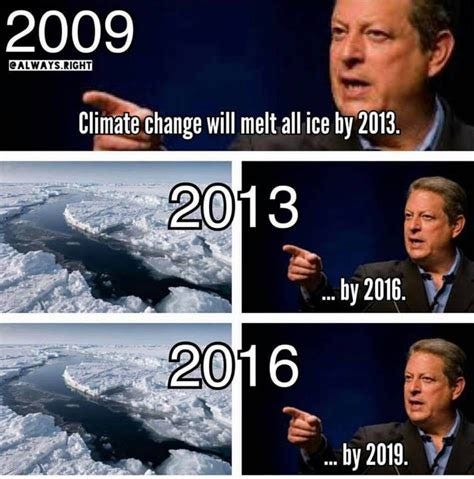
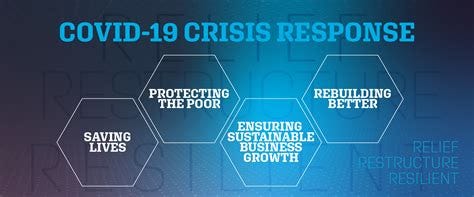




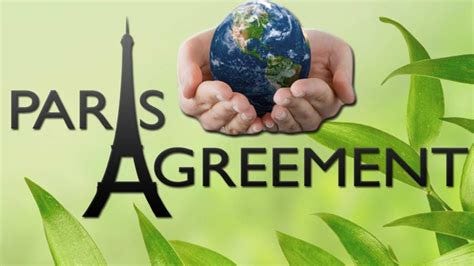
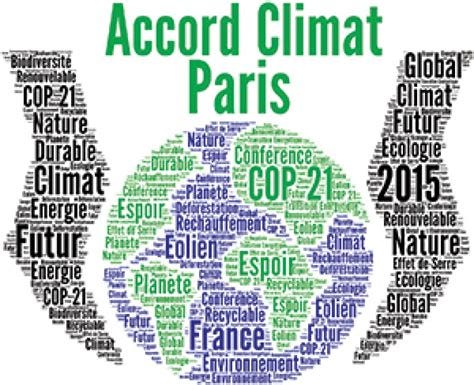
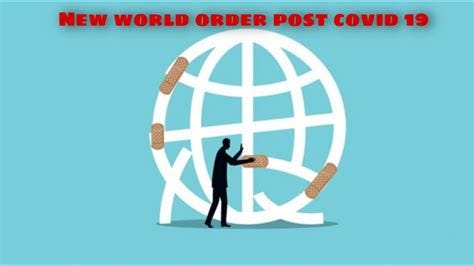


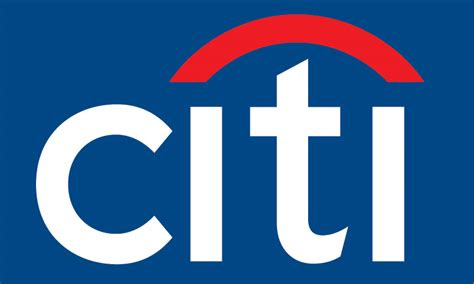
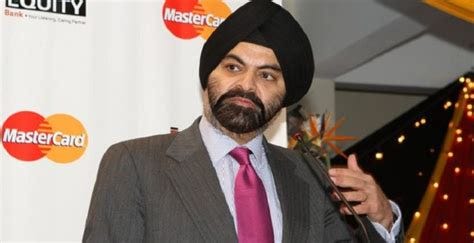
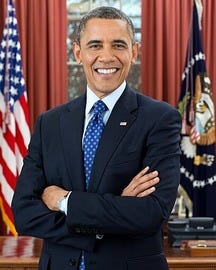
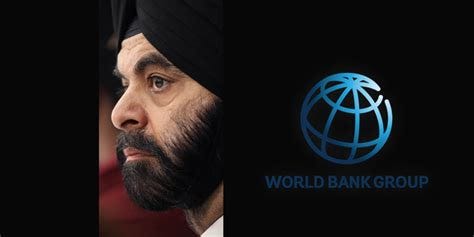
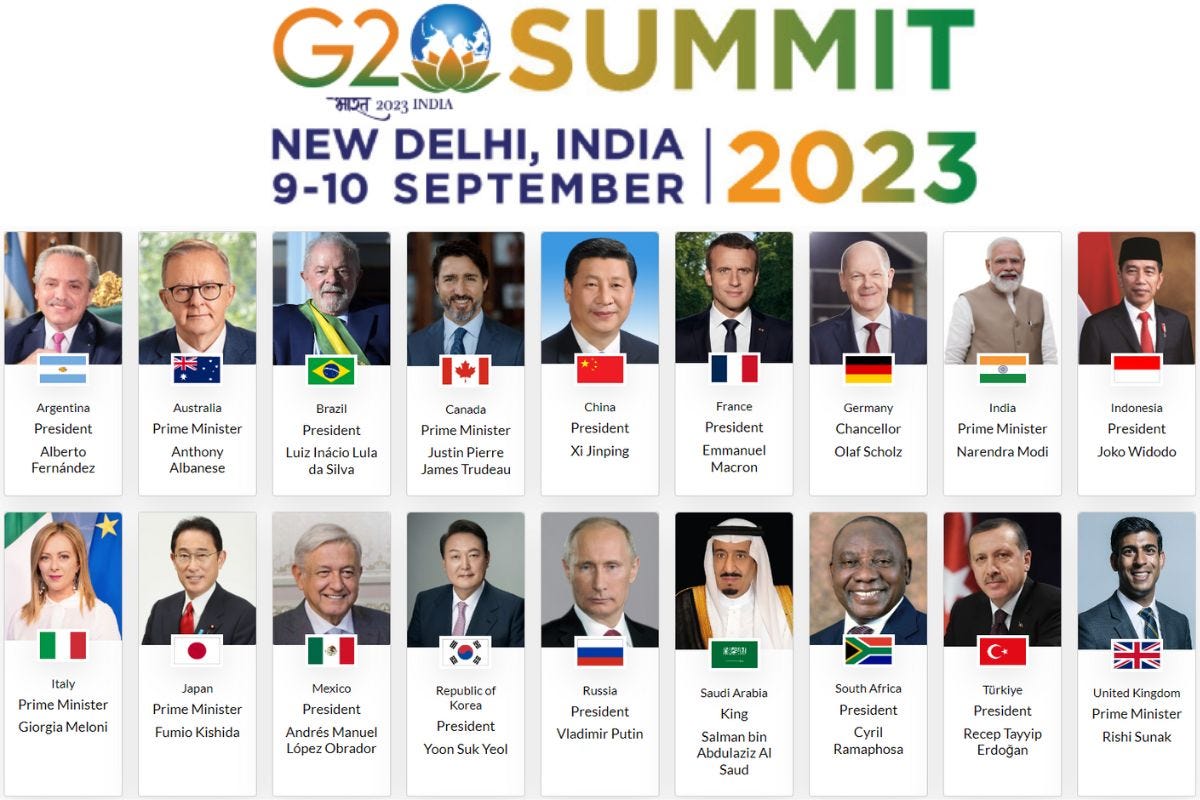
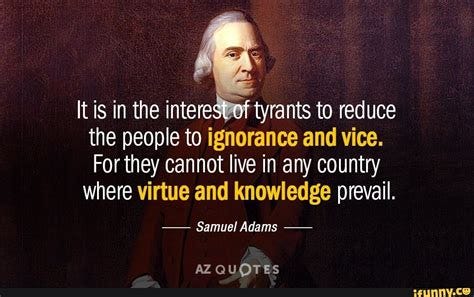
Paul McGuire is an internationally recognized prophecy expert and pundit, minister, speaker, author of 38 books said “The Marxist and communist revolutionaries are totally financed by the super capitalist
class. They’re totally financed by the globalist elite. They’re totally bankrolled by the wealthiest and richest international banking families in the world. McGuire also said this is a way of seizing all the money, assets, labor and property and disguising it as a communist revolution, which in reality is really a bloodthirsty heist by the globalists (monarchies, bankers and billionaires) using their Marxist and communist armies to steal all the wealth of the middle class and working class of every nation in the world. Add NATO to that list.[my add]
“The wealthiest families in the world like the Rockefellers and the Rothschilds have been
bankrolling communism and Marxism since the beginning and they are ruthless,” McGuire
said. He pointed out that all the communist revolutions and Marxist revolutions have been
financed by the super-wealthy capitalists for the purpose of increasing their wealth and power further.
The world is run by Narcissists International (monarchies, bankers and billionaires) . Headquarters of the servants are the UN.